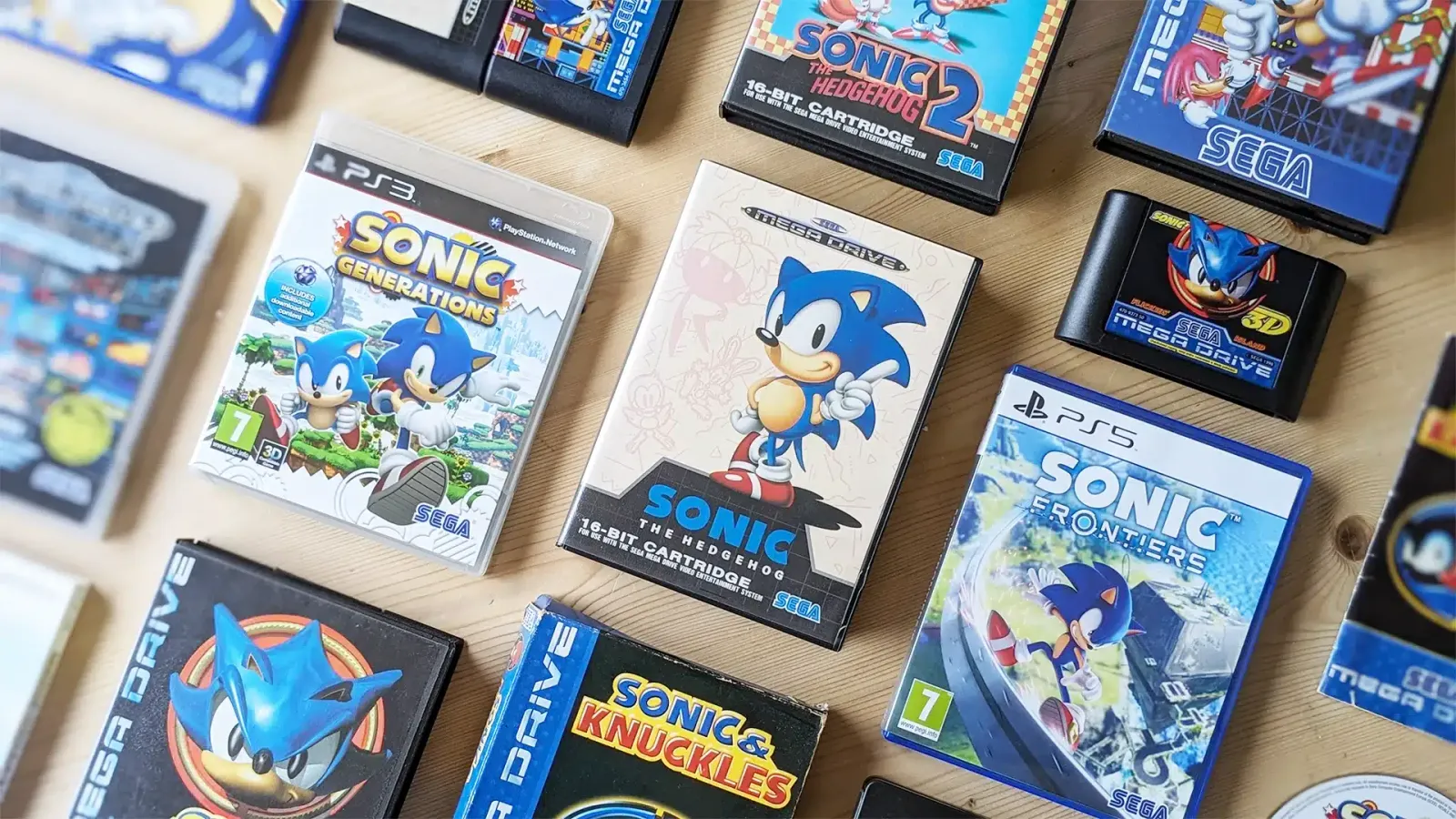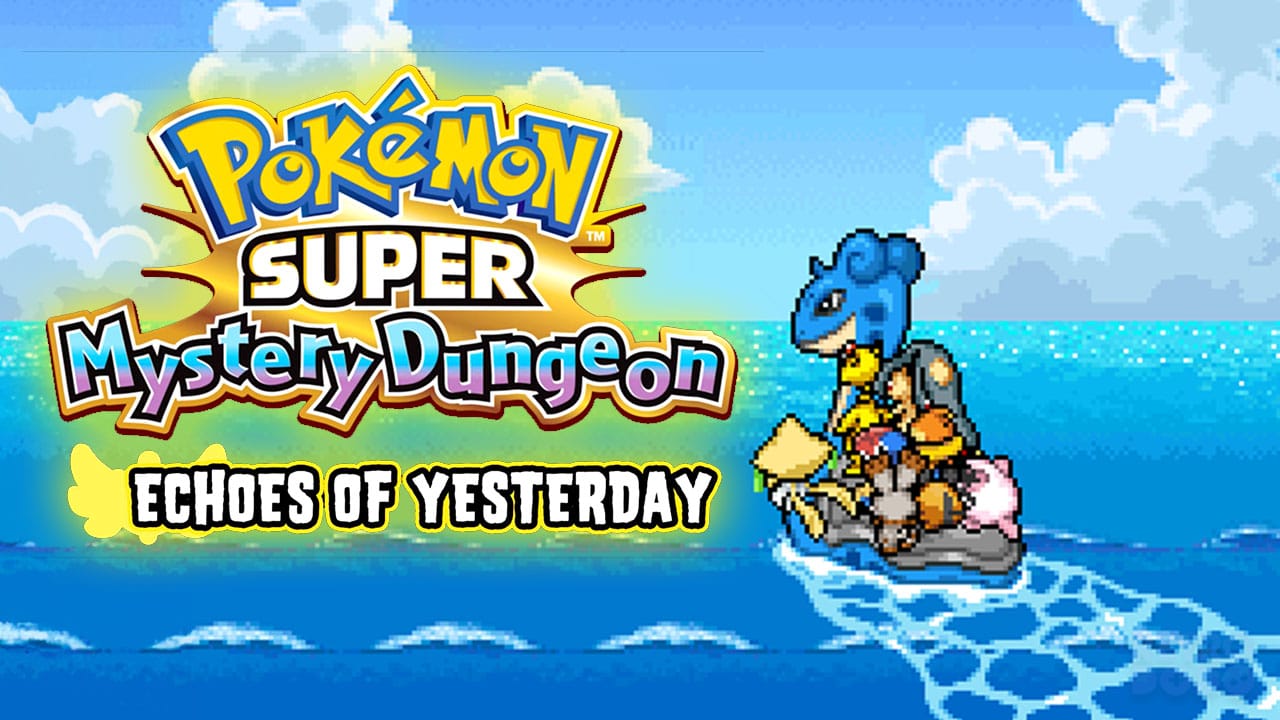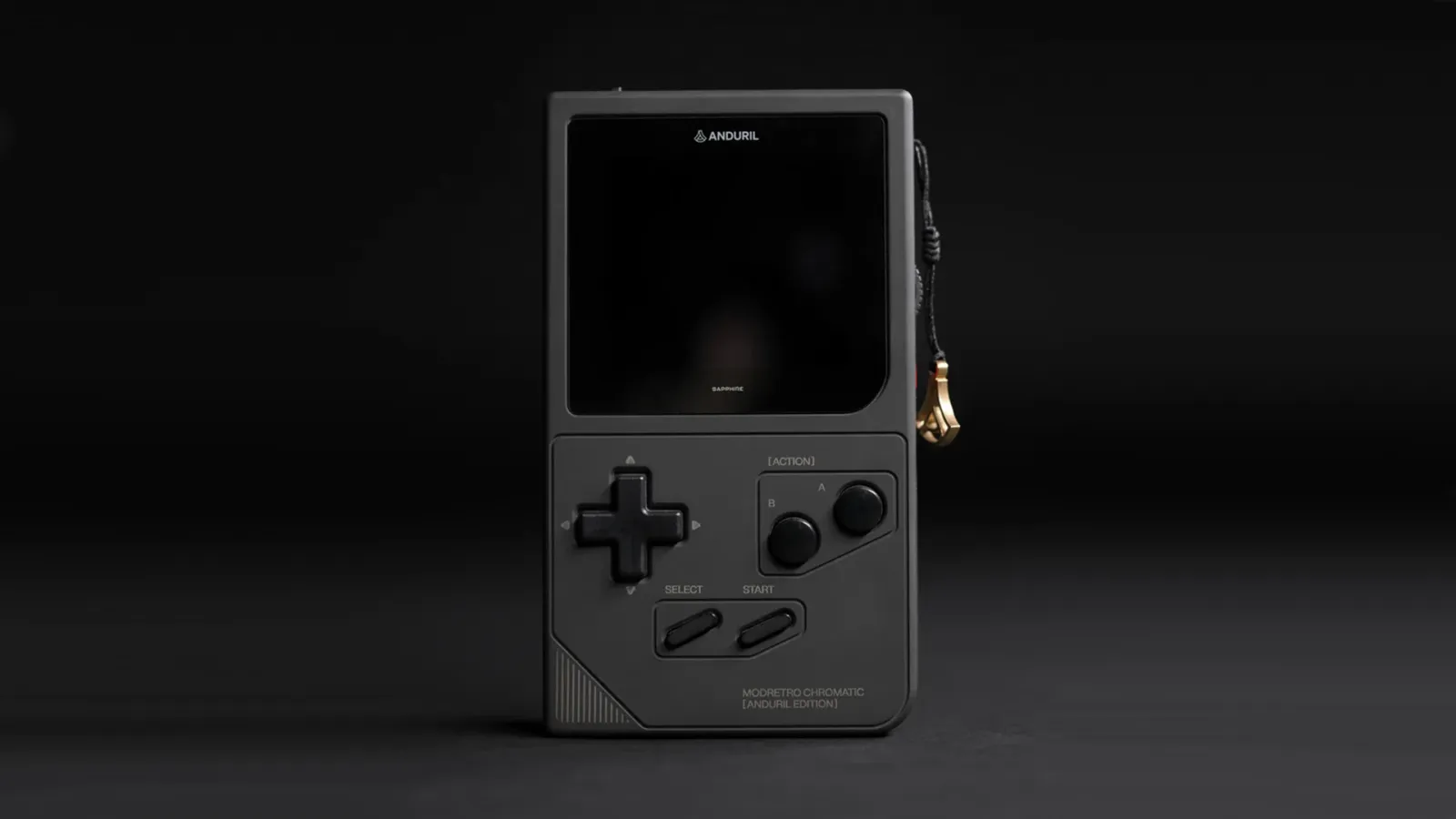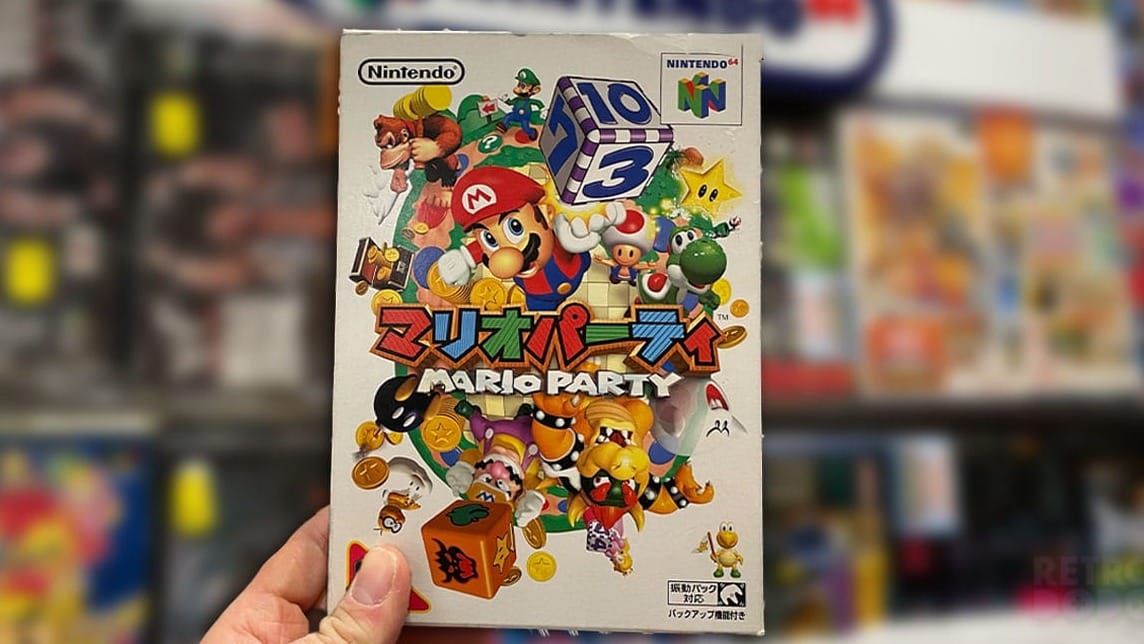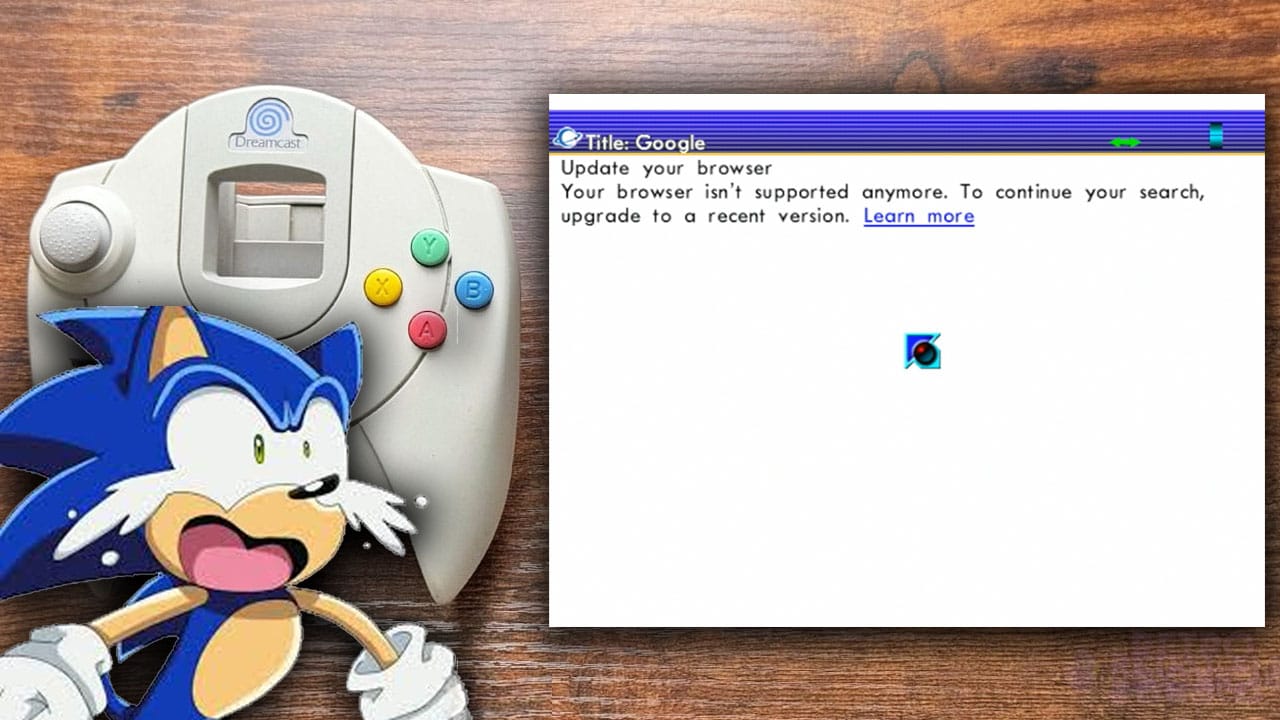2024 is shaping up to be a hell of a year for Sonic The Hedgehog so what better time to rank every mainline title from the best Sonic games to the worst.
The Blue Blur has appeared in over one hundred games since his debut in 1999 but for this feature, we’re just looking at the thirty-six mainline Sonic titles.
That means a strict focus on games where Sonic is rollin’ around at the speed of sound with the hedgehog’s extra curricular activities destined for a future list. You won’t find Sonic driving any race cars or participating in the Olympic Games here.
Sonic is one of the most beloved and famous gaming characters ever and has a legion of passionate fans worldwide. His games haven’t always delighted critics but despite his many ups and downs, Sonic remains a icon of the industry that also adorns countless pieces of merchandise, inspires fantastic musical creations, and has even broken into Hollywood.
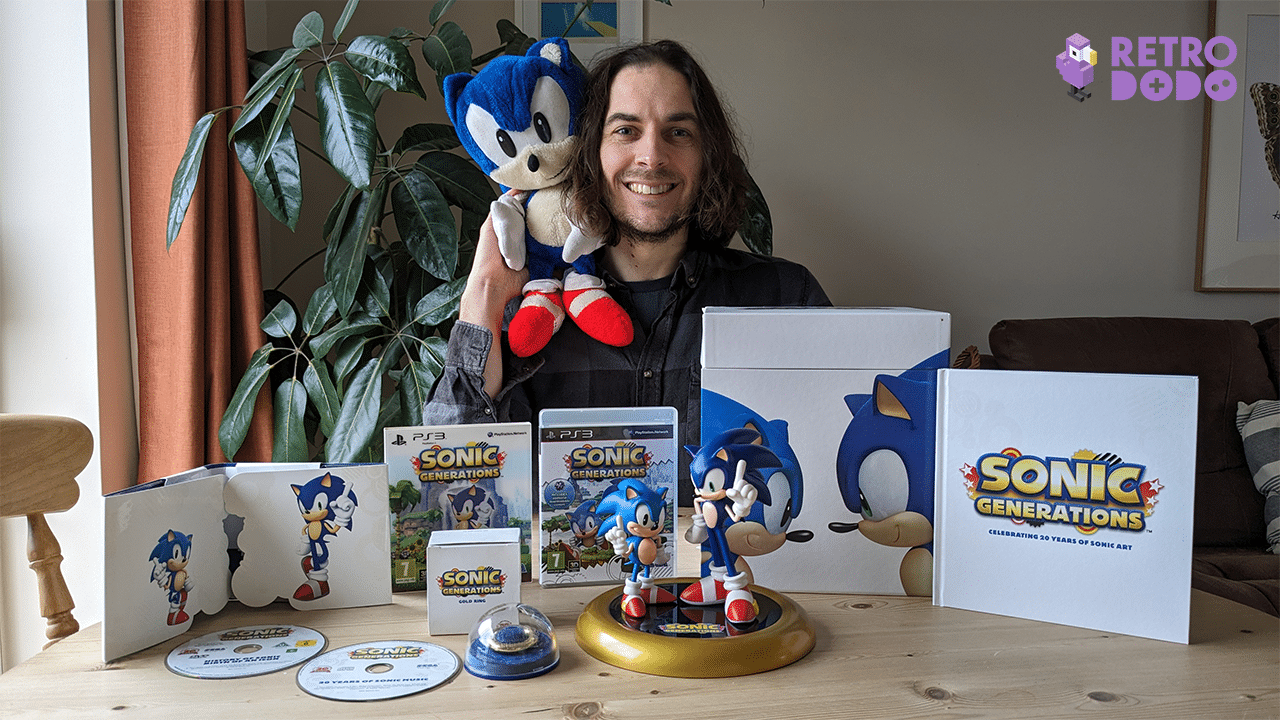
As the biggest Sonic fan among the Retro Dodo team it was only fitting for me to compile this list. I was zipping through Green Hill Zone on the Sega Mega Drive when I was five years old and I’ve stuck with the little blue guy through ever since.
This ranking does include a few stinkers, naturally, but it’s still a celebration of one of the greatest gaming series ever conceived.
It’s time to lace up your running shoes, down a chili dog and spin dash into our list of the best Sonic games.
1. Sonic Mania Plus (2018)
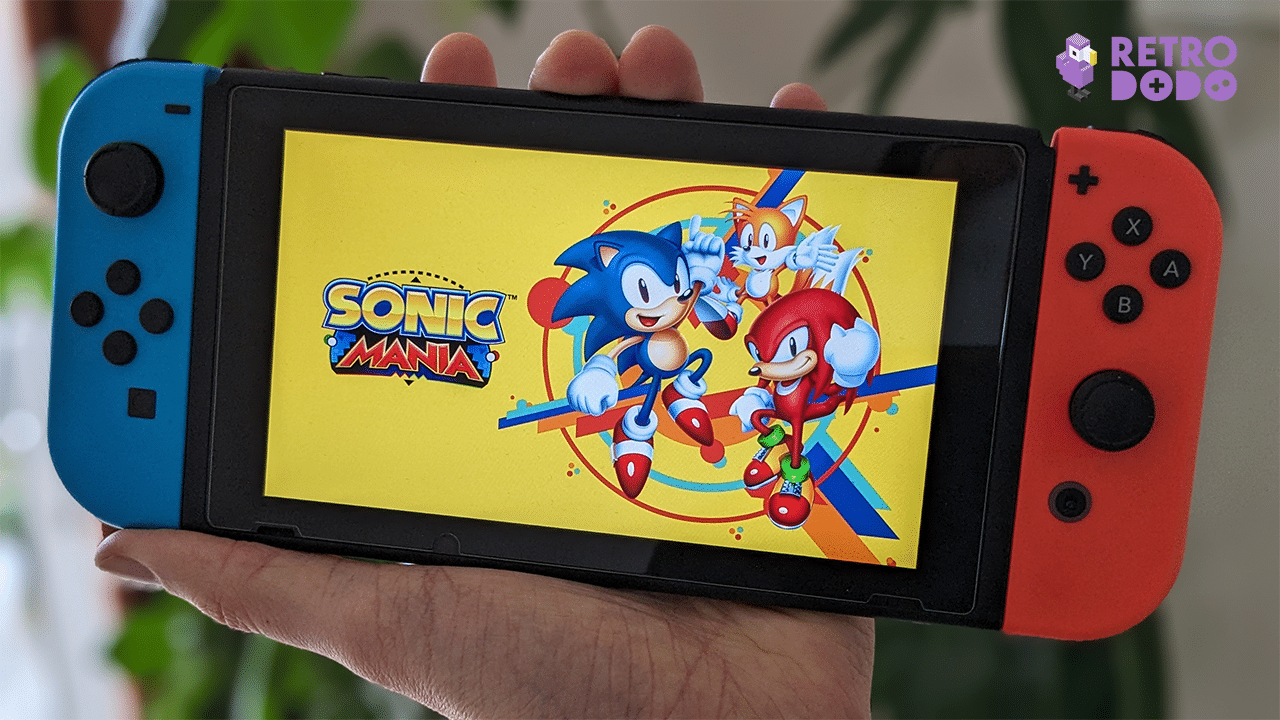
Topping our rankings and the best mainline Sonic game of all time is Sonic Mania Plus.
Sonic Mania was already an incredible game when it first launched in 2017 but the Plus version that arrived the following year pushes Sonic Mania to the top of our list.
Much like Sonic Generations did almost a decade earlier, Sonic Mania Plus acts as a celebration of Sonic’s legacy while simultaneously polishing it and building upon it to create something newer and better.
Classic levels receive revamped and expanded routes, while brand new zones take Sonic and his pals to the wild west in Mirage Saloon and to Hollywood in Studiopolis Zone.
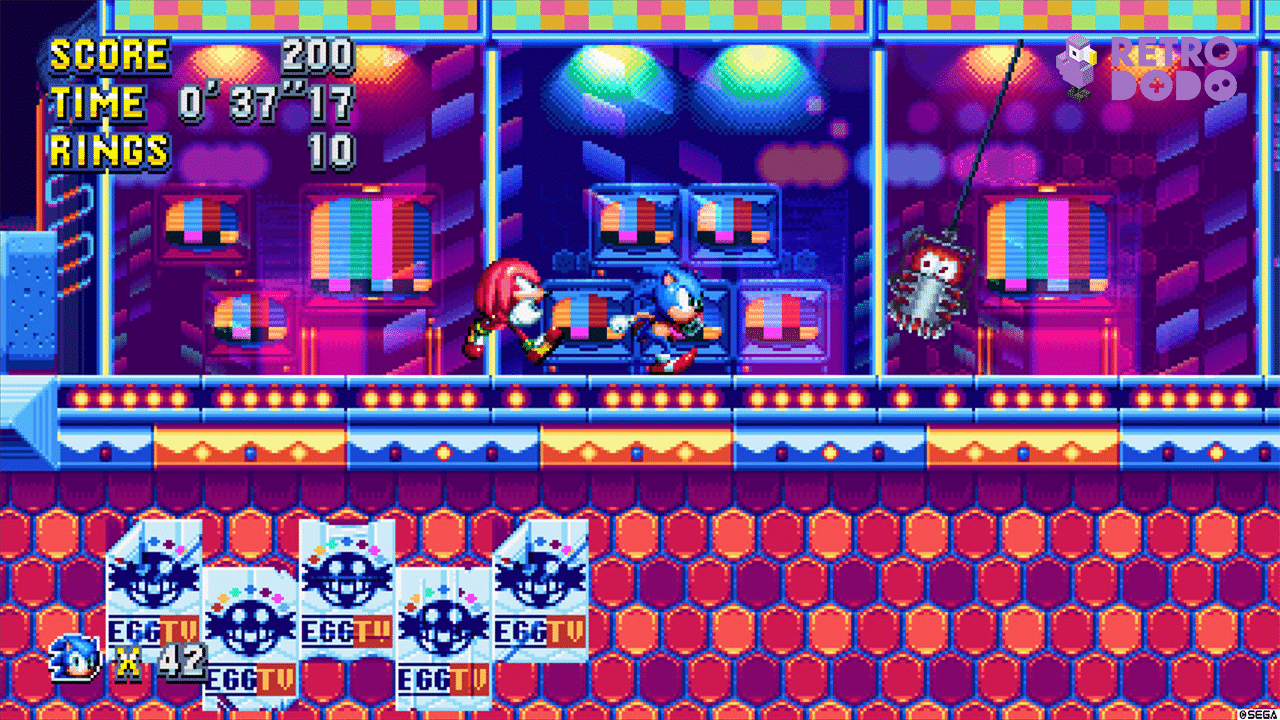
Sonic Mania Plus was crafted with such love and affection from passionate developers that really ‘get’ Sonic. Lead Developer Christian Whitehead and his team’s adoration for all things Sonic is evident in every pixel, every animation and every sound in Sonic Mania Plus, with little nods and references to Sonic’s history everywhere.
Sonic Mania Plus introduced two new playable characters with Mighty The Armadillo and Ray The Flying Squirrel added to the roster and each of them sporting their own unique abilities. A new ‘Encore’ mode, pinball minigame and multiplayer versus mode completed the package.
Sonic Mania Plus is as close to perfection any videogame can achieve.
2. Sonic The Hedgehog 2 (1992)

The pinnacle of Sonic on the original Mega Drive is without a doubt, Sonic 2. Sonic’s sophomore outing took what fans loved about the original game and cranked it up to 11.
Sonic’s legendary spin dash made its first appearance here. By holding down and repeatedly tapping the jump button, Sonic could ‘rev up’ before dashing out at high speed. The move opened new doors for players to exploring Sonic 2, with the instant burst of speed enabling gamers to reach otherwise hidden or out of reach areas.
Spin dash wasn’t the only majour addition as Sonic’s best buddy Tails made their debut. While Tails couldn’t directly interact with Sonic (that would come later in Sonic 3), he could be controlled by a second player to help collect rings and act as a human (fox) shield during boss battles.

Sonic 2 is by far the longest Sonic title on the Mega Drive and the variety of the levels is simply stunning. From Emerald Hill Zone to Casino Night Zone, and from Hill Top Zone to Wing Fortress Zone, the levels in Sonic 2 are uniformly brilliant.
You can even experience versions of several levels with a friend in multiplayer as Sonic and Tails can race each other to complete stages and even trip each other up using new power ups that switch their relative positions in the course mid-race.
An excellent game from start to finish and one that no gamer should ever be without.
3. Sonic & Knuckles (1994)
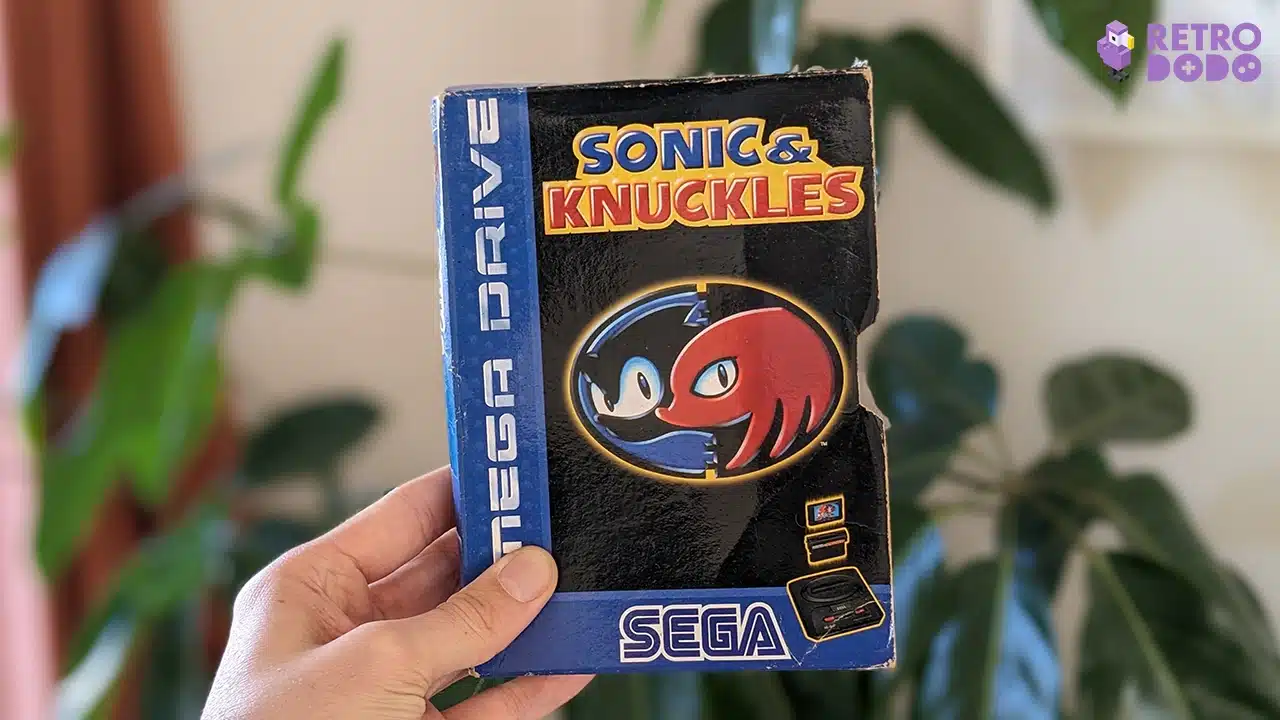
A timeless epic in the Sonic saga. Sonic & Knuckles tells a compelling story without a single line of dialogue. We witness Knuckles’ betrayal at the hands of Robotnik and his eventual alliance with Sonic, Angel Island plummeting into the sea and Super Sonic chasing Robotnik through outer space.
Of course, there’s also some world-class, high-speed platforming to enjoy here across a myriad of diverse zones.
Most notable however is players finally taking control of Knuckles. The powerhouse plays markedly different from Sonic with his ability to glide allowing him to cover large gaps with ease. The Echidna can also use his fists to smash through certain walls that Sonic cannot bypass and even climb up vertical surfaces.
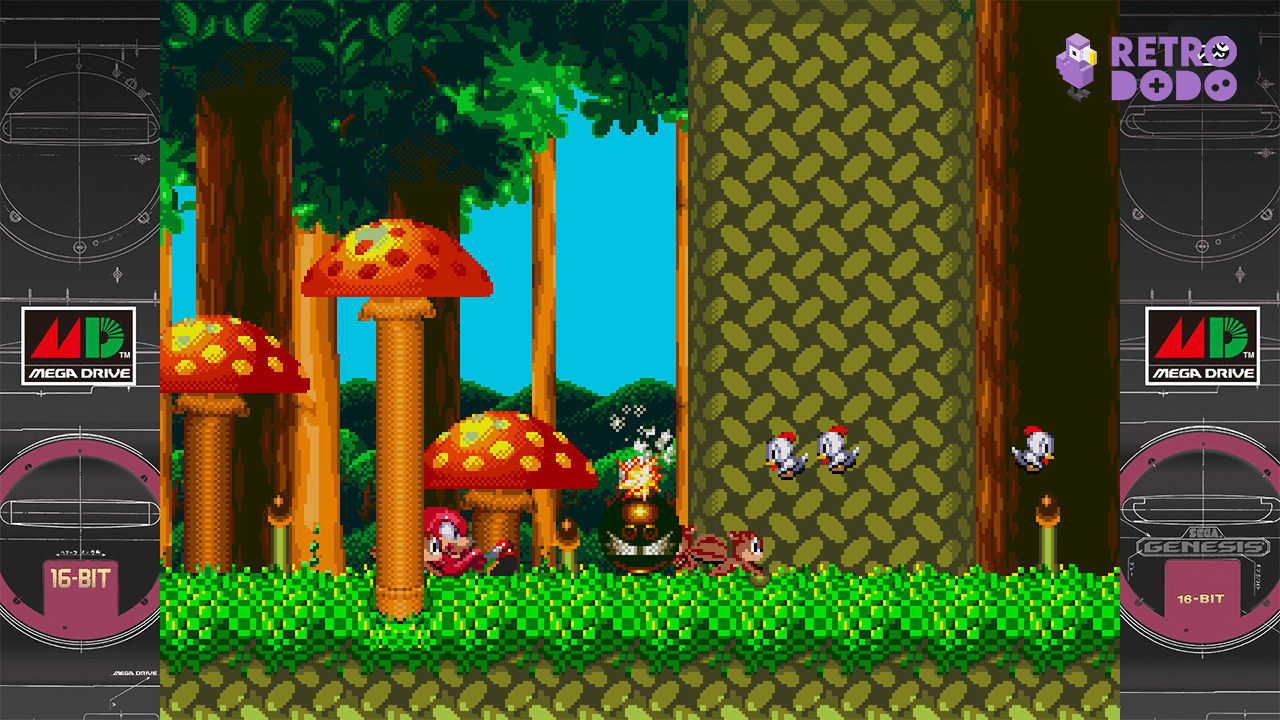
Sonic 3 and Sonic & Knuckles were originally planned to be one single release but time constraints during development forced the split in the two titles. The Mega Drive cartridge for Sonic & Knuckles features a lid that lifts up, allowing Sonic 3 to be inserted and giving players access to the game, Sonic 3 & Knuckles, as originally intended.
A neat bonus of the ‘lock-on’ tech in the Sonic & Knuckles cartridge allowed players to plug in Sonic 2 and play through the game as Knuckles, while plugging in any other Mega Drive cartridge would give players an almost unlimited number or Blue Sphere special stages to play.
4. Sonic The Hedgehog 3 (1994)
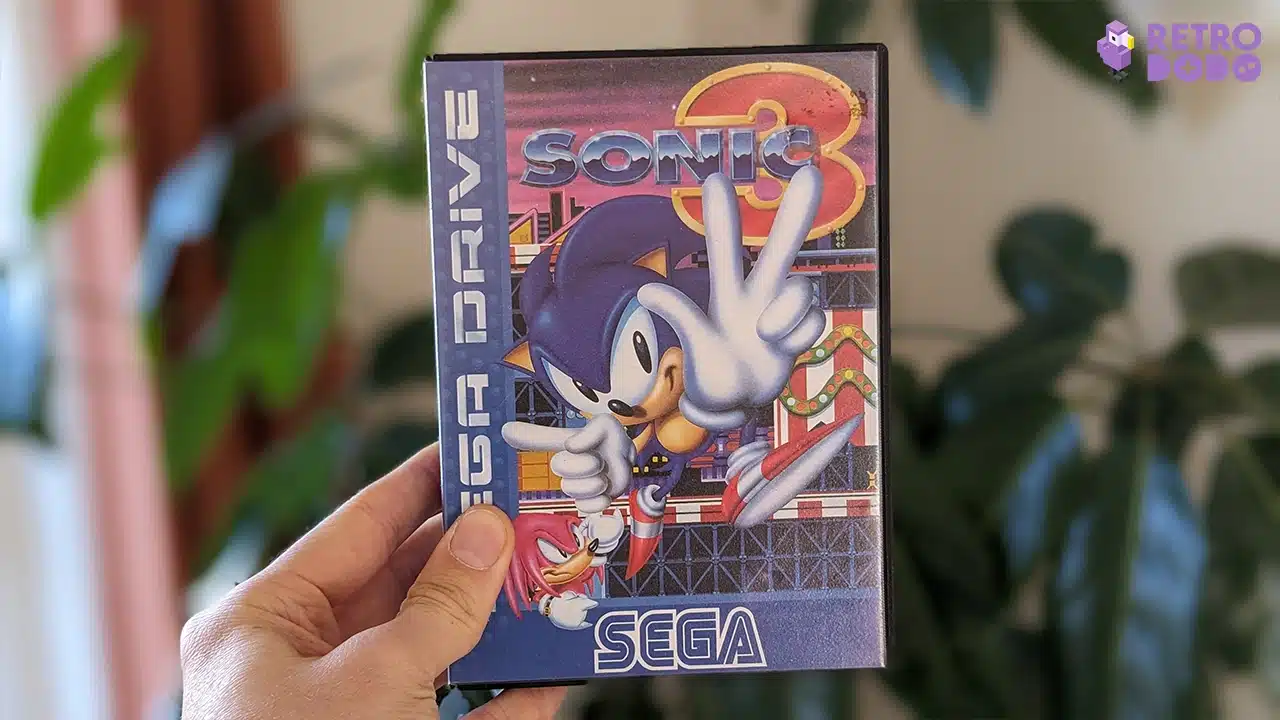
One of the jewels in the Mega Drive’s crown, Sonic 3 was the ambitious follow up to Sonic The Hedgehog 2 that introduced a plethora of new features.
Knuckles The Echidna was introduced as a new antagonist that would regularly disrupt Sonic throughout the course of the story, three new shields based on fire, lightning and water gave Sonic a wider range of abilities and boss battles became more dramatic.
The core gameplay remained the same but levels were more dynamic, with entire environments shifting tone and atmosphere in a single zone.

Sonic 3 also debuted the ‘Blue Sphere’ special stages where players would guide Sonic around a giant spherical zone, running over blue spheres and turning them red. Running over all the spheres would award a Chaos Emerald but touching a red one would cause Sonic to exit the bonus stage.
The speed that Sonic moved within these special stages would gradually increase over time, with the final blue spheres in each one requiring lightning fast reflexes to find and run over.
5. Sonic Advance 2 (2002)
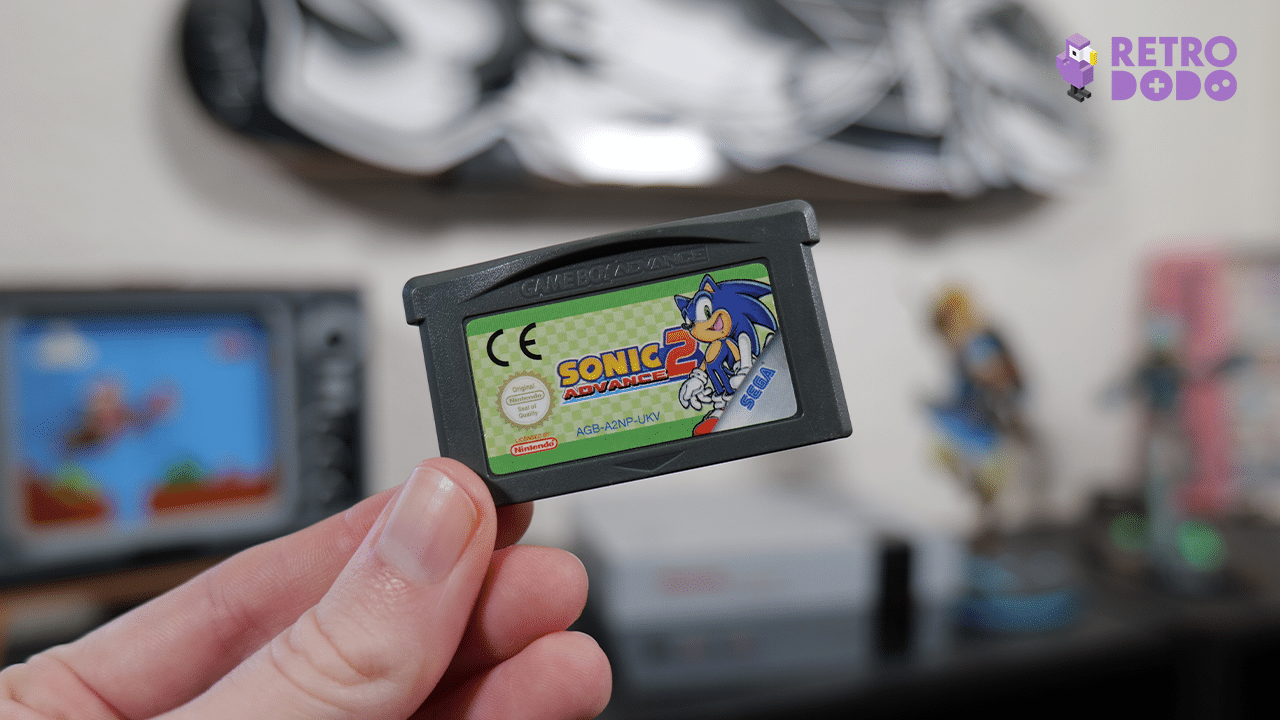
Arriving just one year after the release of Sonic Advance, Sonic Advance 2 pushed the envelop in almost every way.
While the classic Sonic gameplay didn’t evolve much from the earlier titles, each level in Sonic Advance 2 is a sprawling maze of different routes to explore and blast through. It’s not just their complexity either that’s impressive, but the scale of some levels is considerably bigger than those featured in previous 2D Sonic games.
The larger levels aid in the sense of exploration and speed as despite their size, all of the levels in Sonic Advance 2 are a joy to zip around at high speeds.
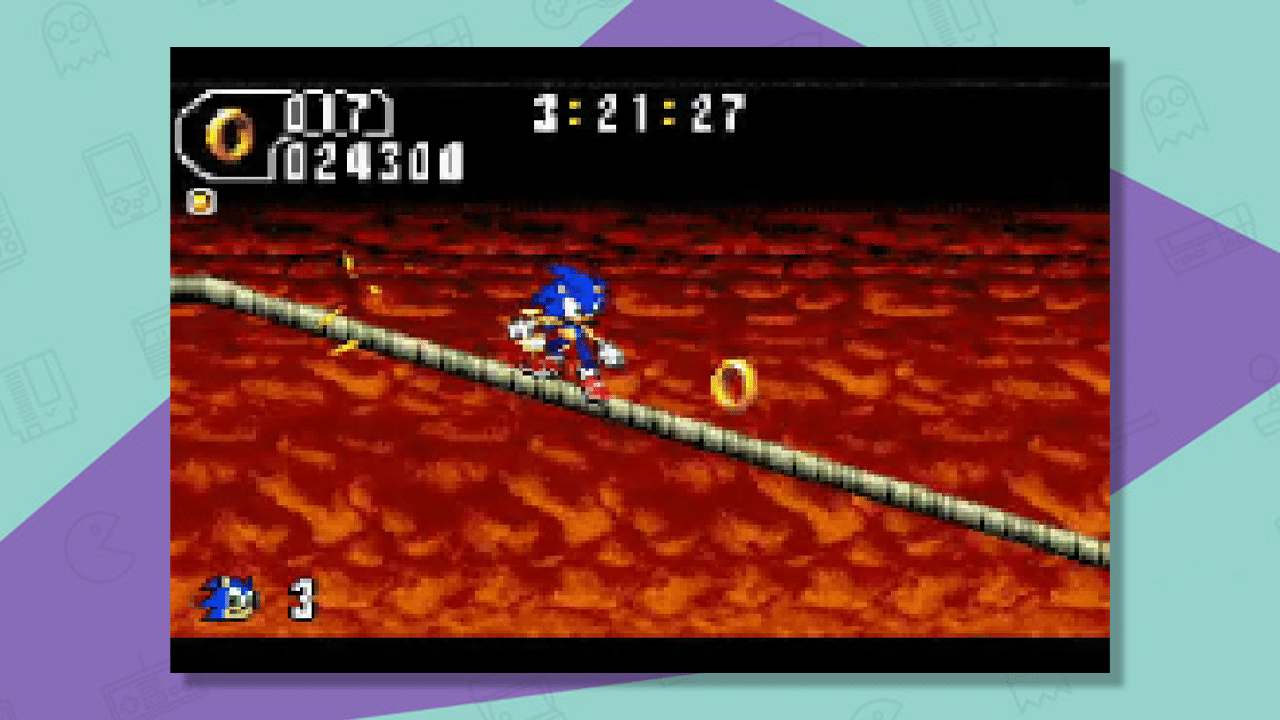
Sonic Advance 2 also upped the difficulty of the classic Sonic formula. The increased difficulty is a welcome addition to long term Sonic fans looking for a decent challenge when facing Dr. Robotnik and his minions.
Sonic Advance 2 improves on its predecessor in so many aspects. Levels are bigger and feature more complex routes, the graphics are crisper and provide a vibrant world for Sonic and co. to race through and the soundtrack is an upbeat bop.
6. Sonic The Hedgehog Pocket Adventure (1999)
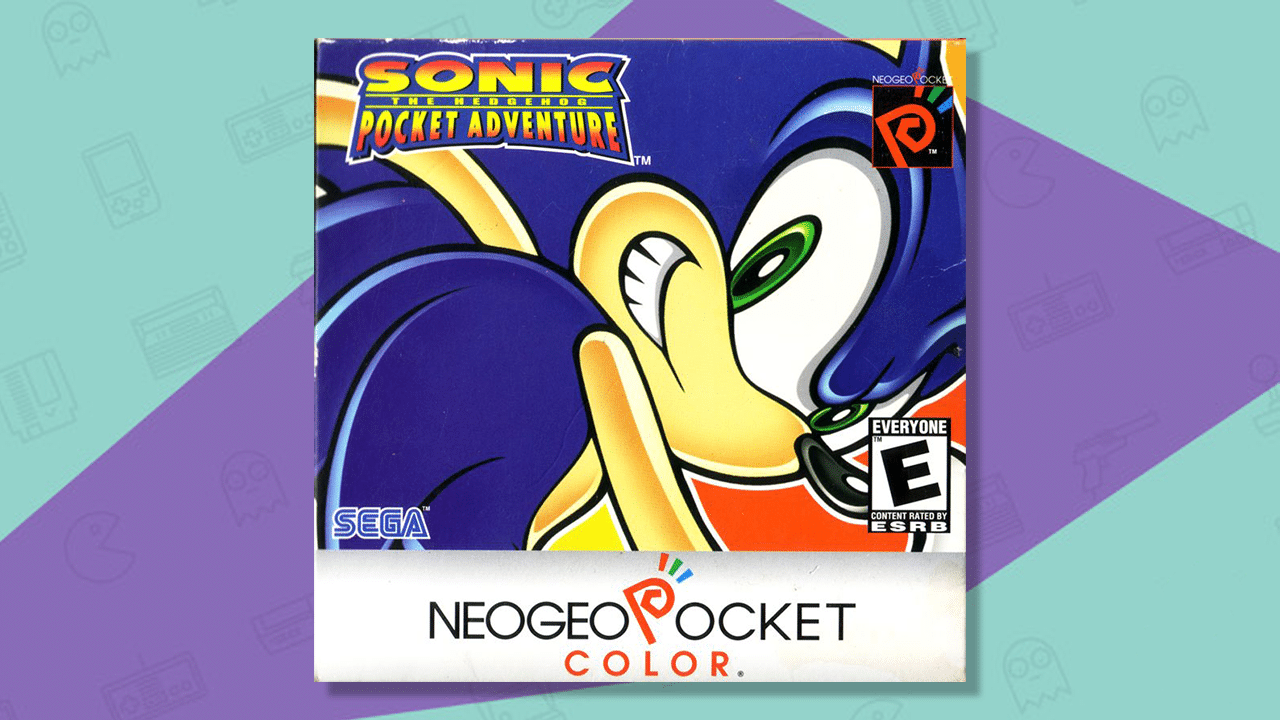
Sonic The Hedgehog Pocket Adventure for the Neo Geo Pocket Colour is a beautiful side-scrolling platformer that every Sonic fan will enjoy.
That sentiment is especially true for anybody that loves Sonic 2 on the Mega Drive. Pocket Adventure exists as an unofficial adaptation of Sonic’s second mainline game with plenty of stage mimicking the design of Sonic 2’s zones.
It’s not just the aesthetics that are familiar though as Sonic The Hedgehog Pocket Adventure nails the sense of speed and momentum of the original Mega Drive titles.
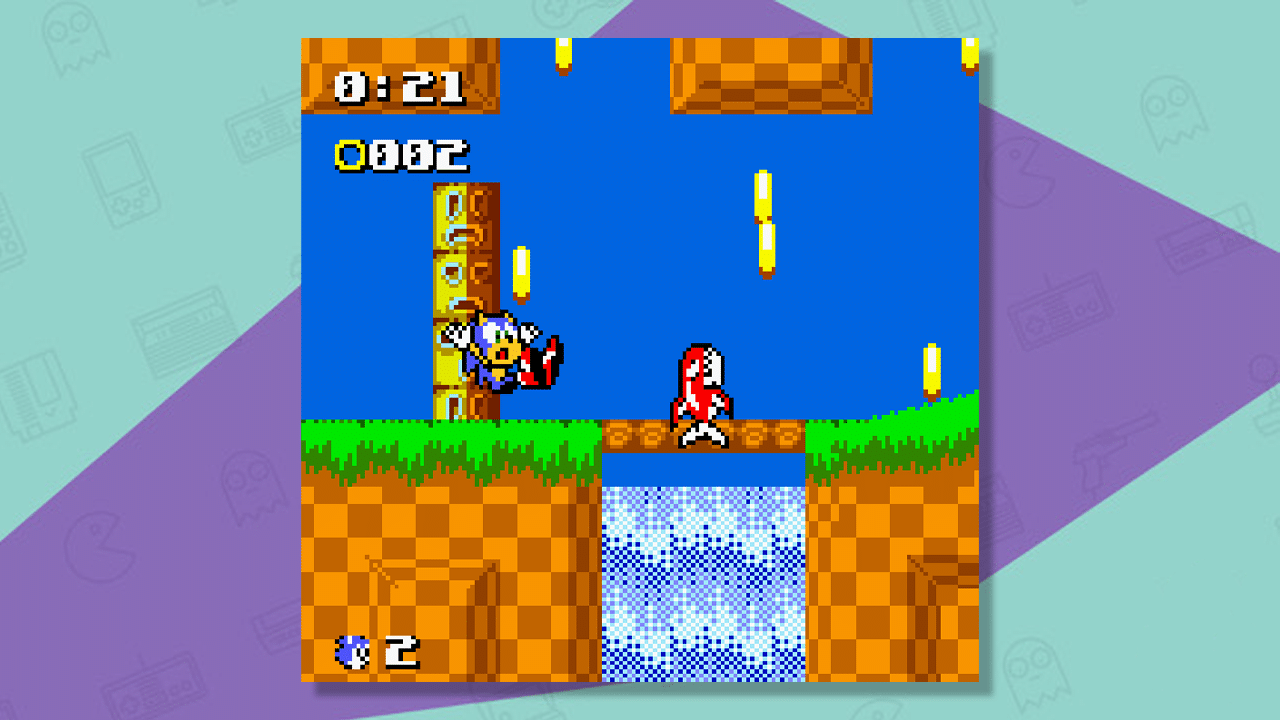
Pocket Adventure looks to surpass its predecessors in additional content too. There’s a fully fledged multiplayer mode accessed via the Neo Geo Pocket link cable, time trials to race through and even Sonic picture puzzles to complete using puzzle pieces found in each stage.
Several of Sonic The Hedgehog Pocket Adventure’s developers would go on to form development studio Dimps, and continue to work on the franchise for years to come.
7. Sonic The Hedgehog (1991)
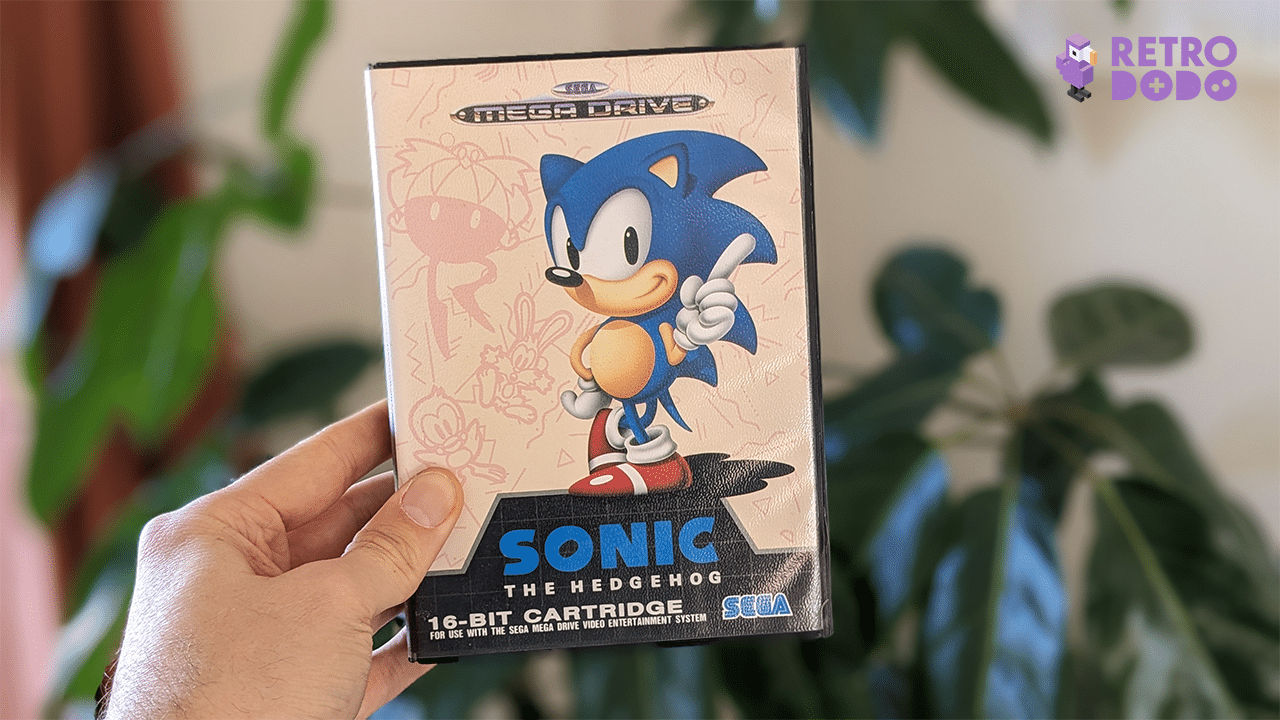
No, not the 2006 one… The original Sonic The Hedgehog for the Mega Drive. Chances are you’re familiar with this title that introduced Sega’s ‘Mario-killer’ to the world.
Sonic’s debut adventure didn’t just break the platforming mould, it shattered it at supersonic speed. Sonic was the anti-Mario, he had attitude and felt a bit edgier by comparison. He was specifically marketed at a slightly older audience that were interested in living fast and having fun.
And that’s exactly what Sonic The Hedgehog provided. This fast rodent could zip through levels like no mascot before him. His ability to run through loops, curl into a ball and smash through the environment enraptured gamers and spawned the franchise that we know and love today.
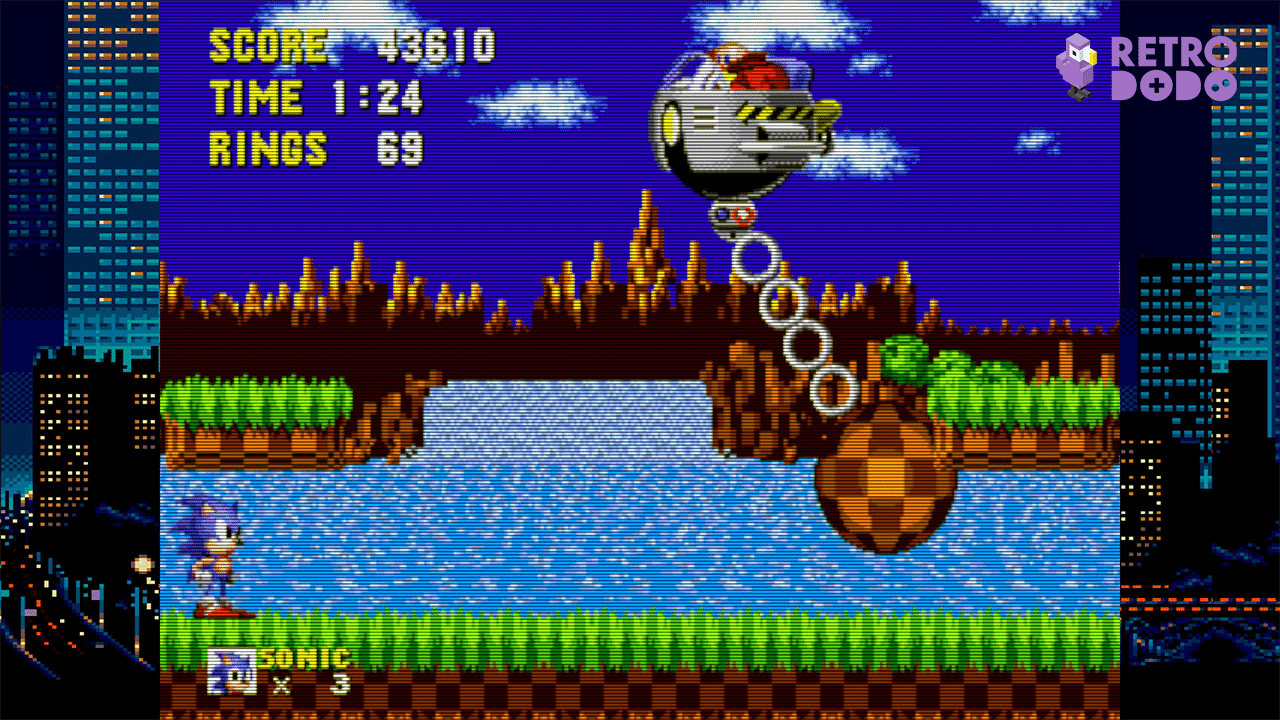
Sonic The Hedgehog sets the tone for the series from the get-go. Sonic controls like a dream, gaining and losing momentum naturally along undulating terrain. He smashes robots, collects rings and fights Dr. Robotnik and his crazy contraptions.
The soundtrack has endured the test of time and those opening bars of Green Hill Zone still illicit an emotion response in me over thirty years later (as does the drowning music, of course).
The birth of an icon, the first Sonic game is still one of his very best. As enjoyable and as playable today as it was three decades ago and one that will still be a blast to play through in another thirty years.
8. Sonic Frontiers (2022)
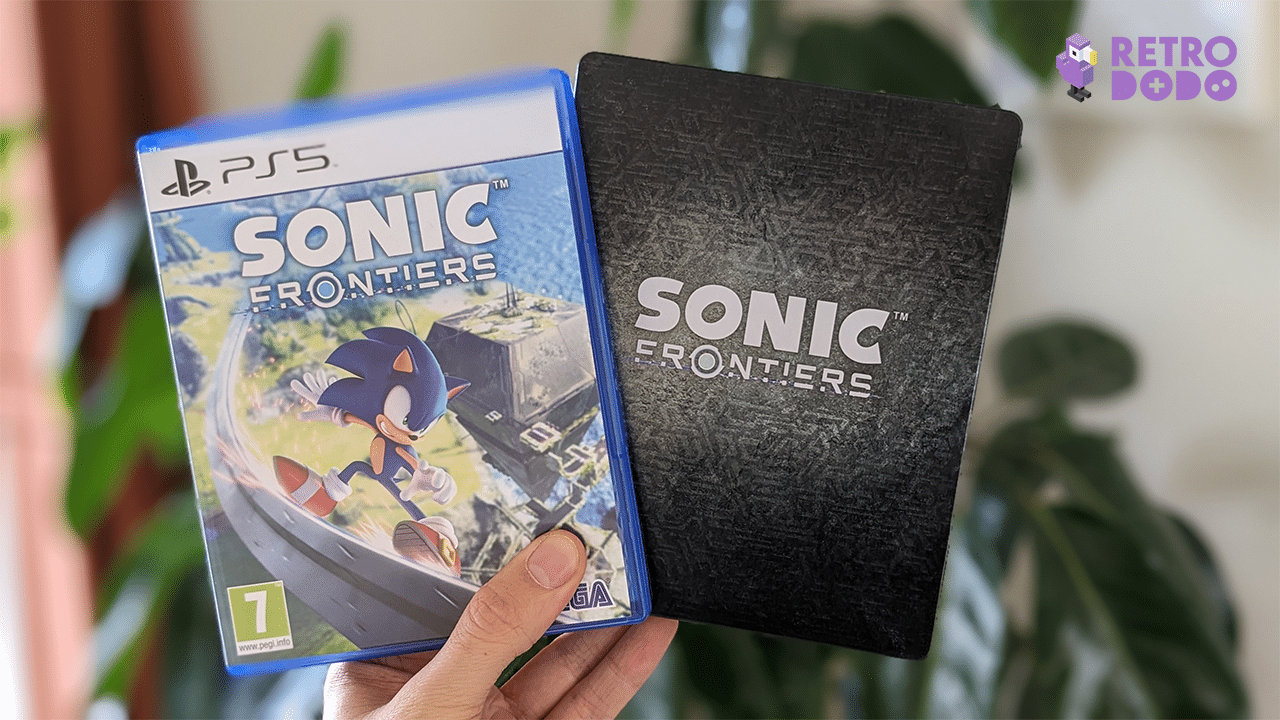
2022’s Sonic Frontiers took Sonic into a new style of gameplay entirely, letting Big Blue dash around a completely open world with few restrictions or expectations.
The new ‘open-zone’ style gives players the chance to enjoy Sonic at their own pace and uncover the, admittedly melancholy, story in their own way.
The mostly barren, yet beautiful landscapes are littered with platforming challenges to take part in. Frontiers lets you explore the land and discover your own fun with these mini obstacle courses that require mastery or Sonic’s expanded moveset.
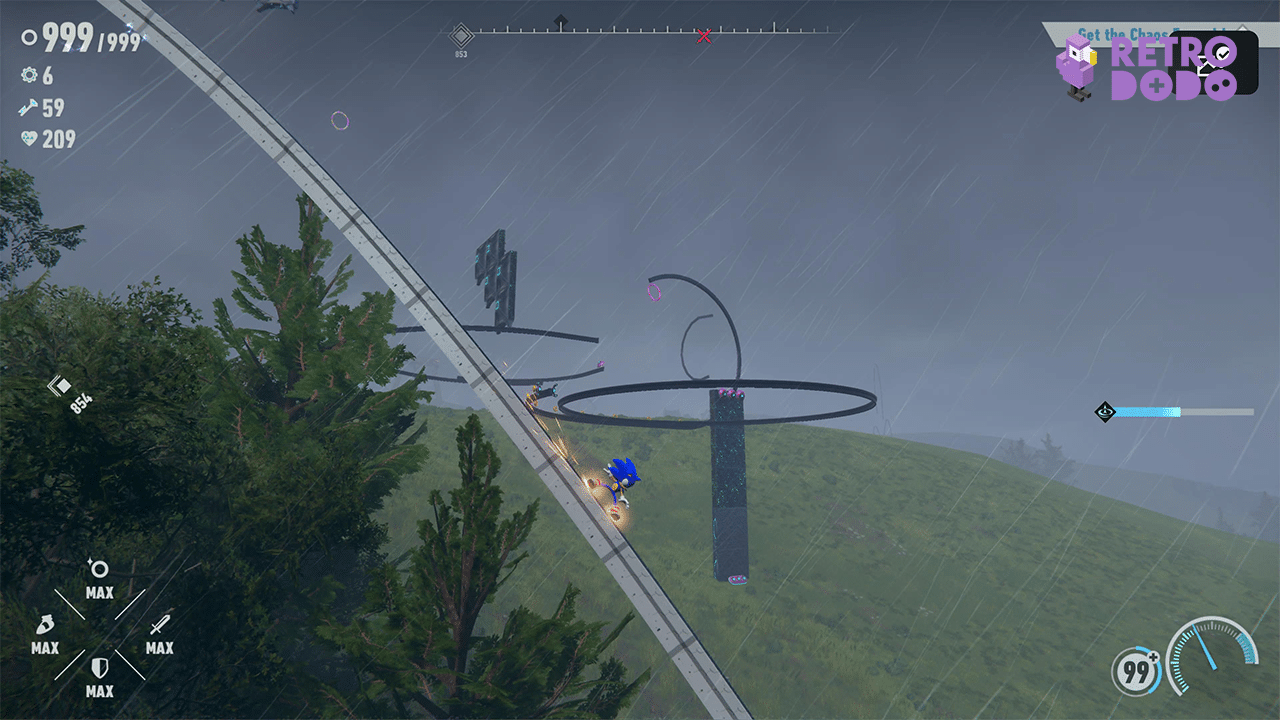
Thankfully, Sonic no longer flings himself from platforms with the slightest press of the analogue stick and his homing attacks feel weighty and forceful like a red sneaker to the face should.
Frontiers isn’t without its issues. Even the PS5, PC and Xbox Series versions suffer from hideous amounts of pop in, with level geometry constantly streaming into view a short distance from Sonic.
Sonic Frontiers received consistent DLC drops throughout 2023 including new story content, gameplay tweaks, bonus costumes, a jukebox mode and more.
It’s a hauntingly serene vibe but one that every Sonic fan should experience.
9. Sonic Generations (2011)
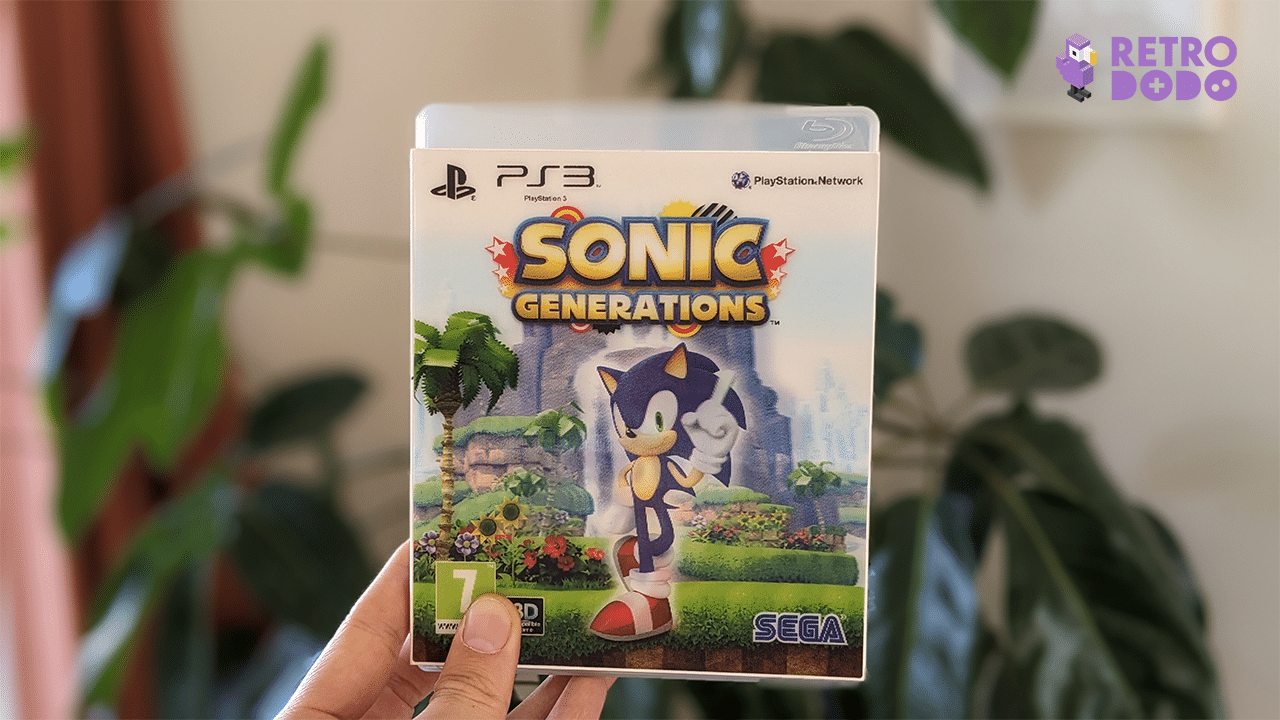
Sonic Generations is the culmination of two decades of Sonic’s gaming legacy. Released to celebrate the anniversary of the original Mega Drive game that started a global infatuation with the speedy blue, ‘hog, Sonic Generations sees Modern Sonic and Classic Sonic appearing together for the first time.
Robotnik, foiled once again by Sonic at the start of the game, manages to travel backwards in time and join forces with his younger self. The pair start to erase their defeats at the hands of Sonic from history, causing havoc across time.
The Robotniks time meddling ultimately brings Classic Sonic and Tails together with their modern counterparts for a cracking adventure through the Blue Blur’s most iconic levels.
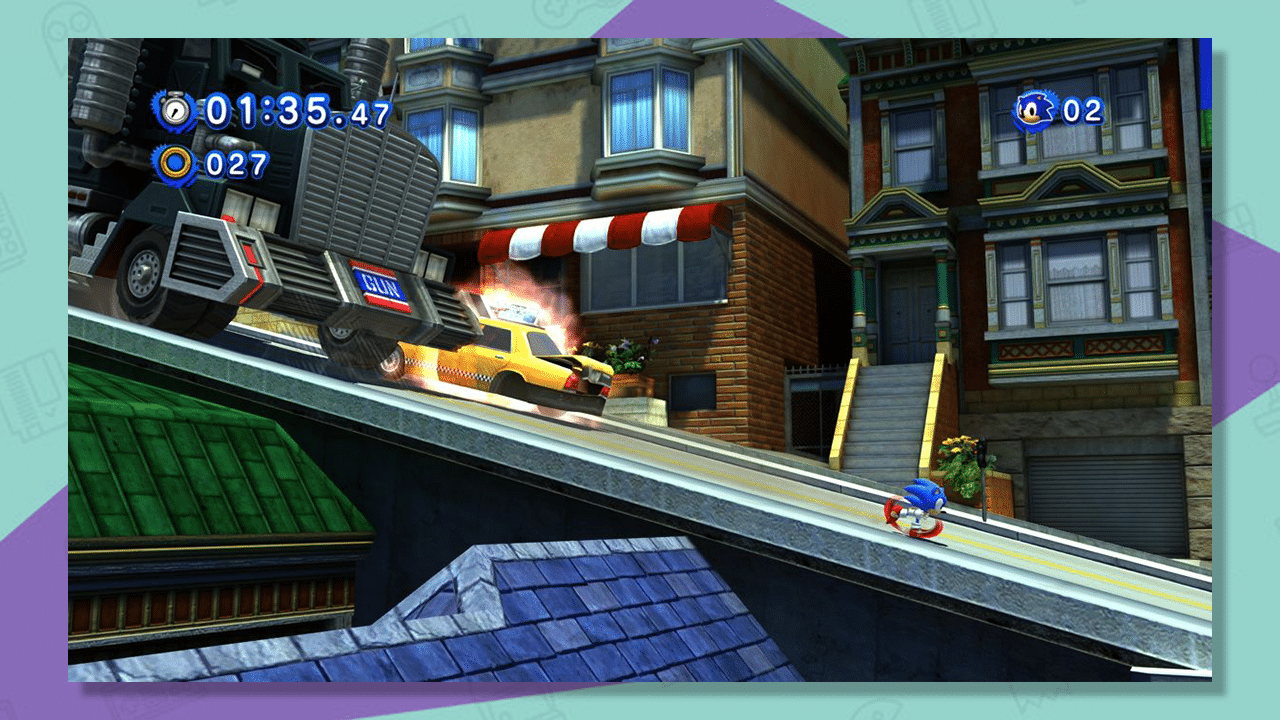
Acting a bit like Sonic’s Greatest Hits album, Sonic Generation pulls levels from his history and revamps them with stunning graphics and reworked level designs.
Stages include Green Hill from Sonic The Hedgehog, Chemical Plant from Sonic 2, Seaside Hill from Sonic Heroes and City Escape from Sonic Adventure 2.
Each level features a Classic and a Modern Act, giving fans of both types of Sonic gameplay something to enjoy. A true celebration of the first twenty years of Sonic is packed with content, humour and endless replay value.
A modern remaster, Sonic X Shadow Generations is expected to arrive later this year.
10. Sonic Advance (2001)
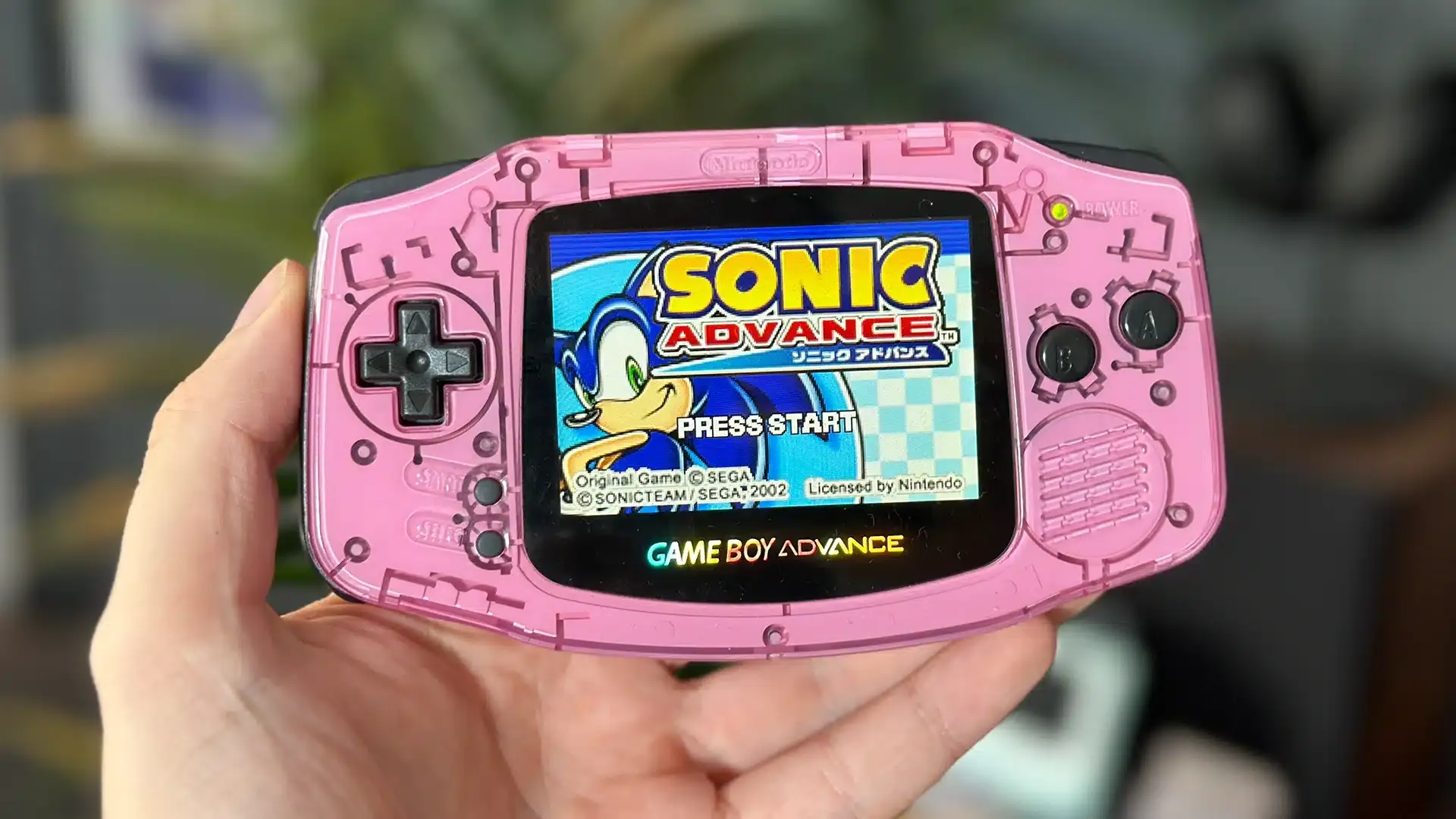
A decade after Sonic rocked onto the Mega Drive to challenge Mario as the world’s favourite platforming mascot, the fastest thing alive arrived on the the Game Boy Advance.
Sonic Advance is the first titled developed by Dimps, who would continue to work on the franchise until 2013.
Sonic Advance faithfully recreates the vibe of the original Mega Drive games for Nintendo’s handheld but adds in a boat-load of charm through additional character animations.
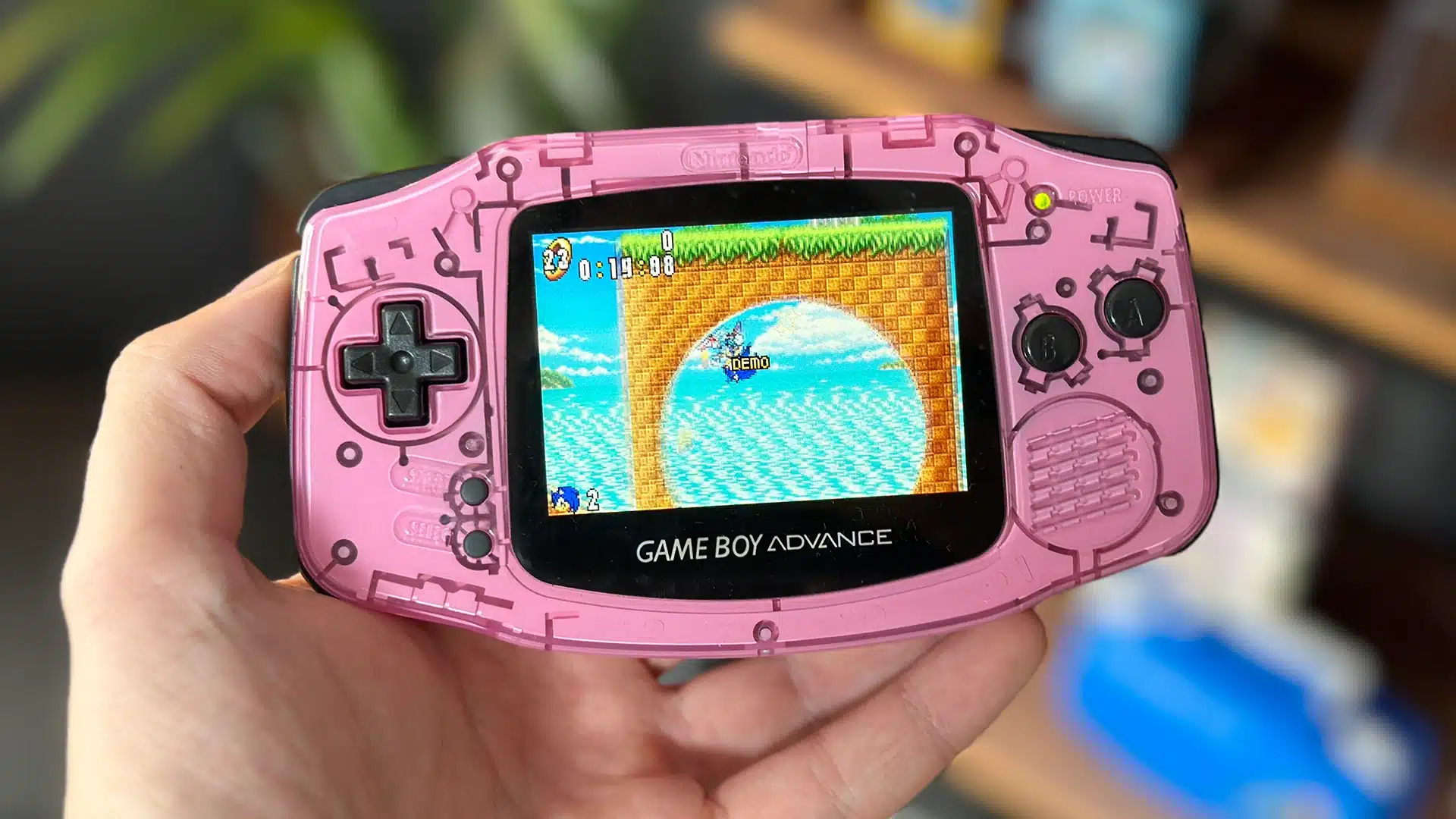
Dimps also incorporated some of the features from the Sonic Adventure titles into Sonic Advance games such as rail grinding. The extra moves in Sonic’s arsenal help the little blue guy maintain speed and momentum throughout the levels and makes the experience of boosting from one side of the screen to the other an absolute pleasure.
The only major downside for Sonic Advance is its overall length with most players able to zoom through the main story in under two hours. Maybe those rail grinding sections make Sonic go too fast!
11. Sonic CD (1993)
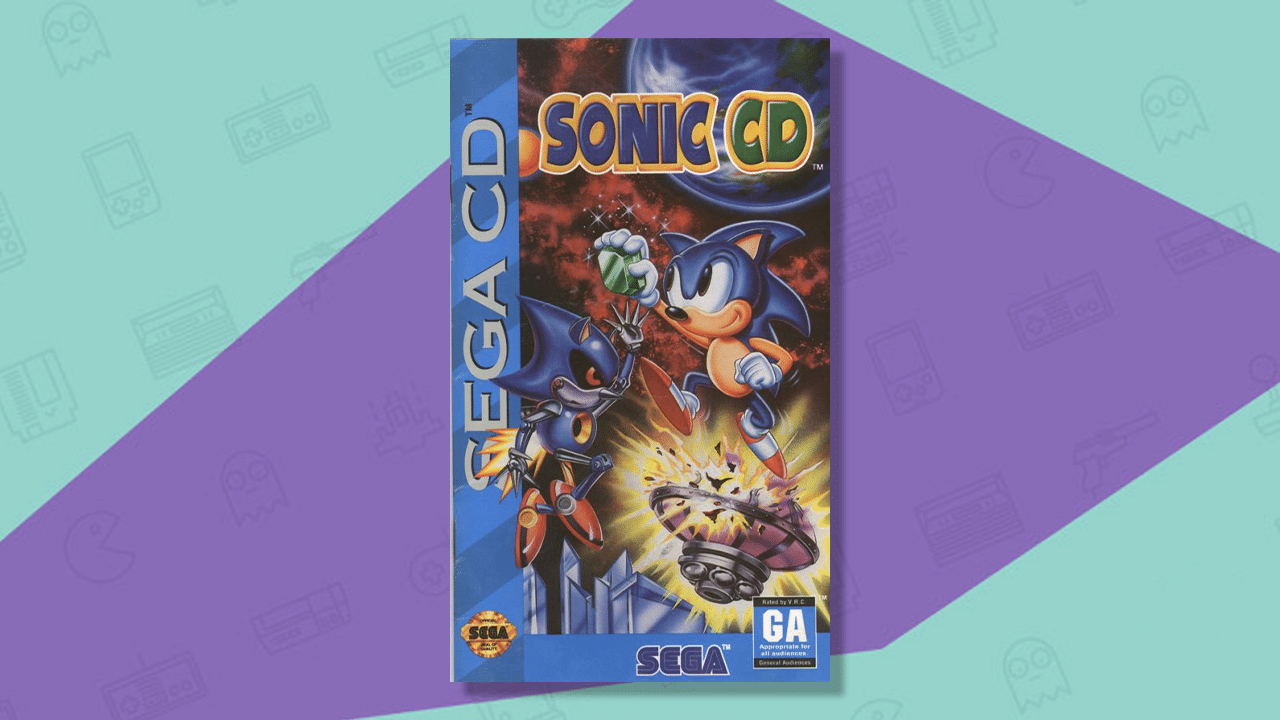
Narrowly missing out on a spot in the top 10 best Sonic games, Sonic CD sees our spikey hero racing through time to save Little Planet as Dr. Robotnik plots to turn it into his own personal fortress.
Sonic CD is a stunning looking game, especially for 1993 when it was released. The gameplay is more complex than the previous Sonic games with the Blue Blur able to travel backwards and forward through time by passing ‘Past’, ‘Present’ or ‘Future’ signs and maintaining top speed as he does so. It’s basically like getting the DeLorean up to 88mph but in red sneakers.
Sonic can travel backwards through time, destroying Robotnik’s creations to ensure a good future for in each zone and unlocking the ‘good’ ending.
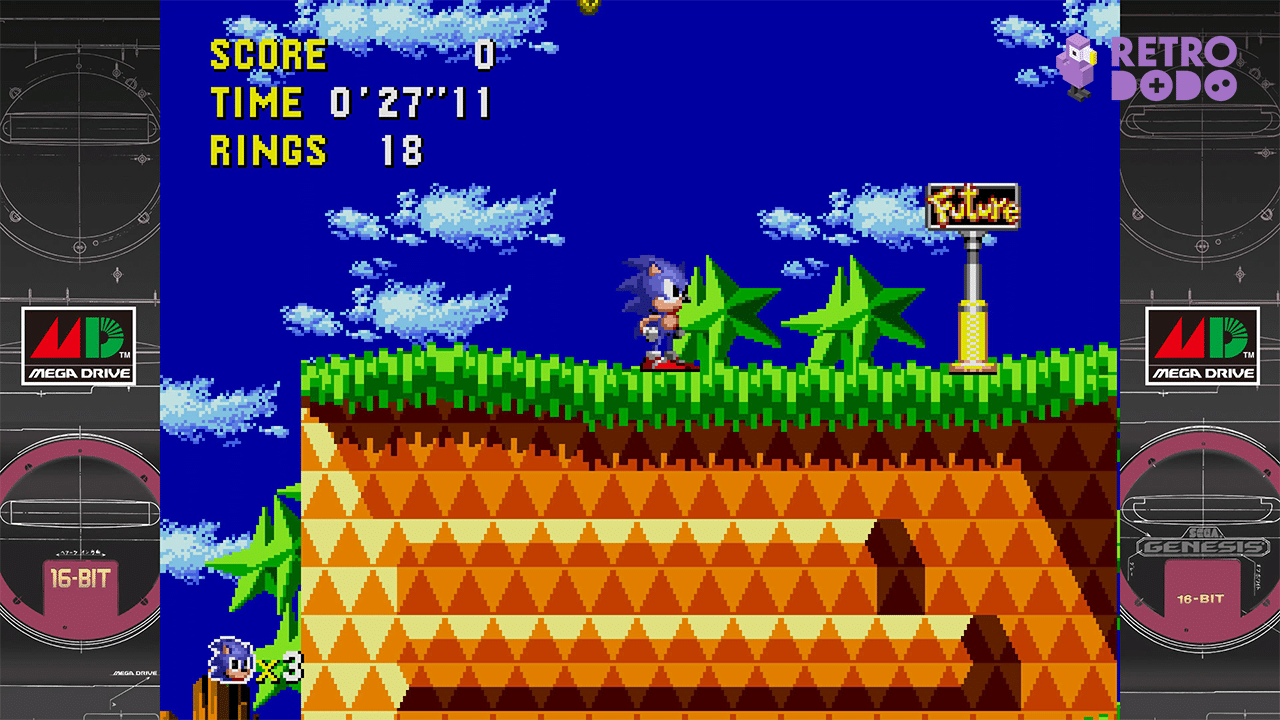
Metal Sonic also makes his debut here and is a powerful adversary for Sonic to overcome as he travels across time.
As the first and only Sonic game to appear on the Sega CD, Sonic CD featured full motion animated cutscenes, with the opening video becoming an iconic piece of Sonic media for years to come.
The jump to CD technology also enabled high-quality audio for Sonic CD’s soundtrack. Modern re-releases include both the Western and Japanese soundtracks with the latter being far superior in this editor’s opinion. Do yourself a favour and switch to the Japanese soundtrack in the settings before starting the game.
12. Sonic Rush (2005)
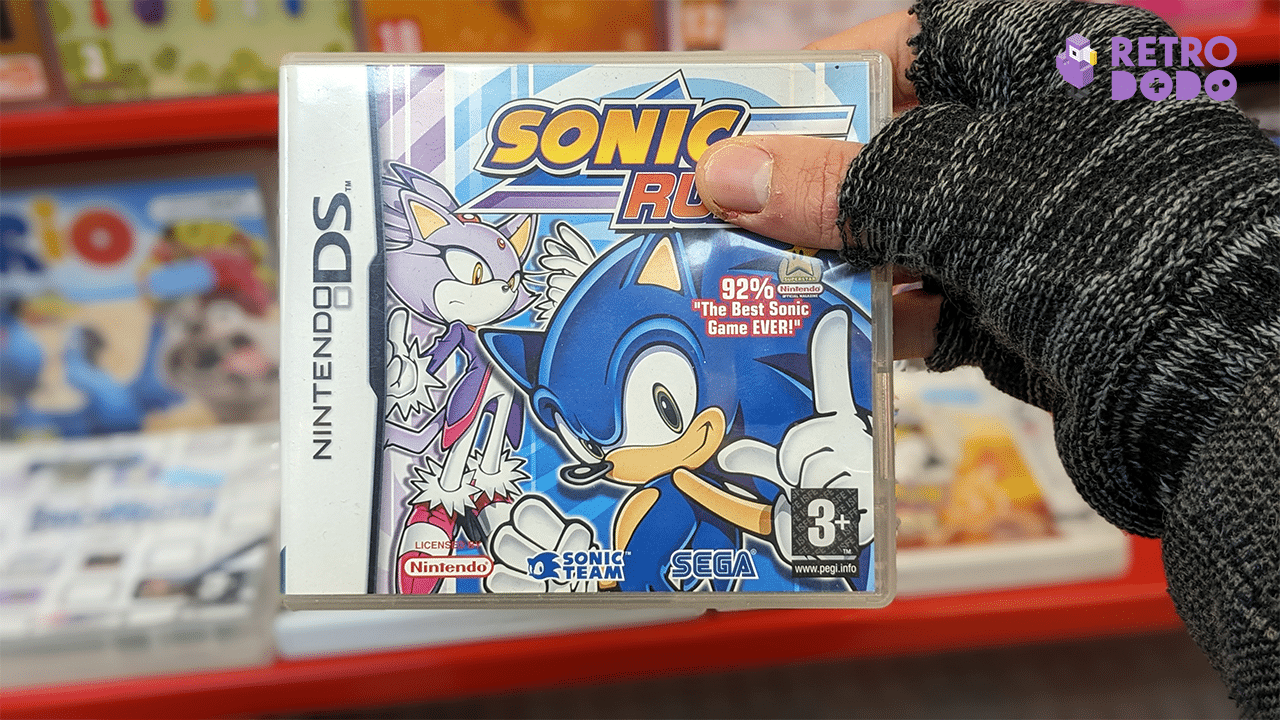
Classic Sonic is a perfect fit for the Nintendo DS. The dual-screen is a great replicant of old school CRT monitors that retro gamers who grew up with Sonic love although Nintendo’s handheld won’t send you to A&E if you dropped it on your foot.
Sonic Rush uses both of those screens to great effect, spreading the play area over both displays and allowing players a better view of their surroundings and enabling easier navigation through each stage which feels great at high speed.
Sonic Rush introduced players to Blaze The Cat, a purple feline from an alternate dimension with the ability to control fire and flames.
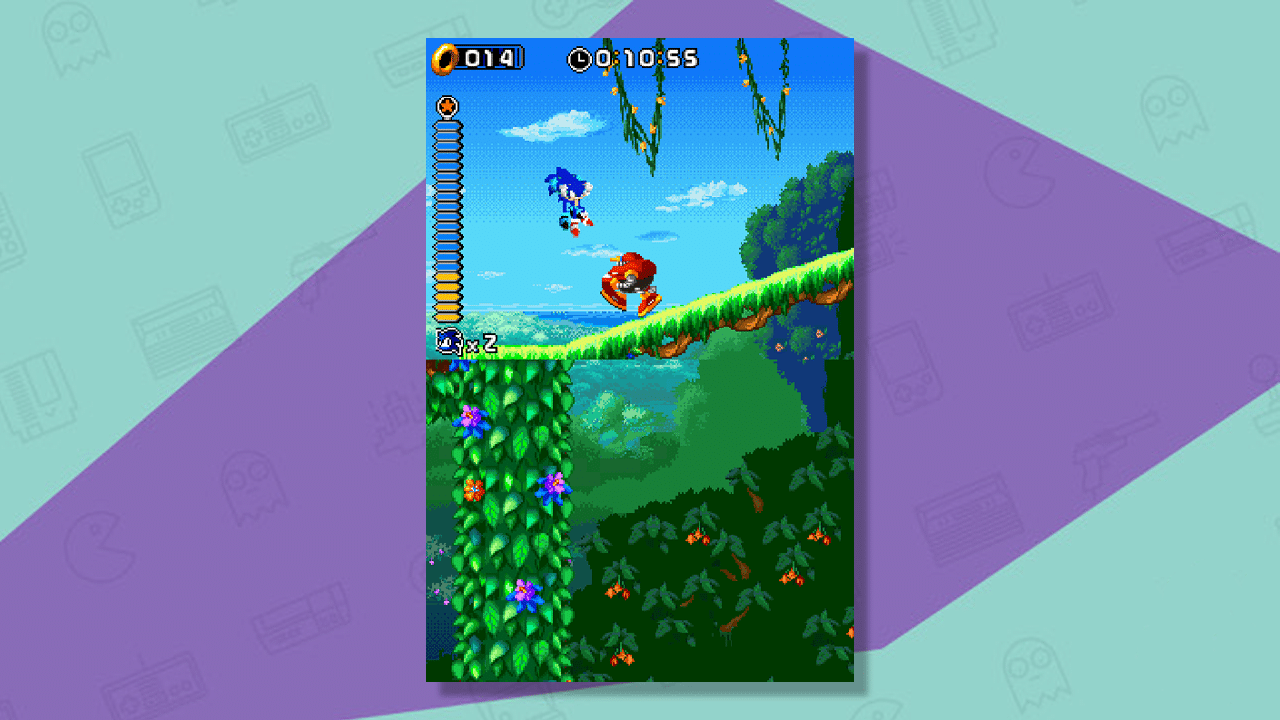
Blaze also brought with her the Sol Emeralds, her dimensions version of the Chaos Emeralds we’re all familiar with. In a twist to the usual Sonic formula, Blaze is the hero that comes into conflict with Dr. Eggman throughout Sonic Rush while Sonic must deal with his nefarious doppelganger, Eggman Nega.
Sonic Rush was the final Sonic game produced by series co-creator Yuji Naka who famously departed from Sega mid-way through development of Sonic ’06.
13. Sonic Advance 3 (2004)
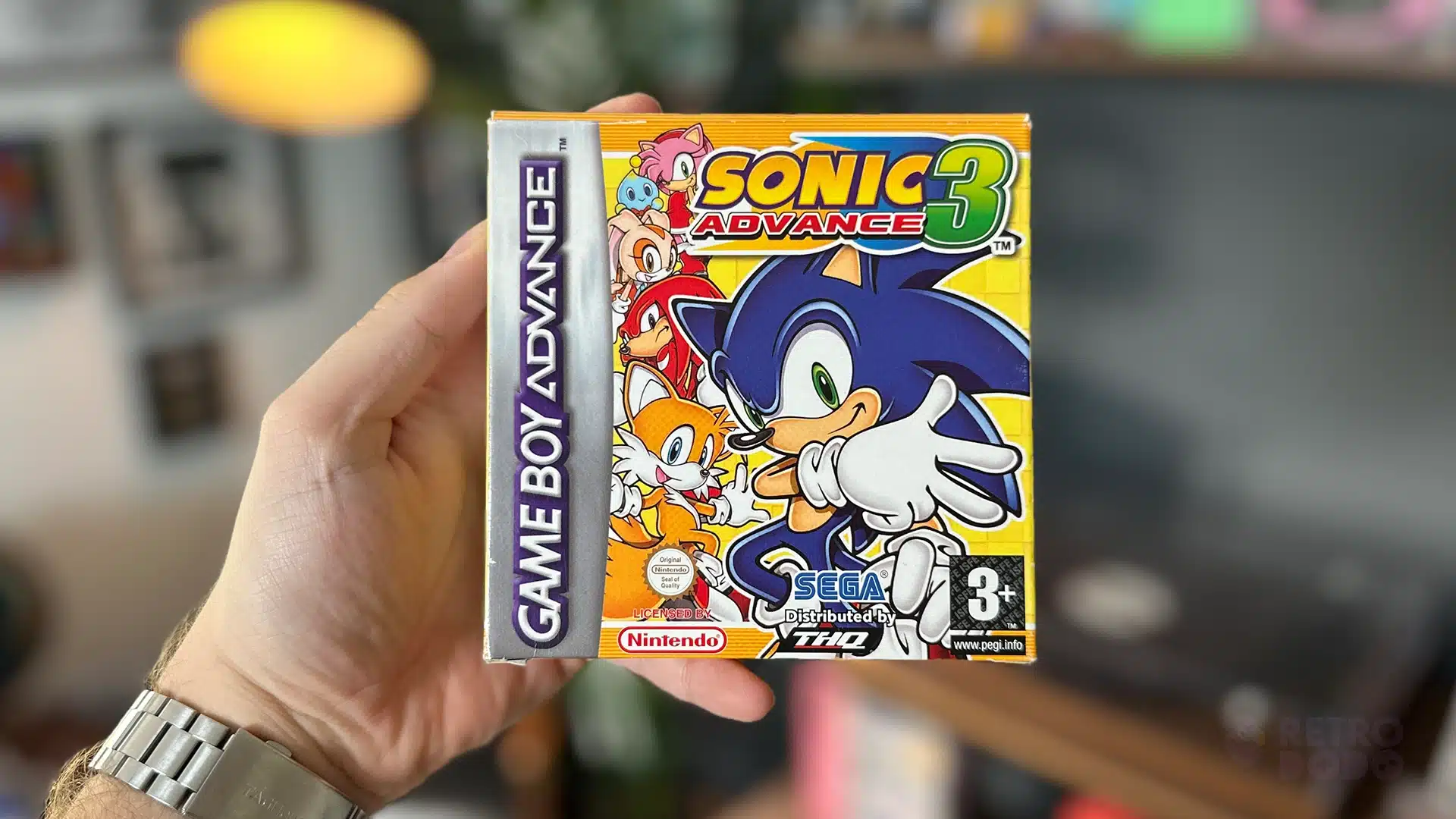
Eggman has often attempted to pull the world apart, ideologically speaking, but in Sonic Advance 3, the moustachioed villain literally pulls the world apart.
After a botched experiment rips the world into seven fragments (how that doesn’t instantly doom everybody, I don’t know), it’s up to Sonic, Tails, Knuckles, Amy and Cream to find the Chaos Emeralds and reunite the planet.
The stakes are pretty high in Sonic Advance 3 but thankfully developers Dimps created an incredibly enjoyable Sonic game that makes saving the world a pleasure.
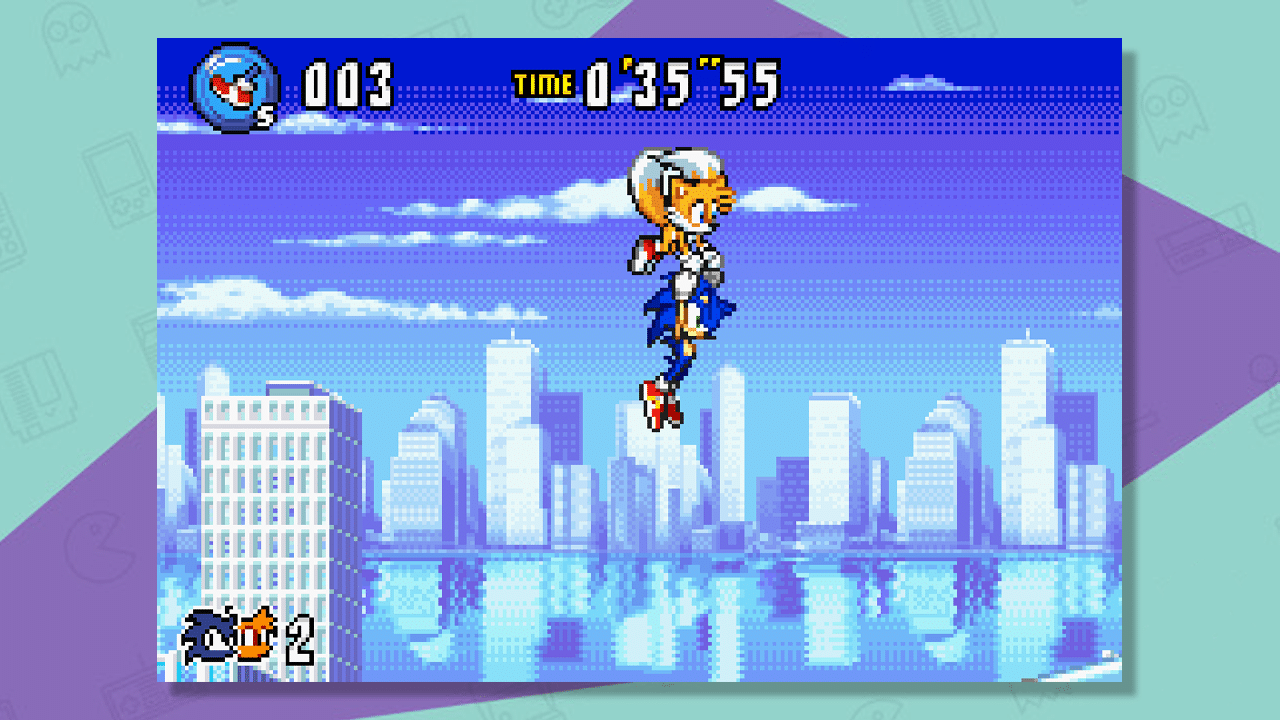
Each of the five playable characters roll out with their unique abilities as usual but players can now form their own dynamic duos, pairing any of the characters together to create their own super team.
Every character is well realised on the Game Boy Advance’s diminutive screen with expressive sprites providing much needed character to Sonic and his chums.
The classic high speed gameplay works supremely well here thanks to the excellent level design that encourages exploration as well as flat out speed.
14. Sonic Rush Adventure (2007)
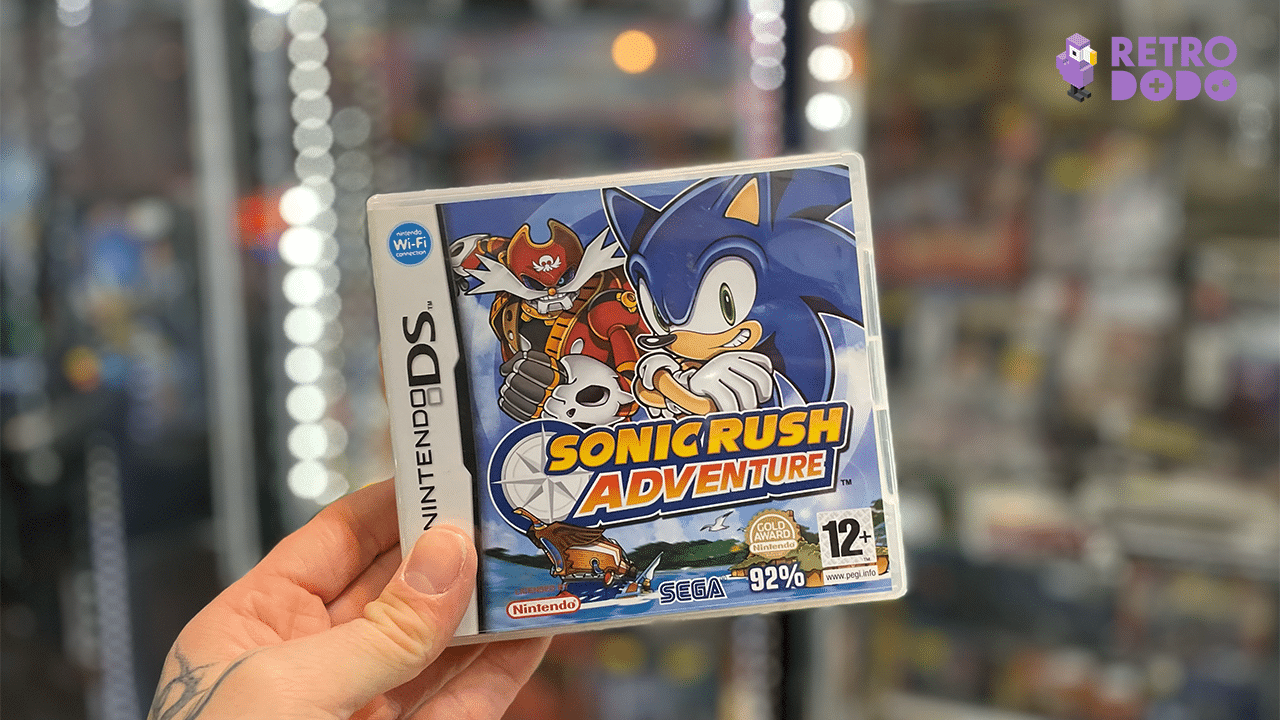
Sonic Rush Adventure arrived at a pivotal point in the series history. Following the poorly received Sonic ’06, the Sega needed a strong platformer to prove the franchise wasn’t kaput.
Sonic Rush Adventure delivered that much needed shot in the arm, proving Sonic could still impress when needed to. While not revolutionary in its gameplay, Sonic Rush Adventure is a fun and exciting Sonic title that sees our hero teaming up with Blaze The Cat to defeat a band of interdimensional robot pirates.
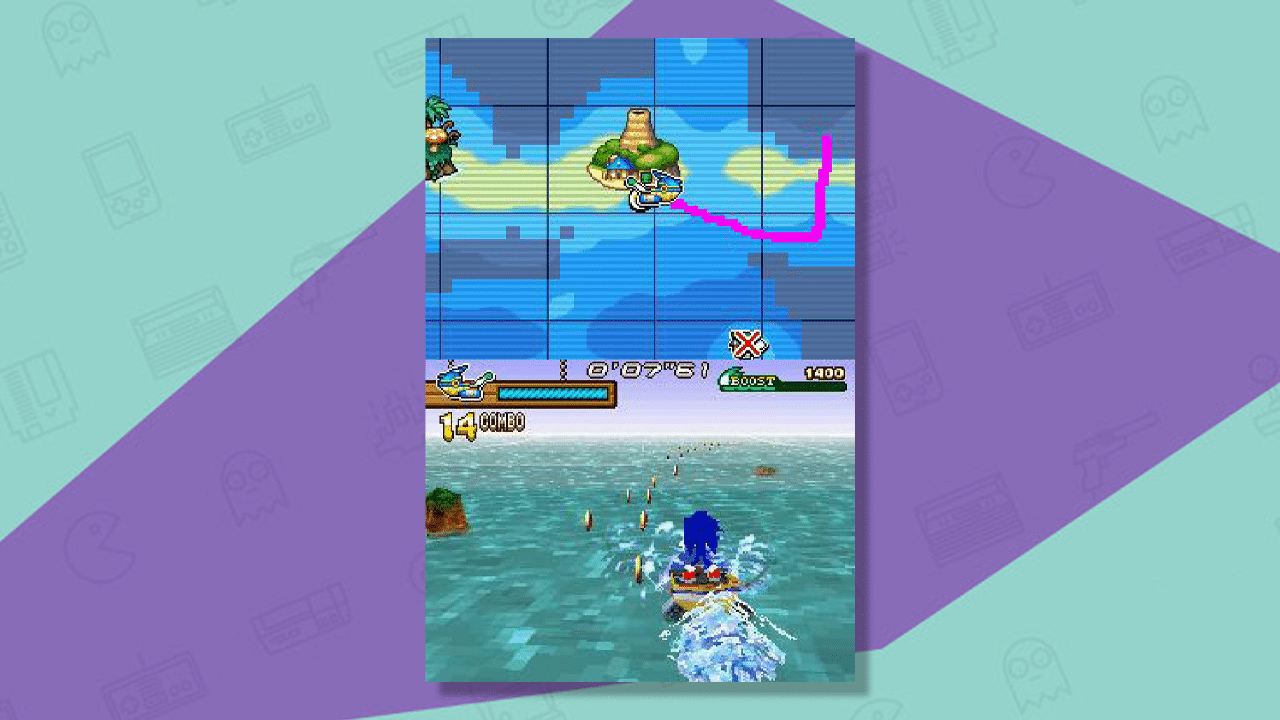
Developers Simps engineered Rush Adventure to take advantage of the Nintendo DS hardware, making great use of the DS touchscreen, especially during the many pirate themed minigames.
There’s even a cool little Easter Egg that uses the DS touchscreen. Players can touch Sonic or Blaze to make them react. Nudging Sonic will make him do a little stretch and warm up animation while Blaze will temporarily hover in the air.
15. Sonic Superstars (2023)
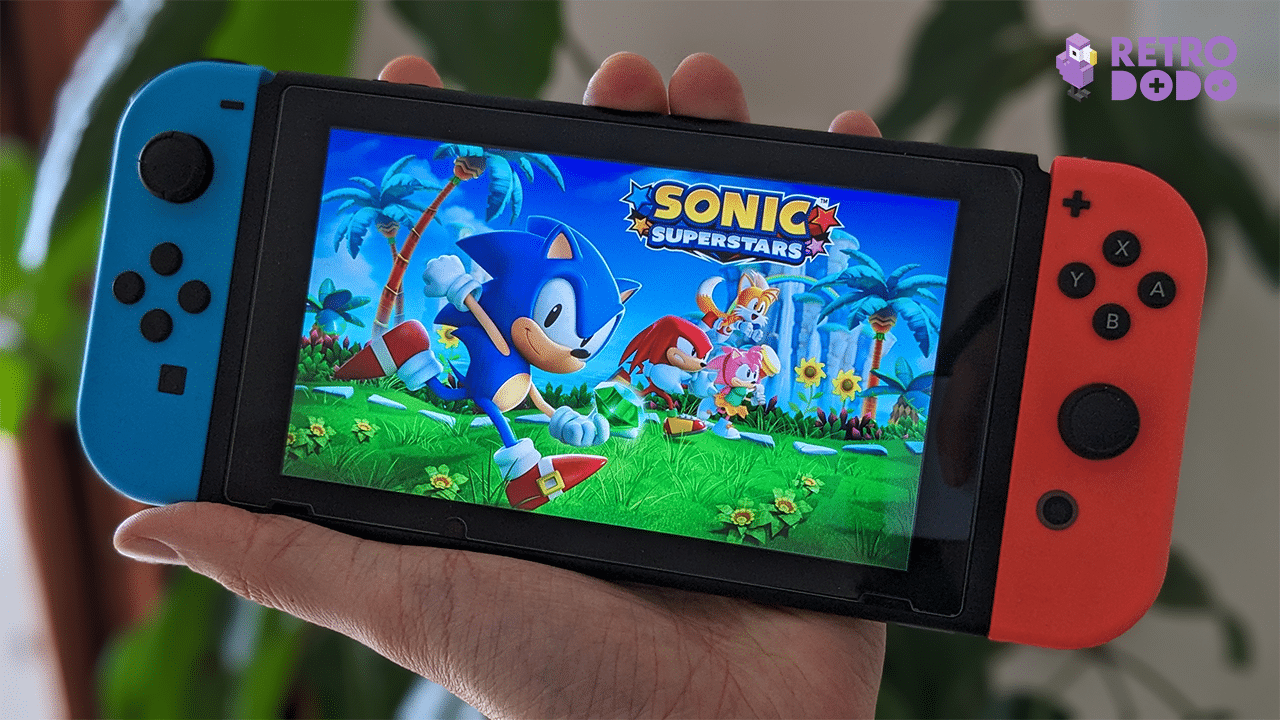
Sonic Superstars had a bit of a mountain to climb before launch. A new 2D game in the franchise releasing in the sublime wake of Sonic Mania but with a new 3D rendered graphic style induced Sonic 4 flashbacks for many gamers.
Thankfully, those worries of Sonic handling like a double decker bus were unfounded and the Blue Blur raced onto every modern platform at the end of 2023.
Sonic Superstars handles like a dream. Sonic, Tails, Knuckles and Amy are all immediately responsive with a momentum system that is the closest match to those halcyon Mega Drive days.

It’s by no means perfect though. The much touted multiplayer, allowing up to four friends to play simultaneously was poorly implemented with the camera failing to capture the action of four different characters all trying to navigate a level in their own ways.
Frustratingly long boss battles were another point of contention within my Sonic Superstars review but the presentation, music and excellent handling made Sonic and chums feel excellent to control.
16. Sonic Colours (2010)
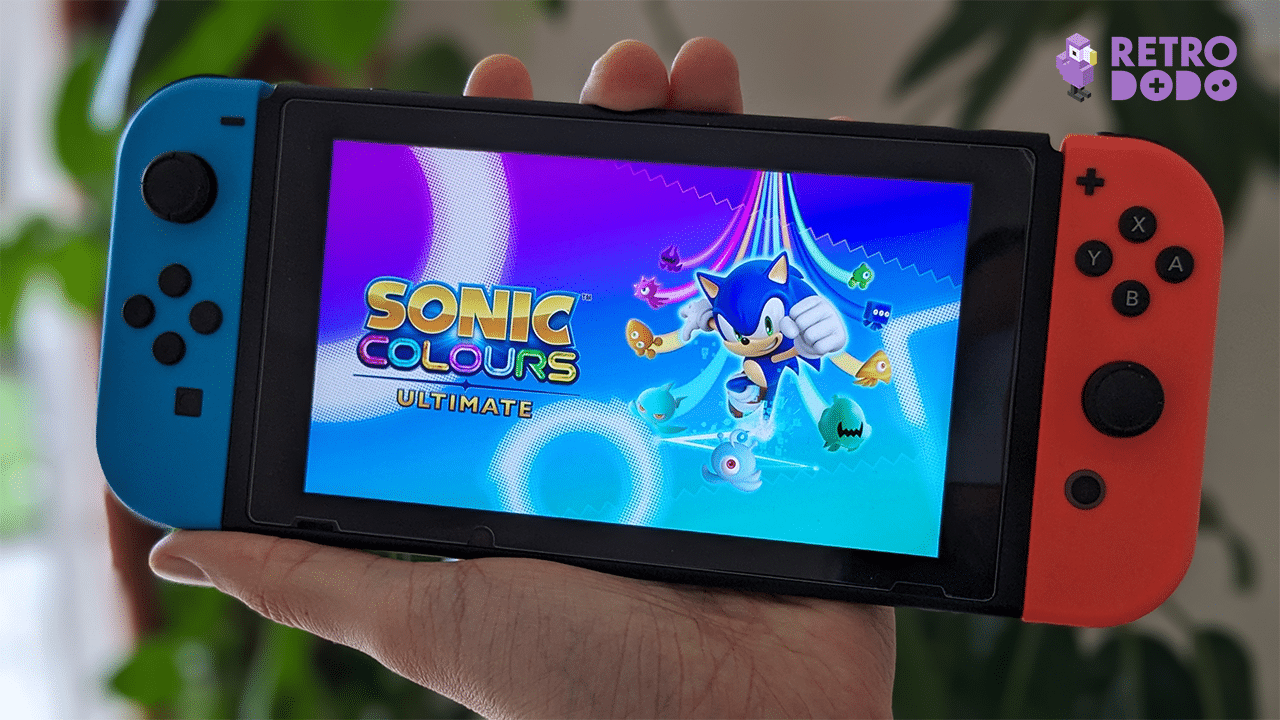
Another Wii-exclusive Sonic title, Sonic Colours send the fastest thing alive into space to stop Robotnik from enslaving a race of peaceful aliens.
As its name suggests, Sonic Colours is incredibly vibrant, with jaw-dropping levels full of lights and spectacle like a giant funfair for Sonic to run around in.
Wisps were introduced to the series for the first time and granted Sonic special abilities for a short time. Adding to the games’ overall longevity is the ability to replay older stages with newly unlocked Wisp powers providing pathways to previously inaccessible areas.
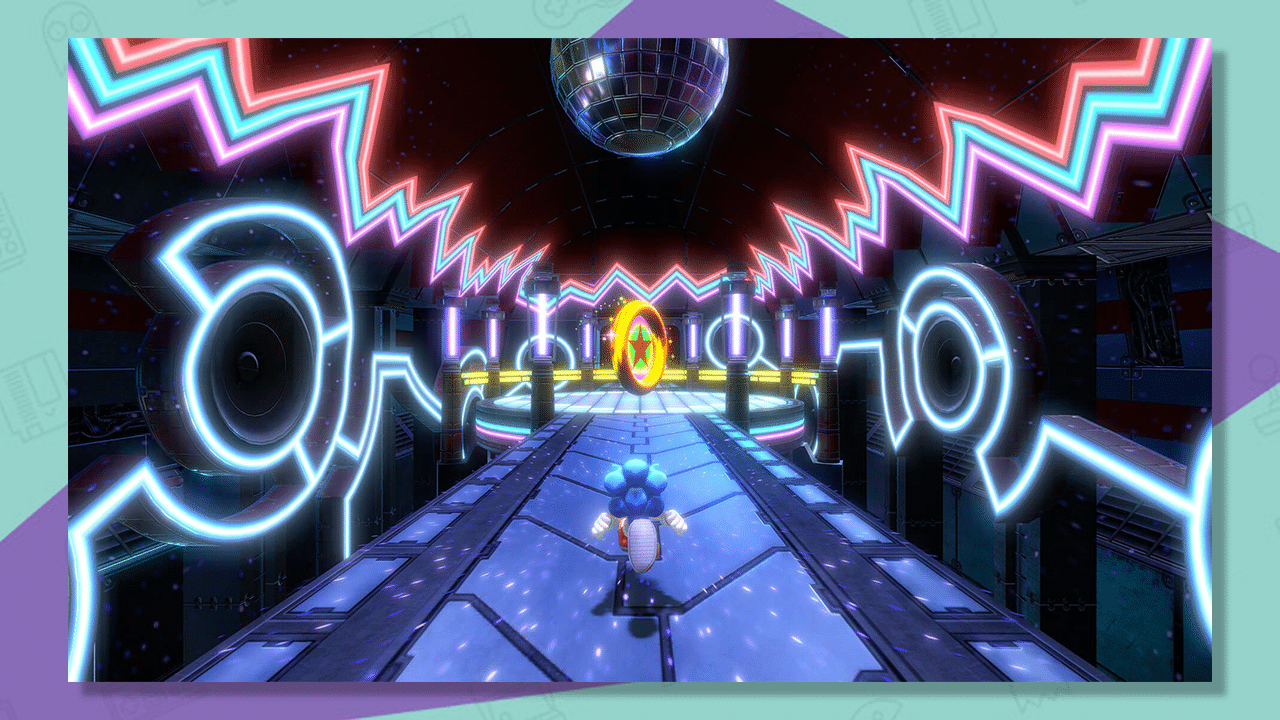
It’s not all great news as some of the boss battles can feel particularly bland and repetitive and Sonic Colours can also be frustratingly difficult in places.
If you can overlook these minor hundrances though you’ll be in for a swell time. Whether you play the Wii original or the 2021 remaster, Sonic Colours is an essential purchase for Sonic fans.
17. Sonic Adventure 2 (2001)
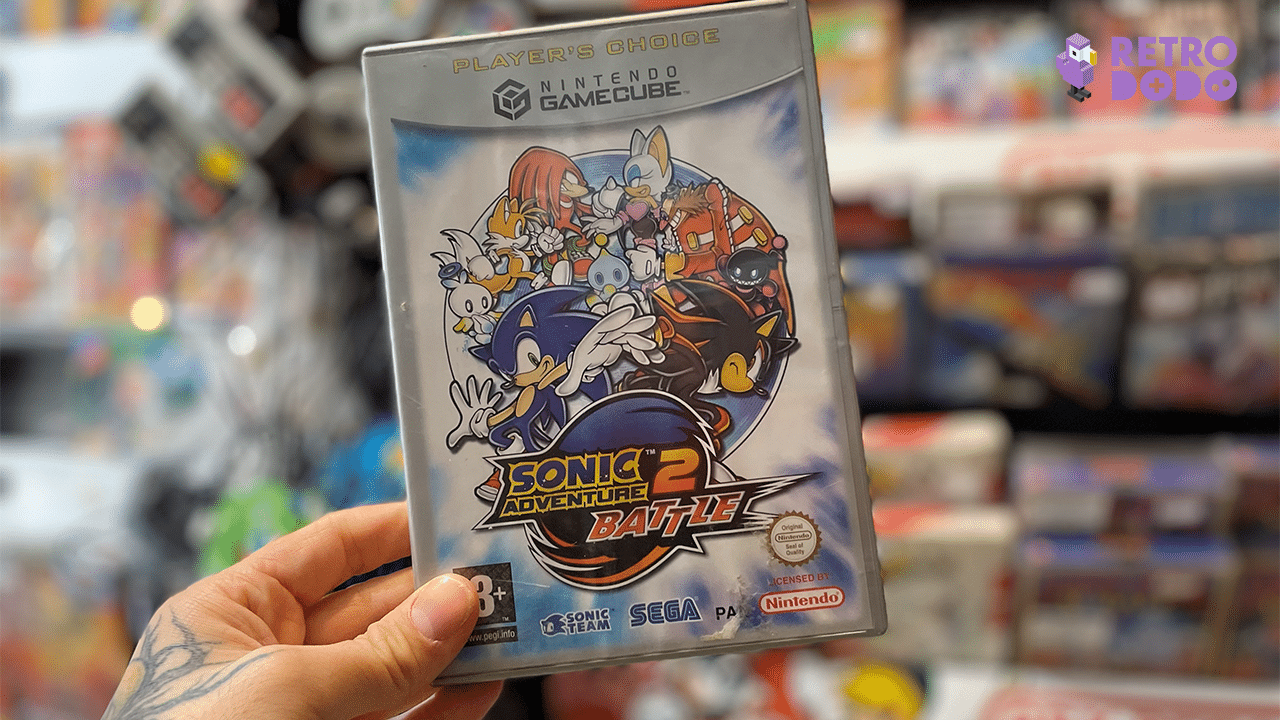
Sonic Team USA built on the success of Sonic Adventure with this direct sequel. The impressive speed from the first Sonic Adventure is maintained with a solid 60fps refresh that’s as smooth as Eggman’s head.
Perhaps the biggest, and most impactful achievement of Sonic Adventure 2 was the introduction of Shadow The Hedgehog.
The ‘ultimate life form’ is the perfect rival for Sonic, with his own super speed and brutal strength making him a fearsome opponent for Big Blue.
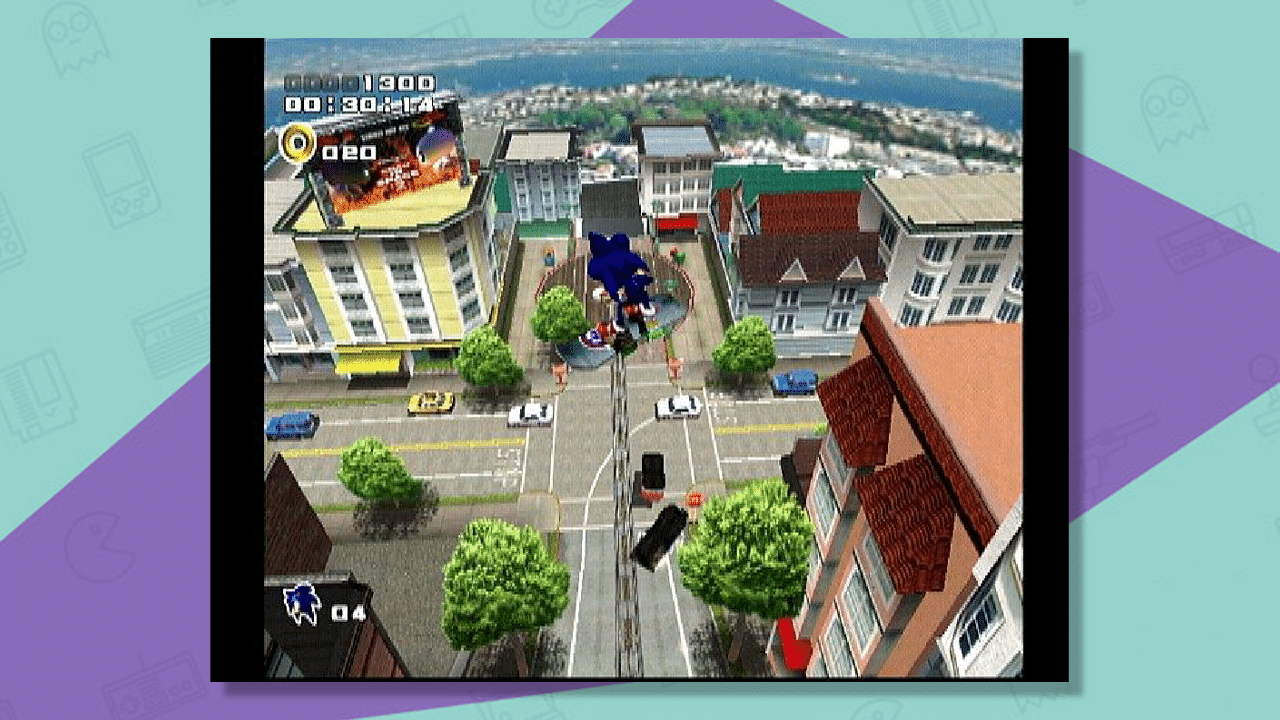
Like almost every other 3D Sonic game, the camera is often the toughest enemy to overcome but the juice is worth the squeeze with creative level design that pairs gorgeous visuals with a thumping and era-appropriate soundtrack.
An expanded version known as Sonic Adventure 2: Battle was released for the GameCube in December 2001 after Sega pulled out of the console business. The rerelease added some nicer textures and environmental details along with an overhaul to the Chao system from the original game.
18. Sonic The Hedgehog 2 (Master System/Game Gear) (1992)

Released around the same time as Sonic’s second outing on the Mega Drive, this Master System and Game Gear entry acts as a direct sequel to the 8-bit Sonic The Hedgehog game.
The Blue Blur returns to rescue Tails after he’s kidnapped by Dr. Robotnik. This entry in the franchise did a better job of replicating Sonic’s Mega Drive moveset, with Sonic able to run around loops and even smash through certain walls across the games’ seven zones.
Sonic The Hedgehog 2 wasn’t shy to introduce its own ideas to the franchise though. The level goal signpost would now unlock bonuses depending on the image it settles on after spinning and Sonic can make use of some fun new transportation options.
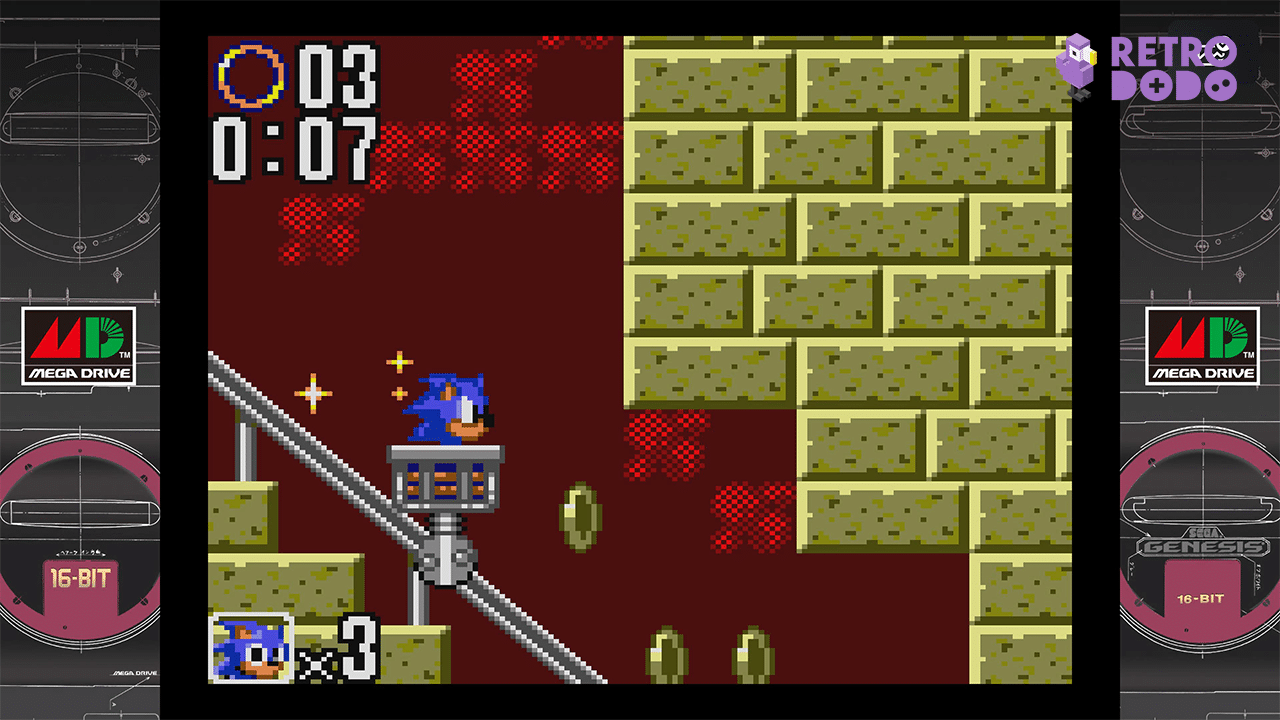
Channeling his inner Indiana Jones, Sonic can hop aboard a mine cart to rush through downhill sections or he can take to the skies and glide through the air on a hang glider.
The latter of which adorns the box art seen above and is some peak Sonic imagery from the early 1990s.
Sonic The Hedgehog 2 narrowly pips its predecessor as the best Sonic game on the Master System thanks to its new vehicle sections, Sonic’s improved mobility and a framerate that can finally keep up with our protagonist.
19. Sonic The Hedgehog (Master System/Game Gear) (1991)
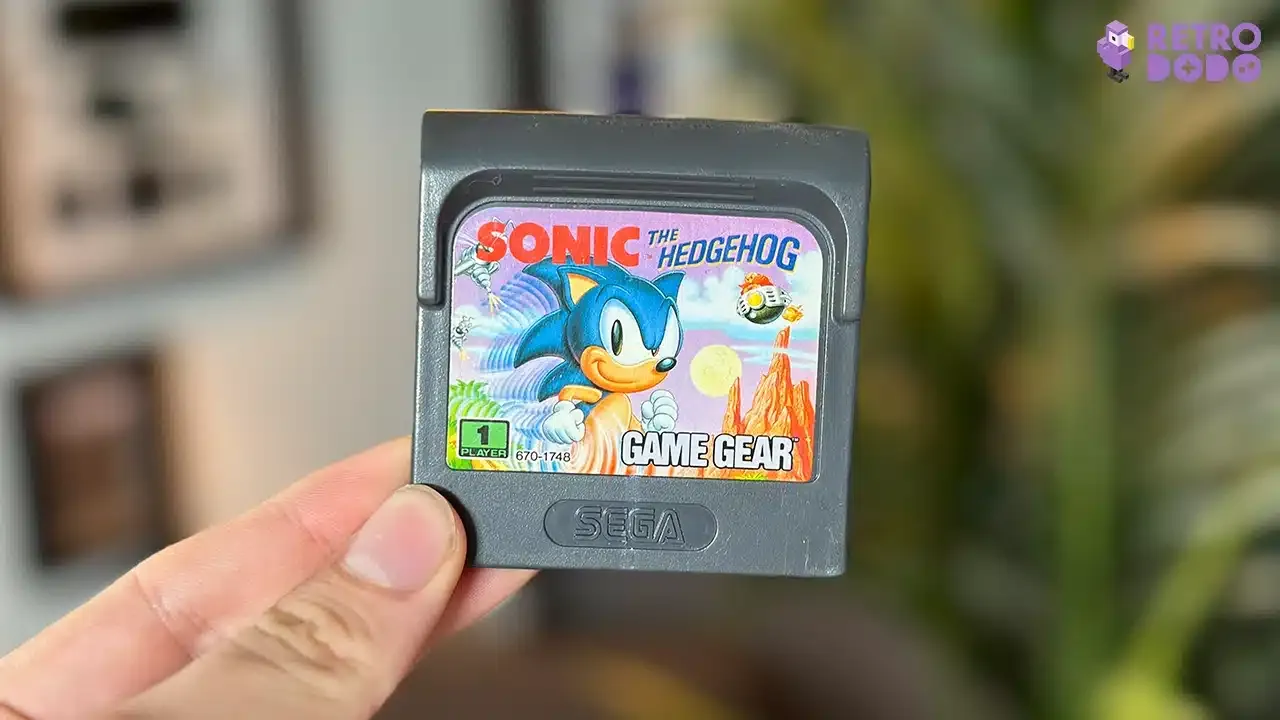
Arriving a few months after its Mega Drive counterpart, Sonic The Hedgehog for the Sega Master System and Game Gear saw Sonic racing around in 8-bit graphics for the first time.
‘Racing’ may be the wrong word to use here as the Master System version of Sonic The Hedgehog runs considerably slower than the Mega Drive title.
While ‘slow’ may be a detrimental description for most Sonic games, Sonic The Hedgehog’s slower pace on the Master System allows players to focus on exploration across the six different zones.
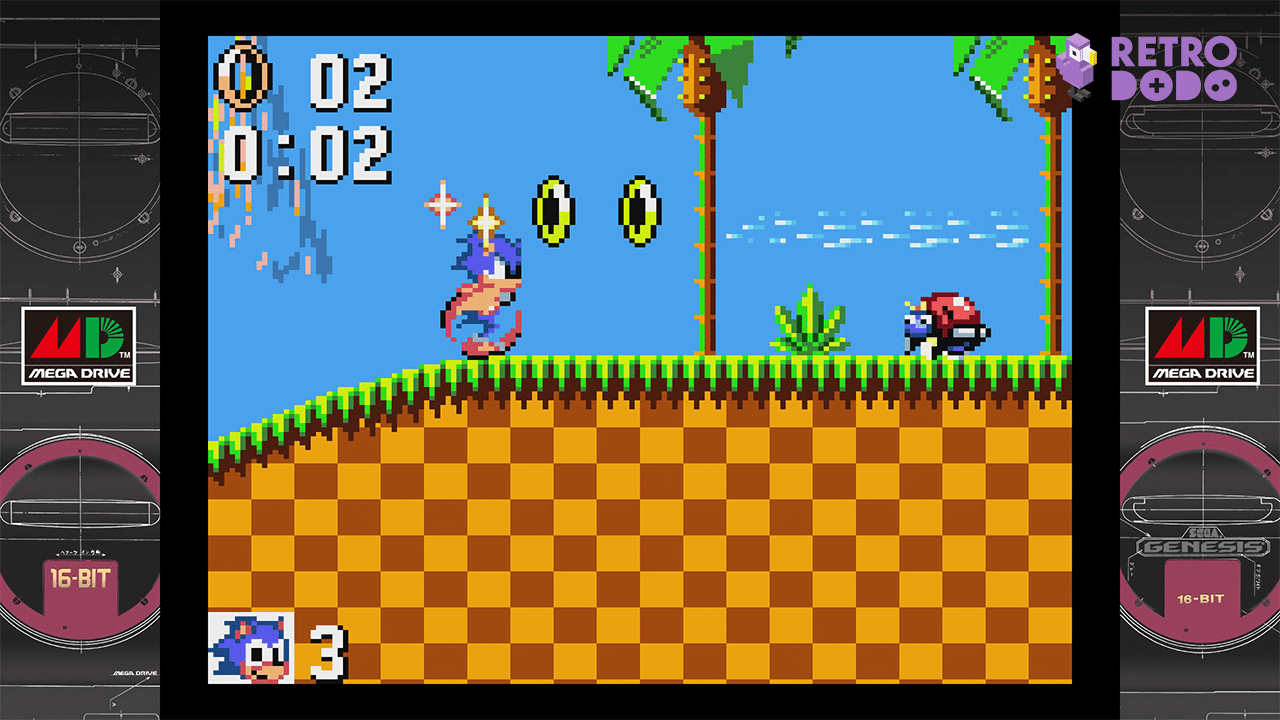
While none of the Zones are direct copies from their Mega Drive appearances, the iconic Green Hill Zone, Labyrinth Zone and Scrap Base Zone all feature, but with different layouts to suit the limited Master System hardware.
Sonic The Hedgehog on Master System and Game Gear includes a couple of rare level designs for 2D Sonic games as well. The second acts for Bridge Zone and Jungle Zone see the titular ‘hog moving against a constantly scrolling screen and a vertical level map respectively.
20. Sonic Adventure (1998)
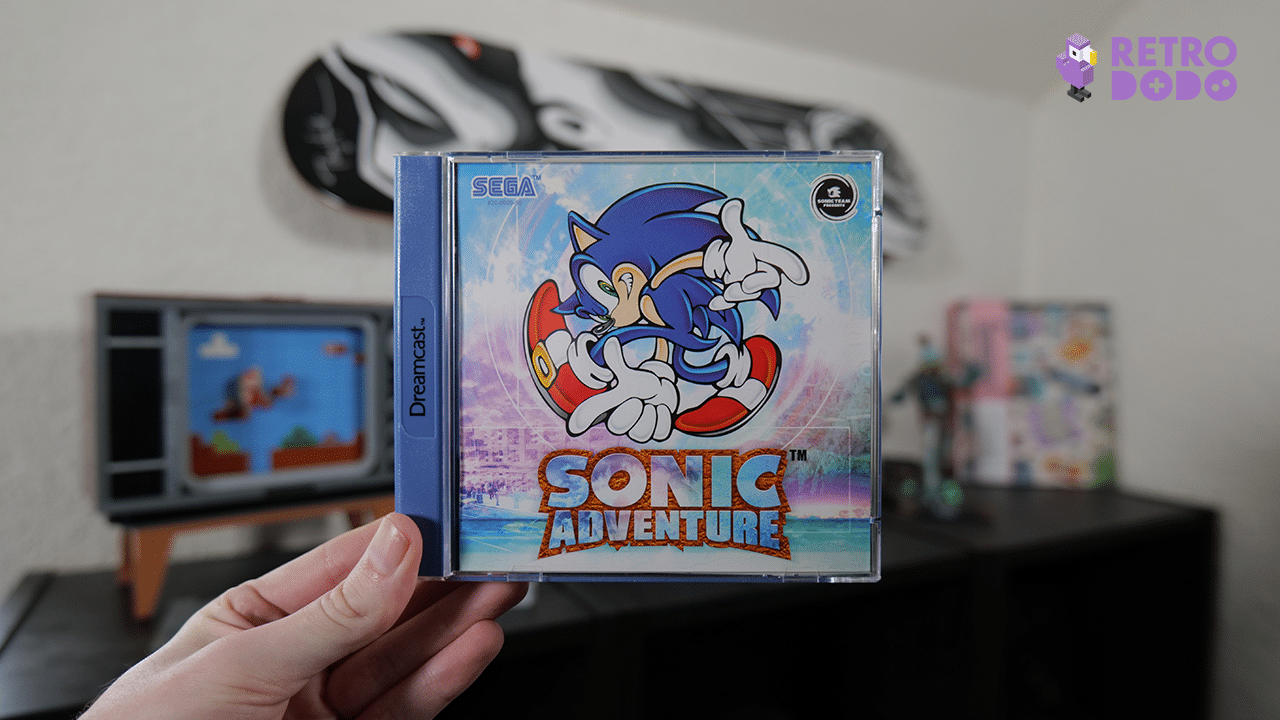
Sonic’s first fully 3D title, Sonic Adventure, heralded a new era for Sonic The Hedgehog. While the Blue Blur had technically entered the third dimension in Sonic 3D Blast, Sonic Adventure was the first title that saw Sonic break free of his 2D restrictions.
Sonic Adventure has some open world elements with Sonic and chums able to explore various Adventure Fields and meet an assortment of NPCs. The Adventure Fields function like hub worlds for Sonic, providing him access to the more frantic, and appropriately named, Action Stages.
The Action Stages are blisteringly fast and accompanied by an iconic rock soundtrack full of pop-punky anthems and squealing guitars.
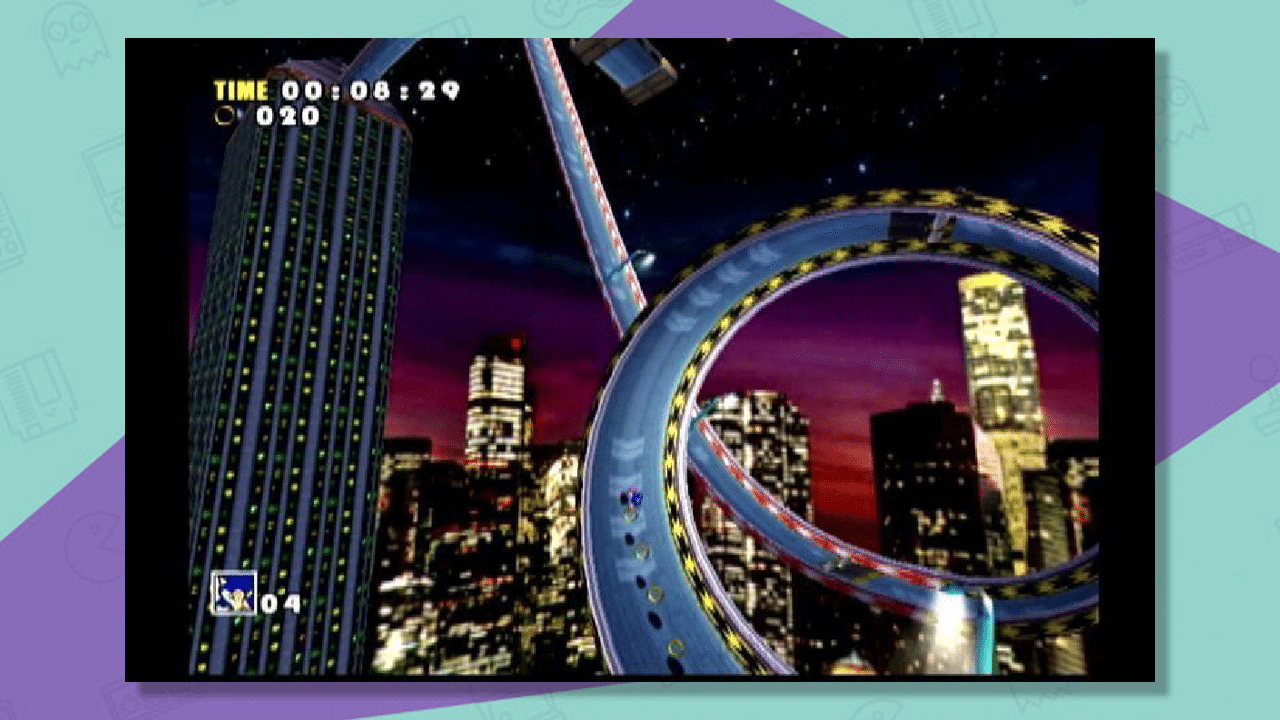
Sonic Adventure has an impressive roster of playable characters including Tails, Knuckles and Amy, alongside newcomers Big The Cat and E-102 Gamma.
Each character has their own storyline to follow and gameplay mechanics. Big The Cat even introduced fishing to the Sonic series with his minigames focused on catching his pet Froggy.
The Chao Garden also debuted in Sonic Adventure, allowing players to rescue and raise the cute critters and fall head over heels in love with these virtual pets.
Sonic Adventure is one of the most important entries in the Sonic franchise and essential purchase for anyone with access to a Dreamcast.
21. Sonic Dream Team (2023)
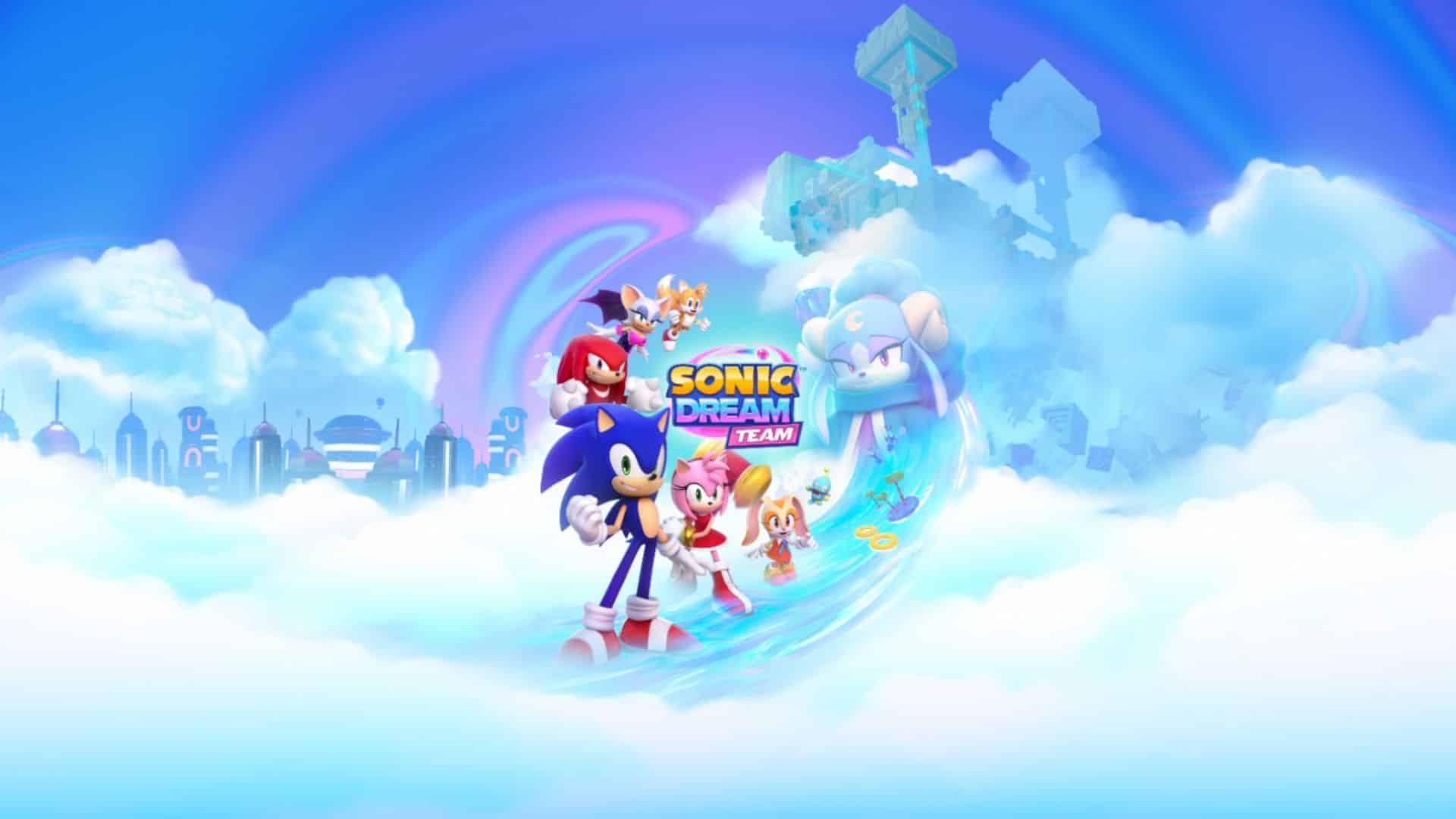
The most recent Sonic game on our list, Sonic Dream launched on my birthday last year (thanks Sega).
Robotnik has made his dreams come true, literally. The mad Doctor has created a vibrant dreamscape to bring his imagination to life by using an ancient artifact called the Reverie.
This is obviously bad news for Sonic, Tails, Amy Rose, Cream The Rabbit, Knuckles and Rogue as the six heroes must infiltrate Robotniks dreams, Inception style.
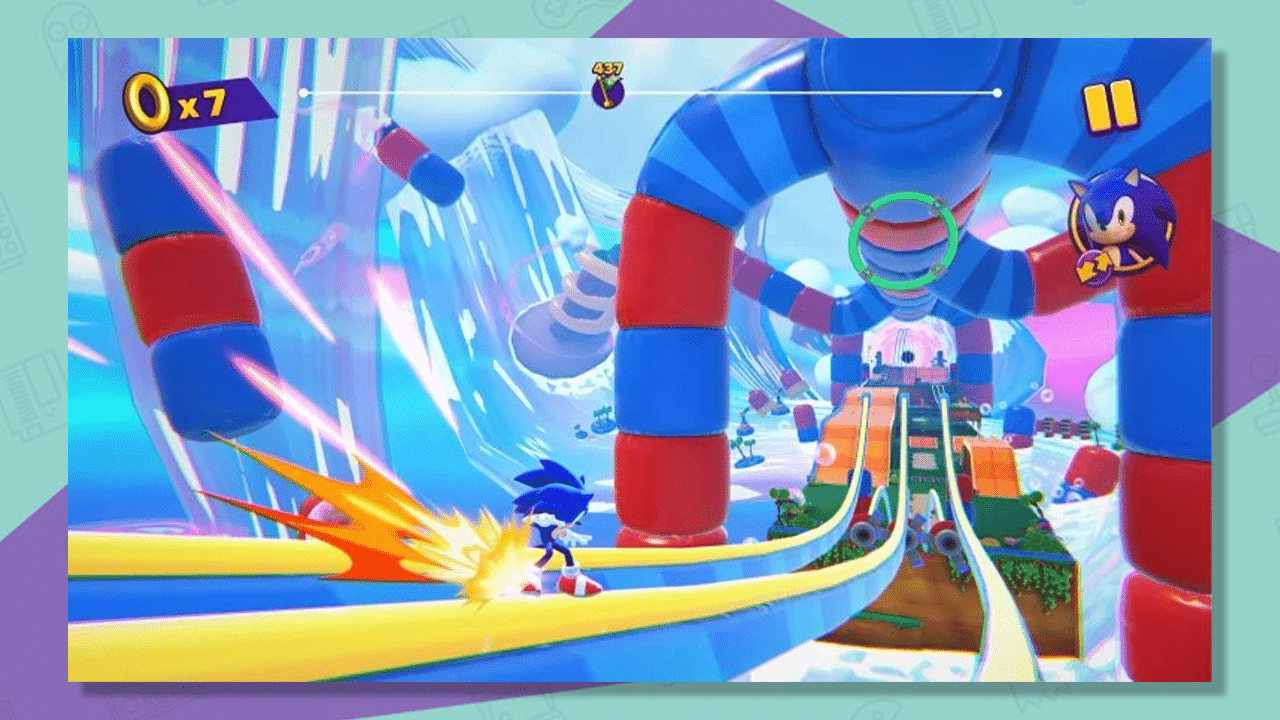
Sonic Dream Team propels players into a series of wildly imaginative semi-open world levels and lets them traverse each stage by making use of half-pipe style ramps and tight bobsledding runs.
Blasting through Sonic Dream Team for the first time won’t take players very long but additional challenges and multiple player characters will keep fans entertained for hours.
While Sonic Dream Team is currently an Apple Arcade exclusive, it would be great if it eventually makes its way to other platforms for even more players to enjoy.
22. Sonic Heroes (2003)
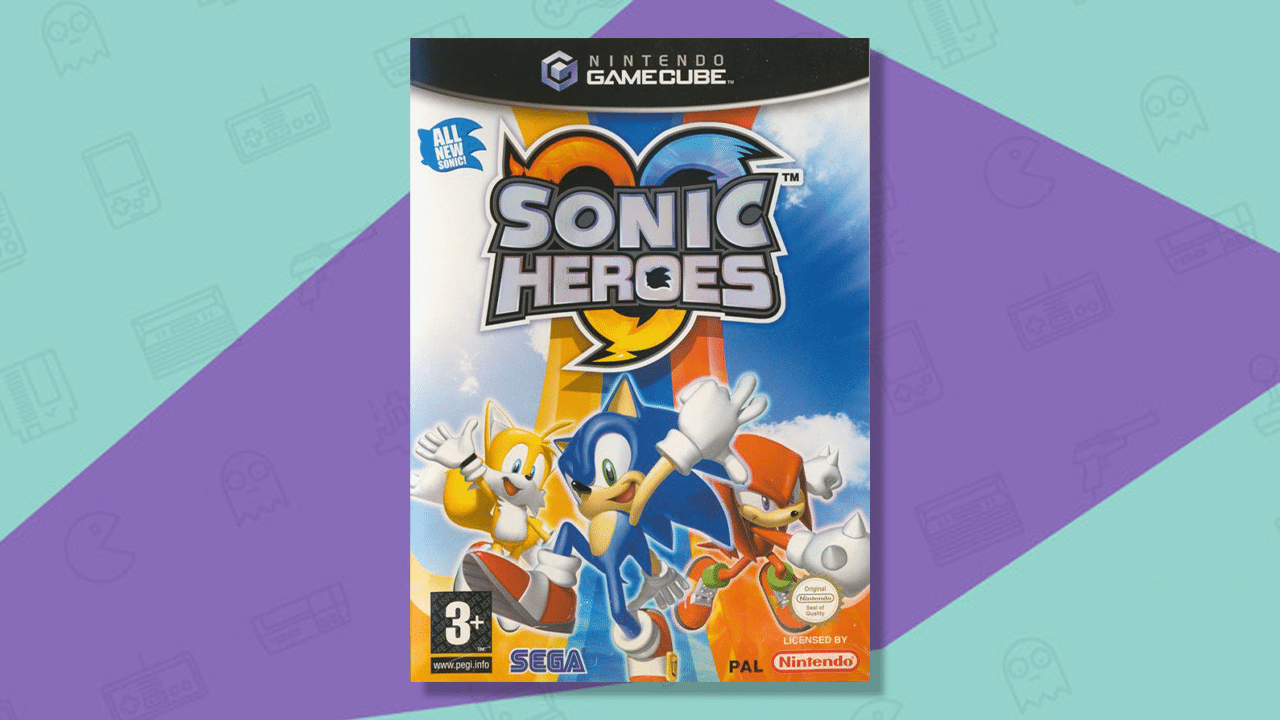
Sonic Heroes is the final mainline Sonic game to appear on the sixth console generation and the first multi-platform Sonic title.
players control three characters at once across four different teams. Each team has a speed character, one who can fly and a powerhouse. Team Sonic for example combines the abilities of Sonic, Tails and Knuckles in those respective roles where Team Dark sees Shadow The Hedgehog joining Rouge The Bat and a robot called E-123 Omega.
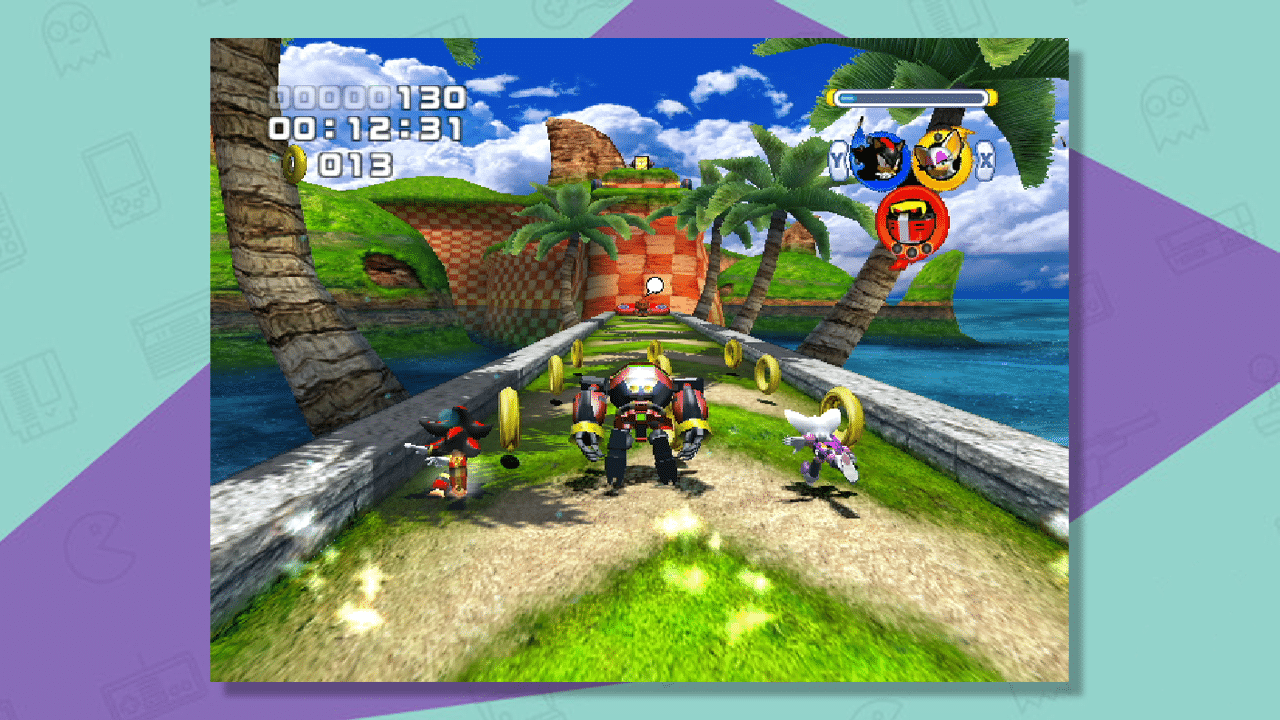
There’s tonnes of replay value in Sonic Heroes with each team having their own storyline to follow and unique endings to unlock.
Each level is brilliantly designed to make use of every team members abilities with every character feeling essential to progressing through this challenging 3D platformer.
23. Sonic Forces (2017)
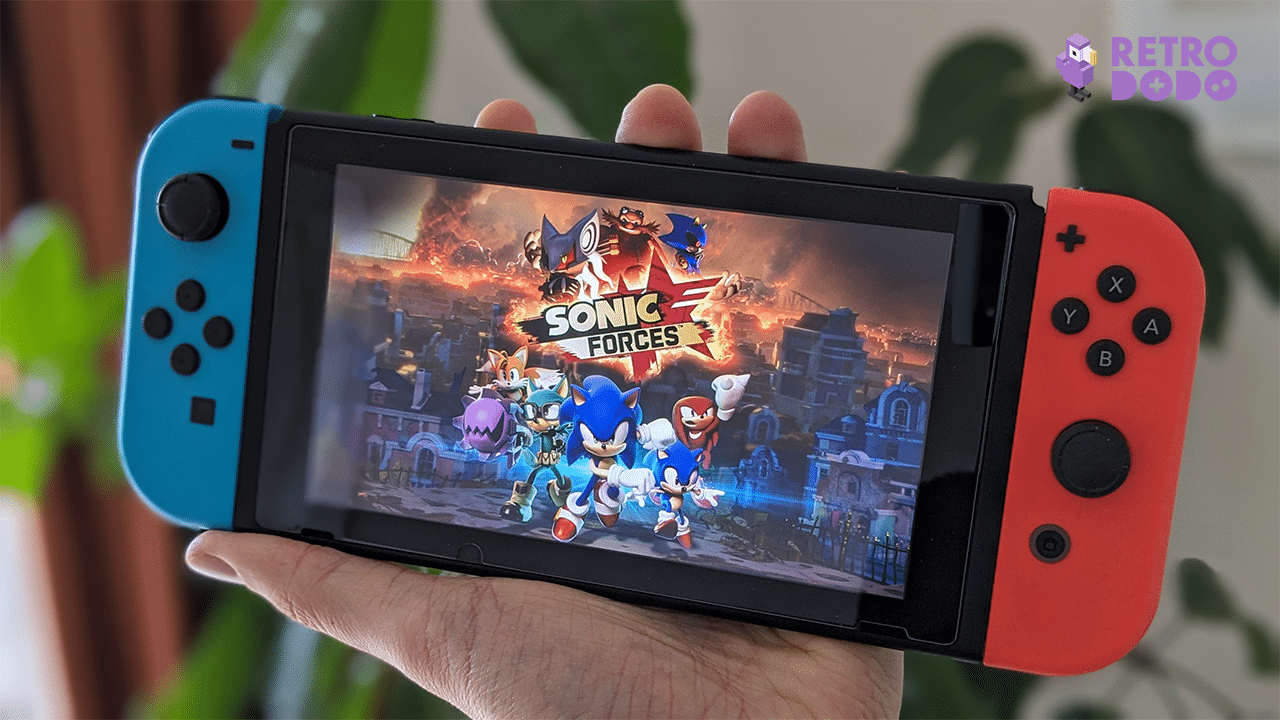
The opening to 2017’s Sonic Forces is surprisingly dark for a game about anthropomorphic woodland creatures fighting a man shaped like an egg.
Sonic is defeated early on by new baddie Infinite, then held hostage and tortured by Dr. Eggman for six months while he takes over the world, shaping it in his own image.
Classic Sonic enters the fray following the time-bending events at the end of Sonic Mania and a new, player created character, referred to only as ‘The Rookie’ rescues Modern Sonic and the three work together as part of The Resistance to defeat Eggman and Infinite for good.
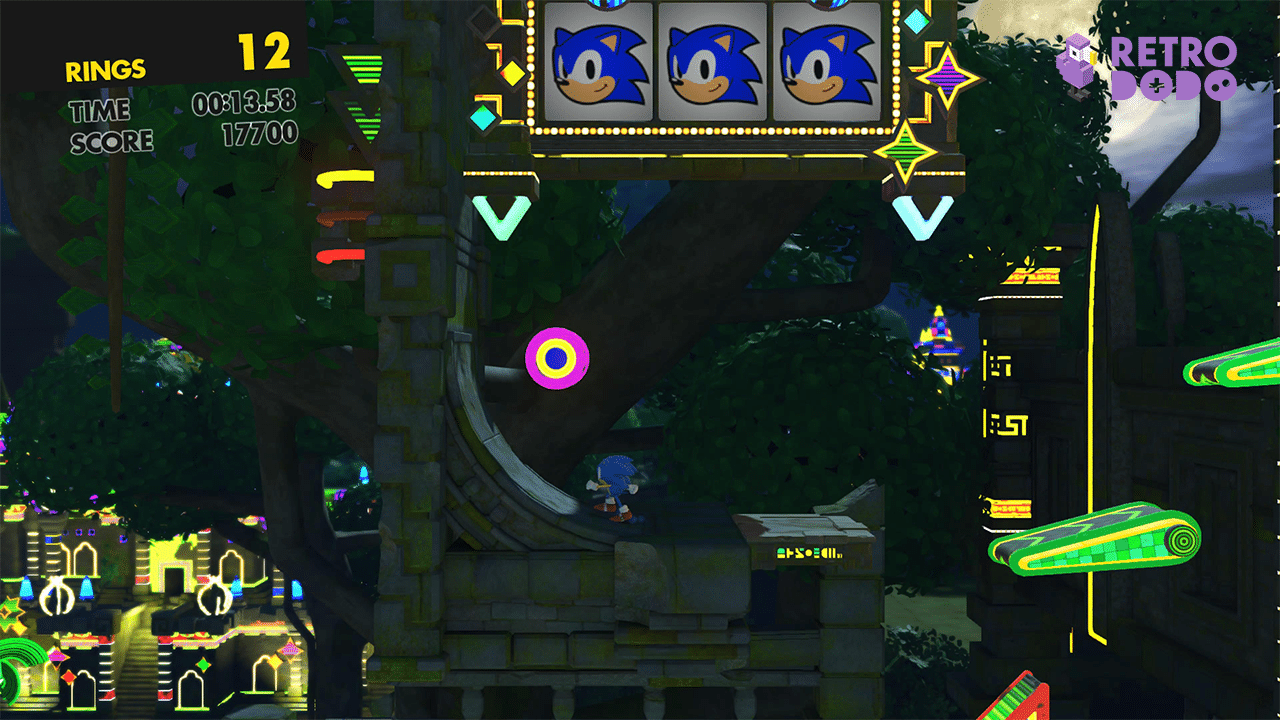
Sonic Forces allows gamers to play as the two versions of Sonic and The Rookie. Completing missions unlocks more customisation options for players to deck their Rookie out in.
Gameplay is similar to that found in Sonic Generations with the two different Sonics having their Classic and Modern playstyles while The Rookie weirds a grappling hook to help them through each level.
The darker tone and responsive controls help elevate Sonic Forces above some of Sonic’s previous 3D outings and that horsepower of the PS4 and Xbox One really bring the devastated environments to life.
24. Sonic Unleashed (2008)
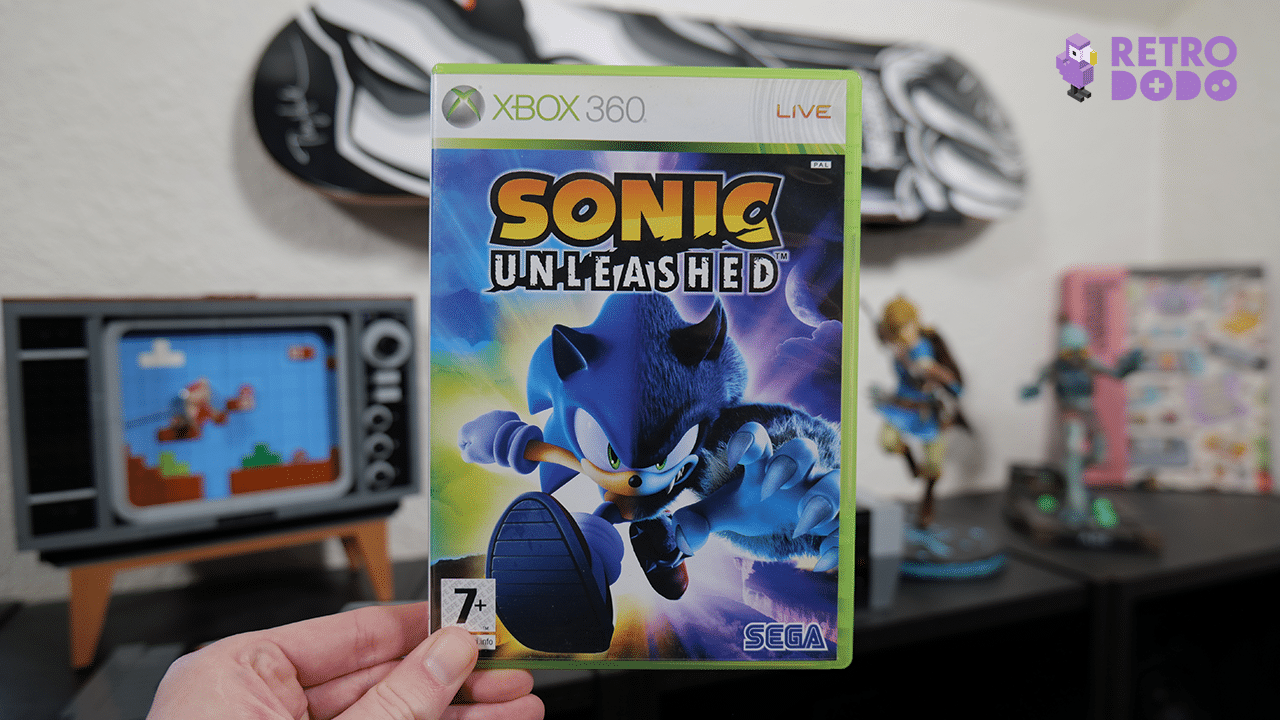
Werewolves in pop culture aren’t new. They appeared in European folklore in the Middle Ages and even earlier references to humans turning into wolves have been found in Ancient Greek literature.
What does that have have to do with Sonic, I hear you ask? Well, Sonic Unleashed, you guessed it, sees Sonic transforming into a a were-hog.
Eggman has summoned a mighty beast called Dark Gaia and its appearance has somehow triggered Sonic’s nightly transformation into a monstrous version of himself. Imagine The Incredible Hulk, but blue and you’re halfway there.
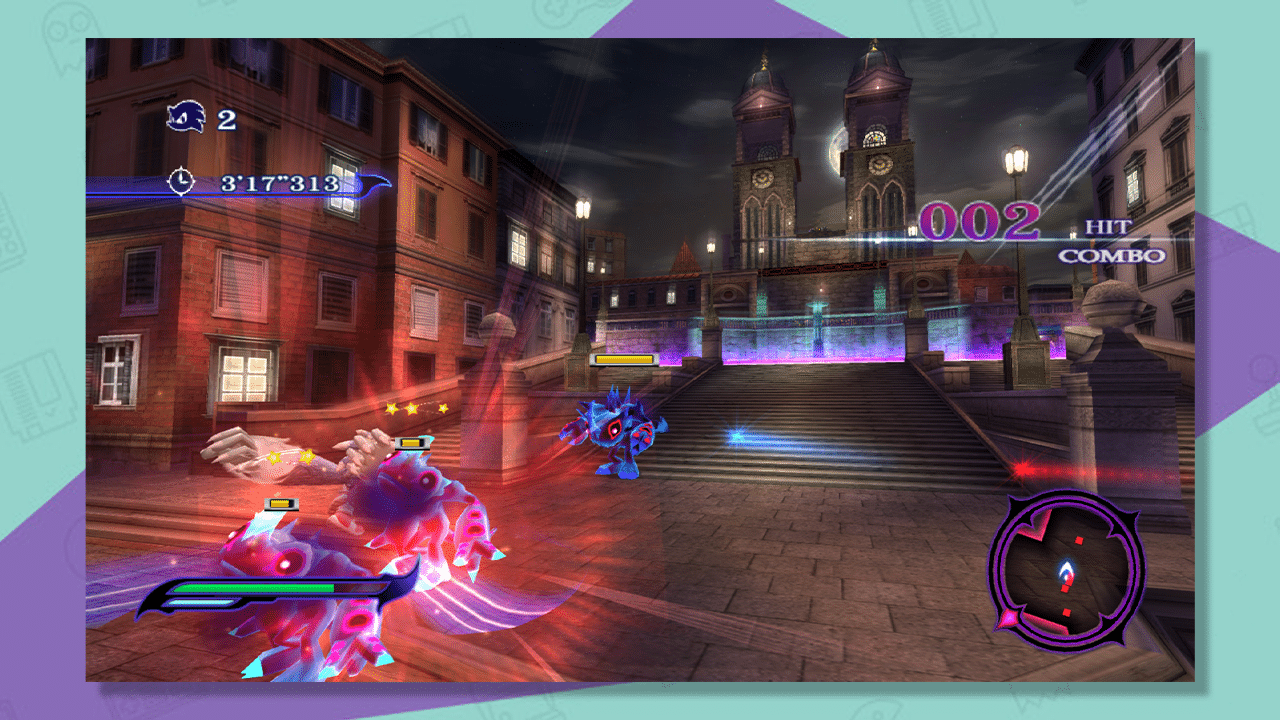
There’s a great juxtaposition between the two gameplay styles with regular ol’ Sonic hitting great speeds in beautiful daytime courses and Sonic the Werehog doing his broody, smashy routine at night.
Sega’s fledgling Sonic Engine produced some stunning graphics for Sonic Unleashed, and while the infamous combat-focused Werehog sections aren’t everybody’s cup of tea, they do serve a nice change of pace from the high-speed antics of regular Sonic.
25. Sonic 3D Blast (1996)
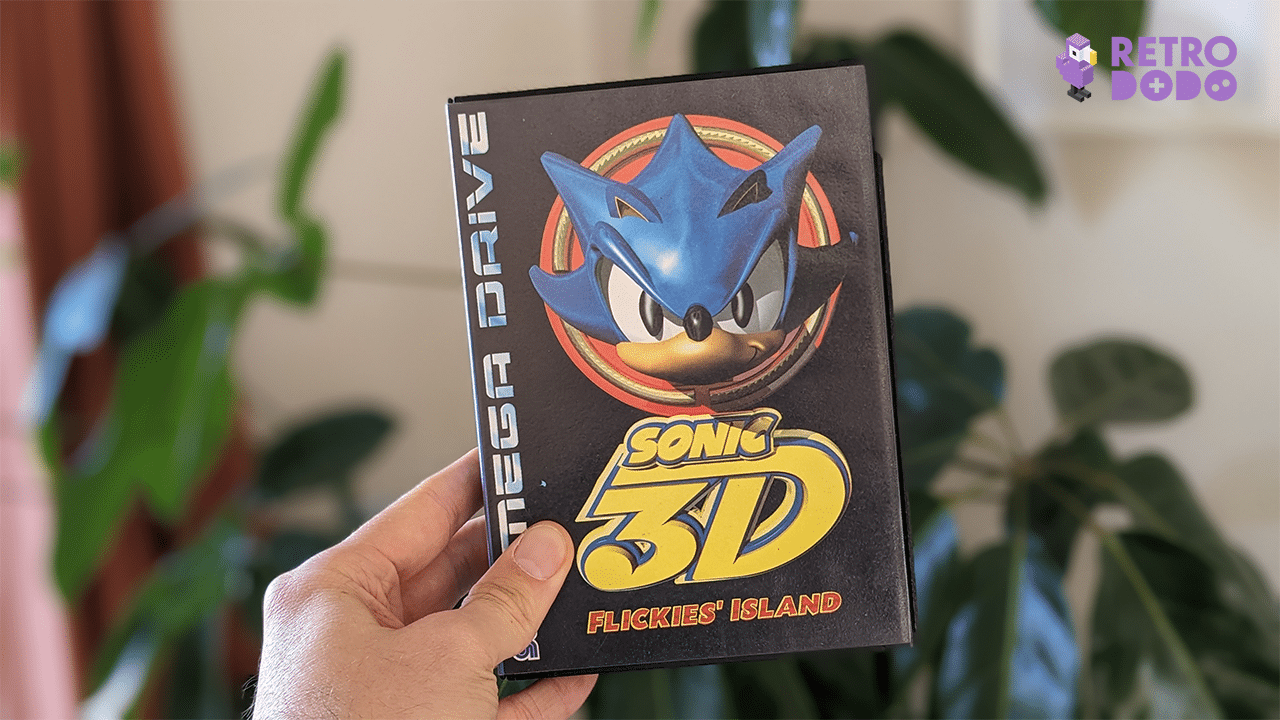
Sonic’s first foray into the the third dimension featured the iconic Sega mascot darting around an isometric world gather up flicky birds that have been imprisoned in badniks by Dr. Robotnik.
3D Blast was developed by UK based studio Traveller’s Tales and features an entirely original cast of bad guys for Sonic to overcome in each of the games’ eight stages.
Sonic 3D Blast required players to navigate each environment, destroying all of the badniks before using the liberated flickies to unlock gates to progress.

Seeing Sonic from all angles was a novel treat as a youngster and the game still holds up today. It’s not the easiest game to pick up and play thanks to a camera that sometimes makes it hard to determine if you’re going to land a hit on an enemy or land short and take a dusting yourself.
While I still regularly jump into the Mega Drive version (known as Sonic 3D: Flickies Island here in the UK), there was also a port for the Sega Saturn which features improved screen resolutions and special stages reminiscent of Sonic The Hedgehog 2’s half pipe challenges.
26. Sonic Triple Trouble (1994)
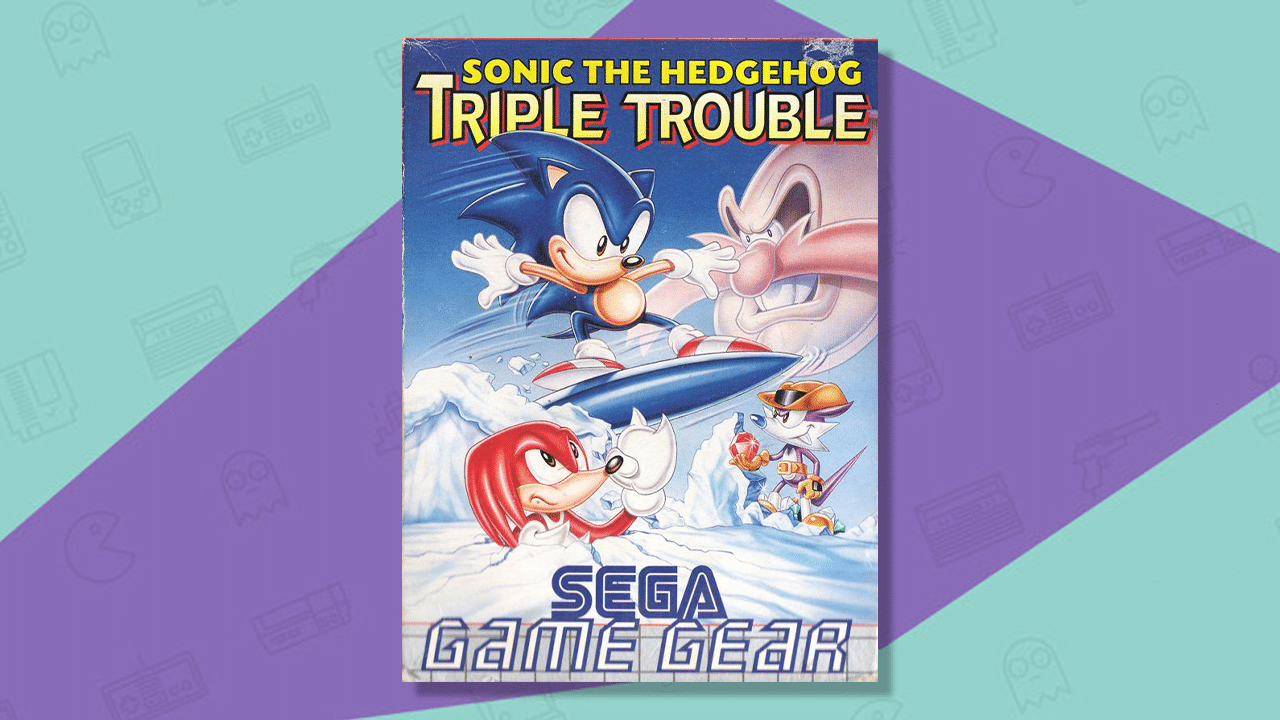
Robotnik is up to no good once again in Sonic Triple Trouble and this time he has a couple of partners to help him in his evil ways.
The dastardly Doctor has tricked Knuckles into helping him find the Chaos Emeralds while Fang the Hunter makes his antagonistic debut as Nack the Weasel.
Gameplay is similar to the other Sonic titles on the Game Gear with players lacing up the running shoes of Sonic or Tails to collect rings and bounce on badniks.
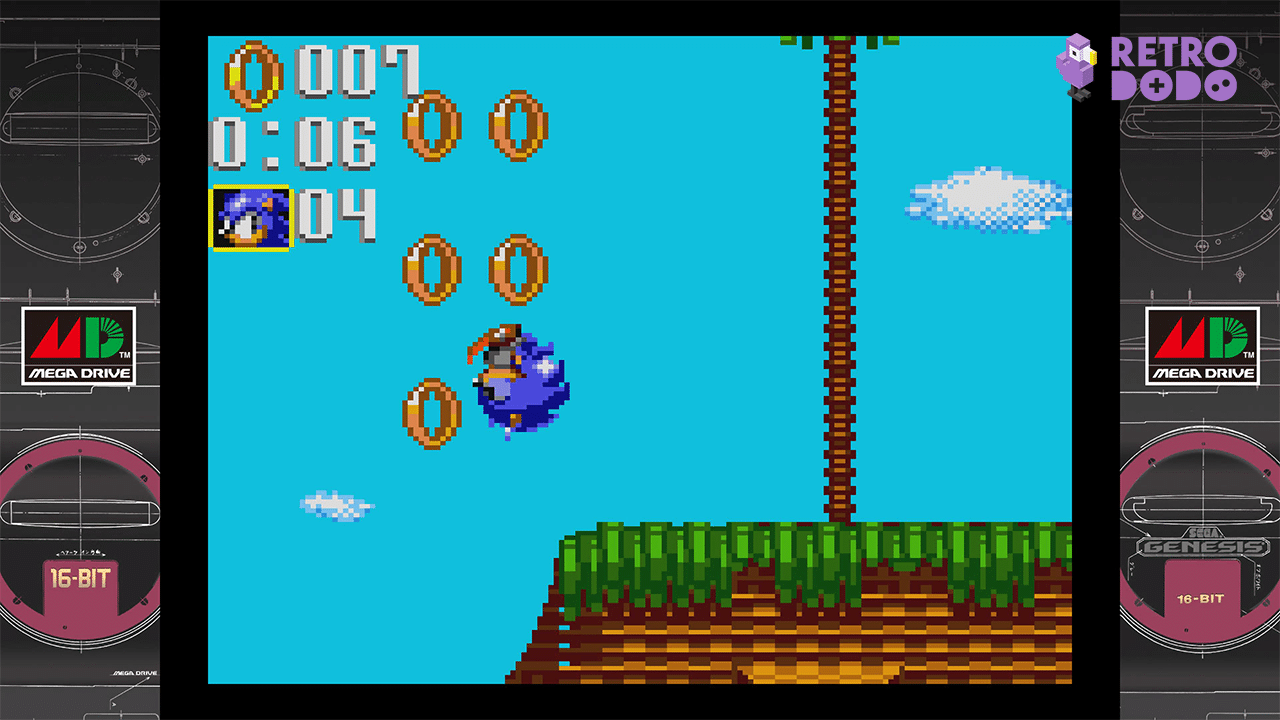
What makes Sonic Triple Trouble stand out from the crowd is the inclusion of different vehicles for Sonic and Tails to pilot. Sonic has a funky jet-board while Tails can make use of his trusty Sea Fox boat.
Sonic Triple Trouble isn’t the longest game in the series but with two different endings to unlock and two different characters to play as there’s some incentive for repeat visits.
It’s also worth keeping your eyes peeled during the end credits for a ‘Special Thanks’ credit for one “H. Kojima”.
27. Sonic And The Black Knight (2009)
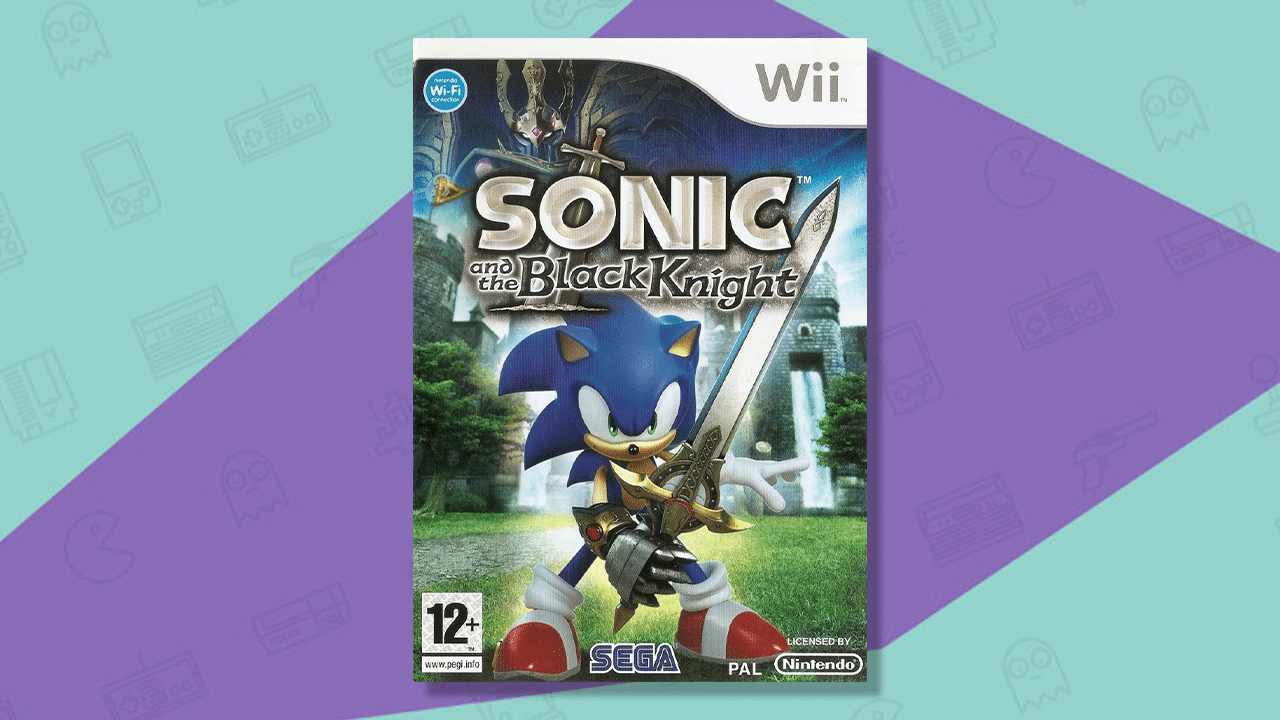
The second and final Sonic Storybook Series game (see Sonic And The Secret Rings below for more on that), sees Sonic diving headlong into Arthurian Legend.
This Nintendo Wii exclusive is known for giving Sonic an armoured gauntlet and chuffing great sword for him to swing around as he embarks on a quest to defeat evil in a realm of knights and wizards.
The Black Knight turns this 3D Sonic into a hack and slash adventure game along a set path where Sonic can battle enemies and find power ups in the shape of fairies.
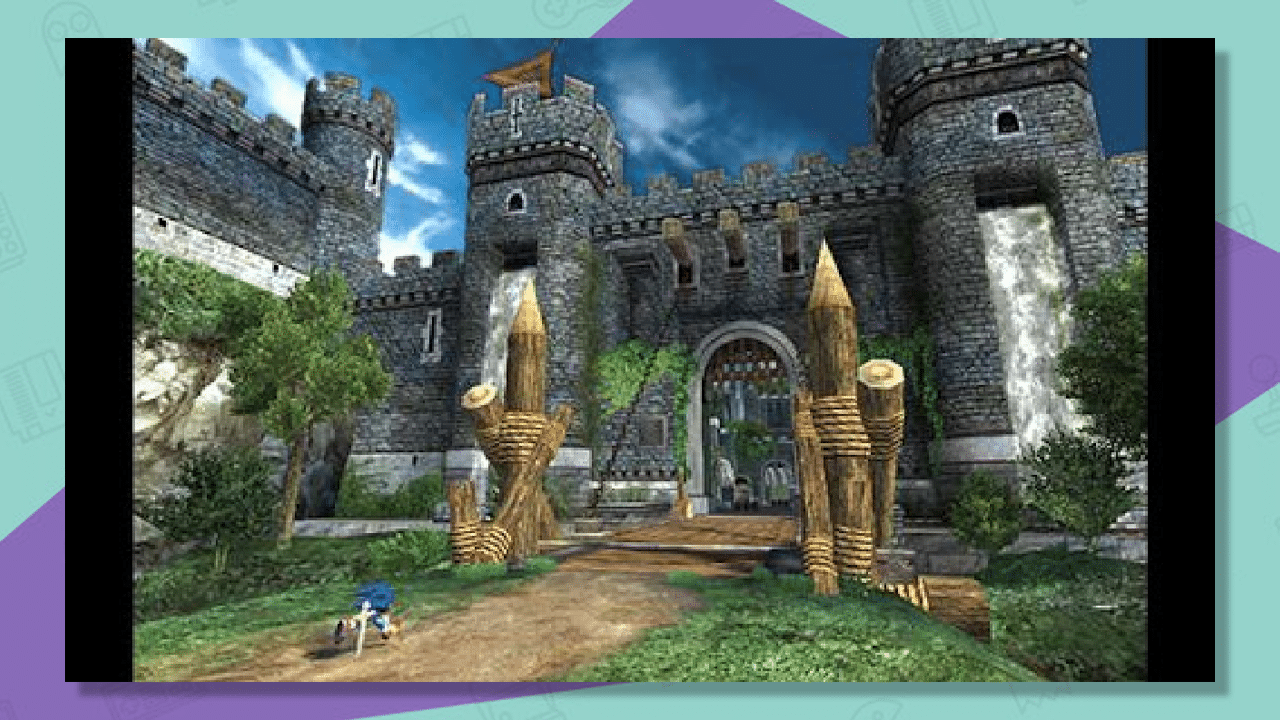
Sonic And The Black Knight features a host of regular Sonic sound smiths on the soundtrack with Howard Drossin, Jun Senoe and Richard Jacques all crafting toe-tapping music for Sonic to swing his sword to.
Familiar Sonic characters pop up to lend a hand, albeit in alternative reality versions of themselves. A Particular highlight is witnessing Tails take on the role of Blacksmith within Camelot, offering to mend Sonic’s sword whenever he needs it.
28. Sonic And The Secret Rings (2007)
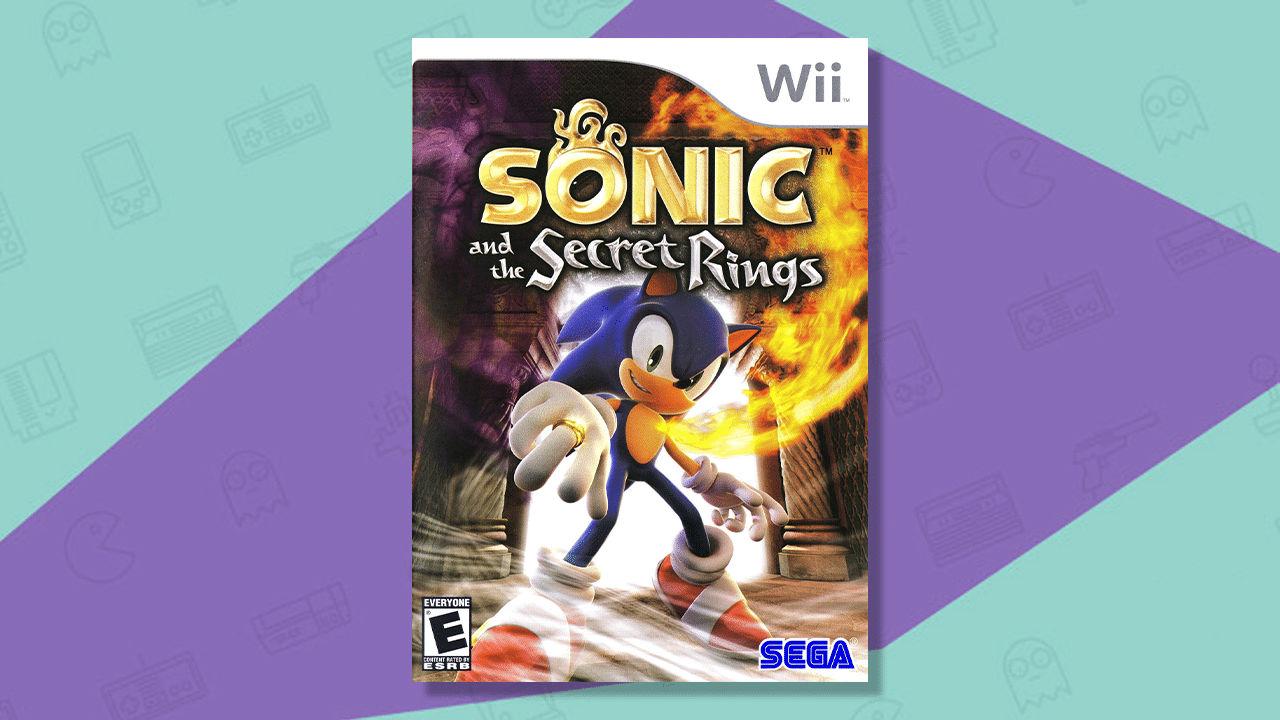
During the late 2000s, Sega struck a deal with Nintendo to bring several Sonic games to the Nintendo Wii as exclusive entries in the long-running franchise.
The first title born from that partnership was Sonic And The Secret Rings. The Secret Rings ushered in a new take on the blue hedgehog in what was known as the Sonic Storybook Series.
The Sonic Storybook Series sees Sonic travelling into various storybooks to defeat evil forces that don’t have ‘Dr’ or ‘Robotnik’ mentioned anywhere in their rosters.
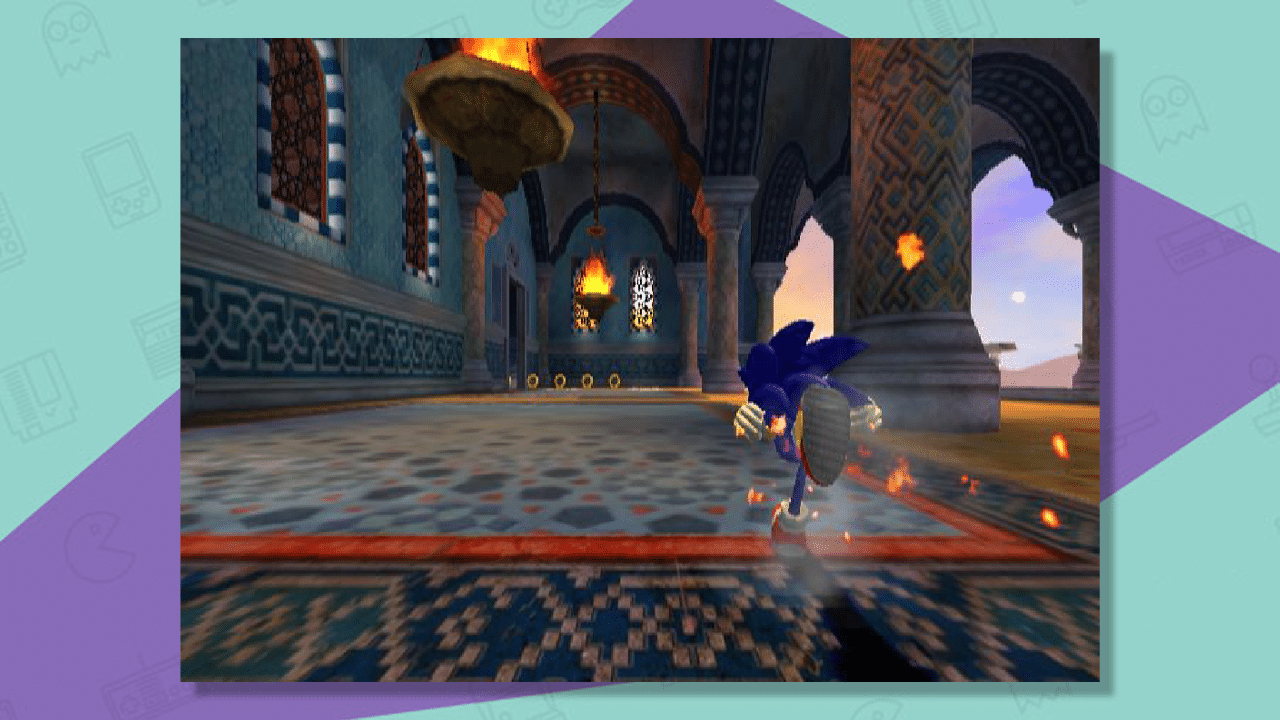
Sonic And The Secret Rings takes place within the tale of Arabian Nights. Sonic awakens from a nap to discover a genie that whisks him into a the fairytale land.
What follows is a bizarre adventure where Sonic must use new abilities to free the people from an encroaching darkness.
Gameplay is also a departure for the series with Sonic running through levels on rails and gaining XP from defeating enemies and clearing stages, allowing him to level up and gain even more techniques.
It goes without saying that Sonic And The Secret Rings is a little weird but definitely worthwhile for fans looking to see Sonic broaden his horizons.
29. Sonic Lost World (2013)
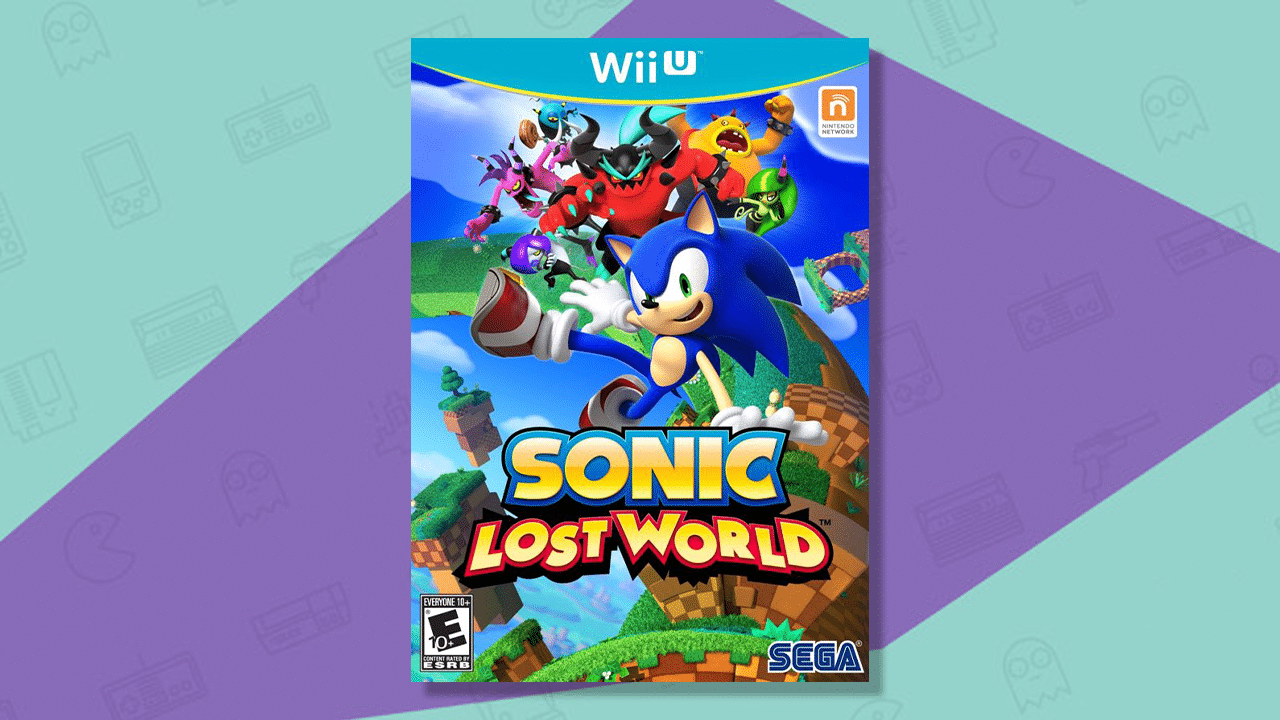
I love a story that forces former enemies to work together to defeated a larger threat. Sonic Lost World sees The Legendary Blue Hedgehog teaming up with Dr. Eggman to defeat an alien tribe known as the Deadly Six.
There’s a good balance of 2D and 3D levels on offer here with each one providing vibrant and colourful assault courses for Sonic to parkour over.
That’s right, Sonic has clearly been watching Jump London or that episode of The Office where Andy Bernard jumps into the refrigerator box. The little blue speedster can even be seen busting a parkour inspired leap over the games’ title on the box art.

The Wisps from Sonic Colours make a welcome return as power ups for Sonic to use as he traverses the world of the Lost Hex.
These entirely new levels are formed around gigantic cylinders, allowing Sonic to run around them in the same way that Mario runs around planets in the Mario Galaxy games.
Each level has various branching paths that create a sense of exploration and discovery, with alternative routes providing a reason for multiple playthroughs.
30. Sonic Boom: Fire & Ice (2016)
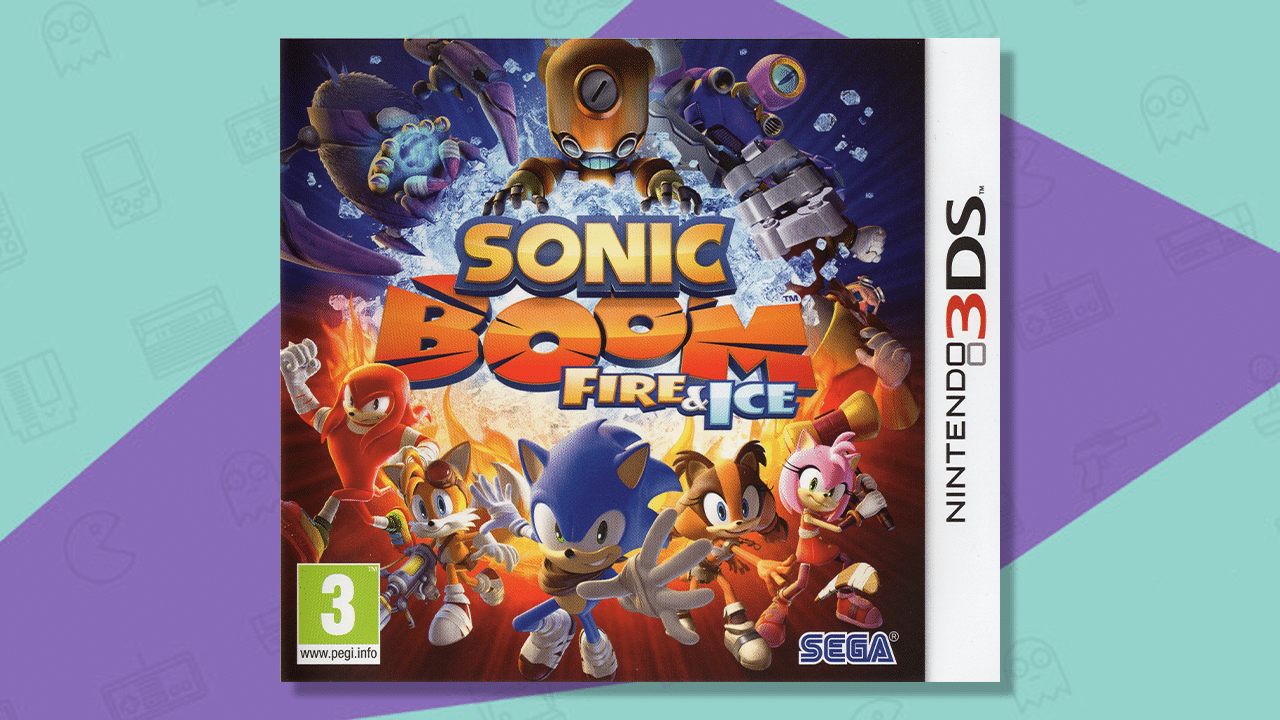
Hands down the best Sonic Boom title on our list, Fire & Ice for the Nintendo 3DS runs rings around both Shattered Crystal and Rise Of Lyric.
While Sonic’s defining character trait is arguably his super speed (being blue could be more defining to some), not many games after the classic era have successfully paired Sonic’s rapid movement with his penchant for exploration.
Despite all odds, Sonic Boom: Fire & Ice does manage to pull this delicate balancing act off. Just.
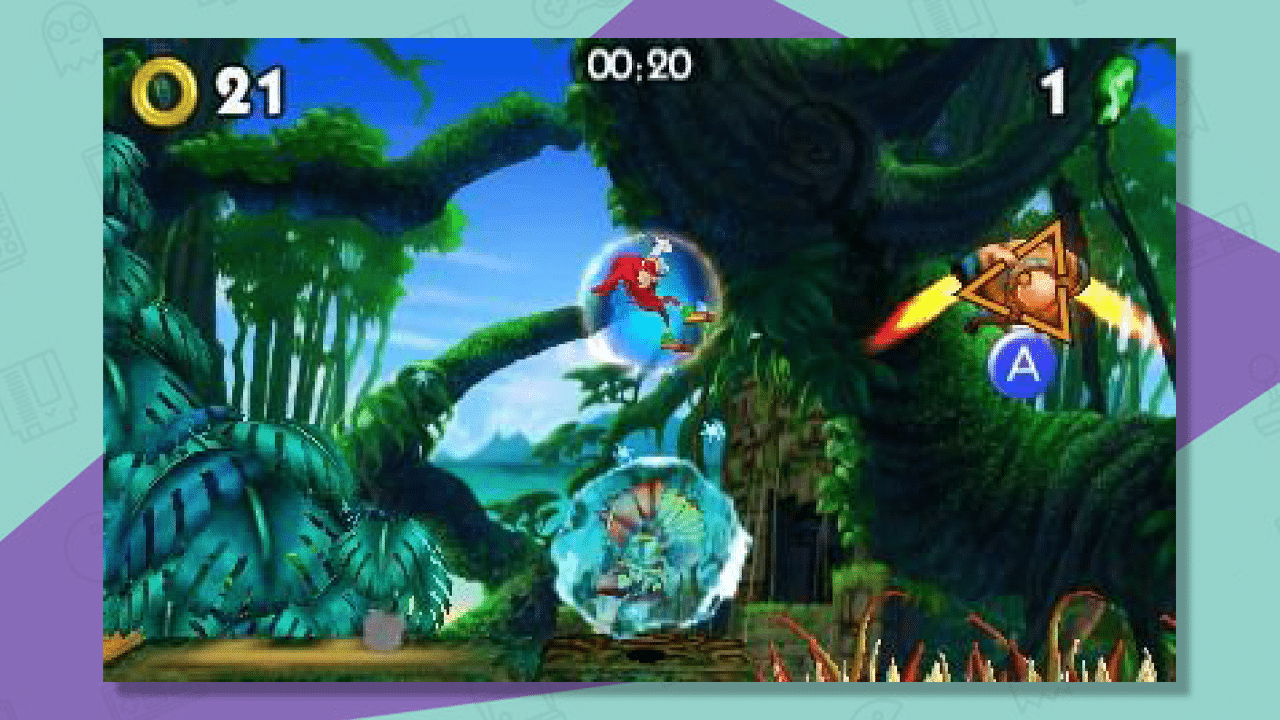
Fire & Ice is still not going to make it the top of any of our ‘best of’ lists, but the level design is well laid out enabling Sonic to reach top speed and stop and poke around without too many issues.
If you like Sonic and his pals redesigned threads for Sonic Boom then Fire & Ice is the best way to appreciate them outside of the animated series.
31. Sonic 4 (Episodes 1 + 2) (2010-2012)
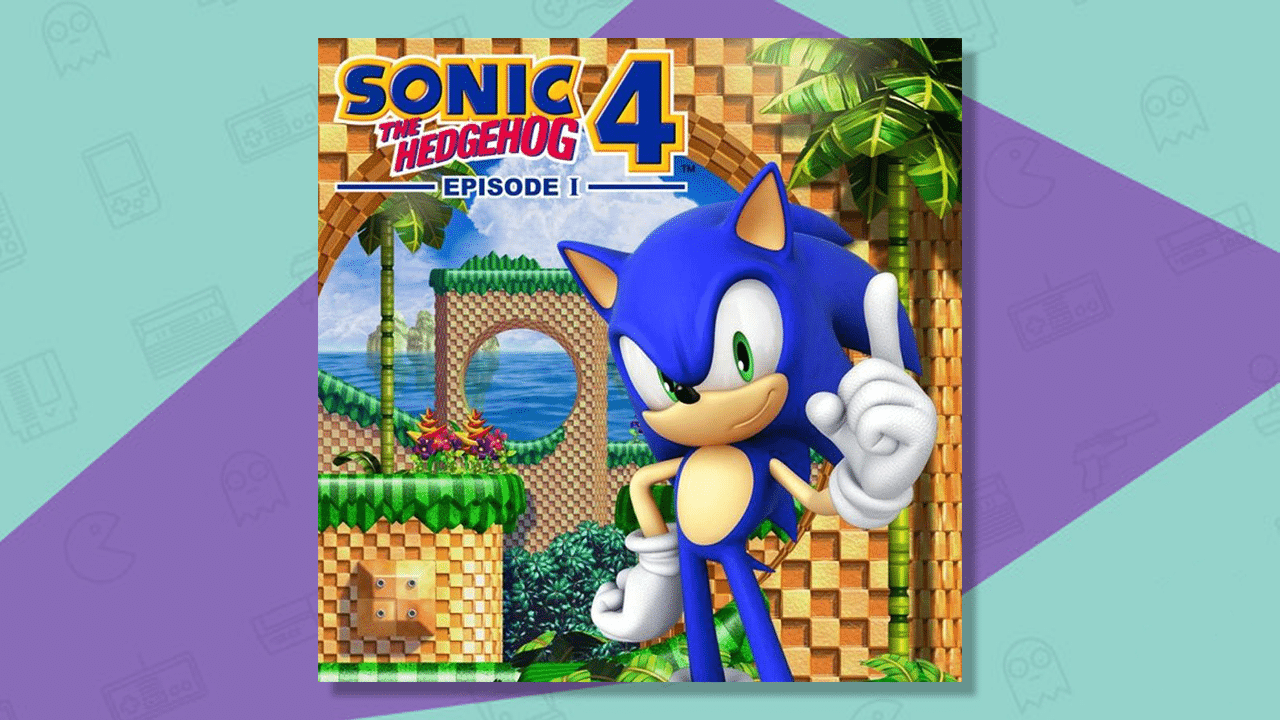
Billed as the fourth installment in the 2D Sonic series, Sonic 4 was an episodic, digital only title produced by long-time Sonic developers Dimps, in collaboration with Sonic Team.
Sonic 4′ plot is a direct sequel to Sonic & Knuckles and was originally conceived as a smartphone exclusive title although it appeared on PC, Xbox 360 and PS3 at launch.
The new shiny visuals give Sonic 4 a very plastic-y look, with every surface shining as if it’s wrapped in cling-film. Glaring visuals aren’t the worst of Sonic 4’s woes though as the physics engine sees Sonic fail to maintain any momentum, stopping the ‘hog in his tracks shortly after achieving any speed.
Sonic 4’s weird physics could also see Sonic ascending vertical surfaces simply by walking up them and dropping like a stone when in mid-air.
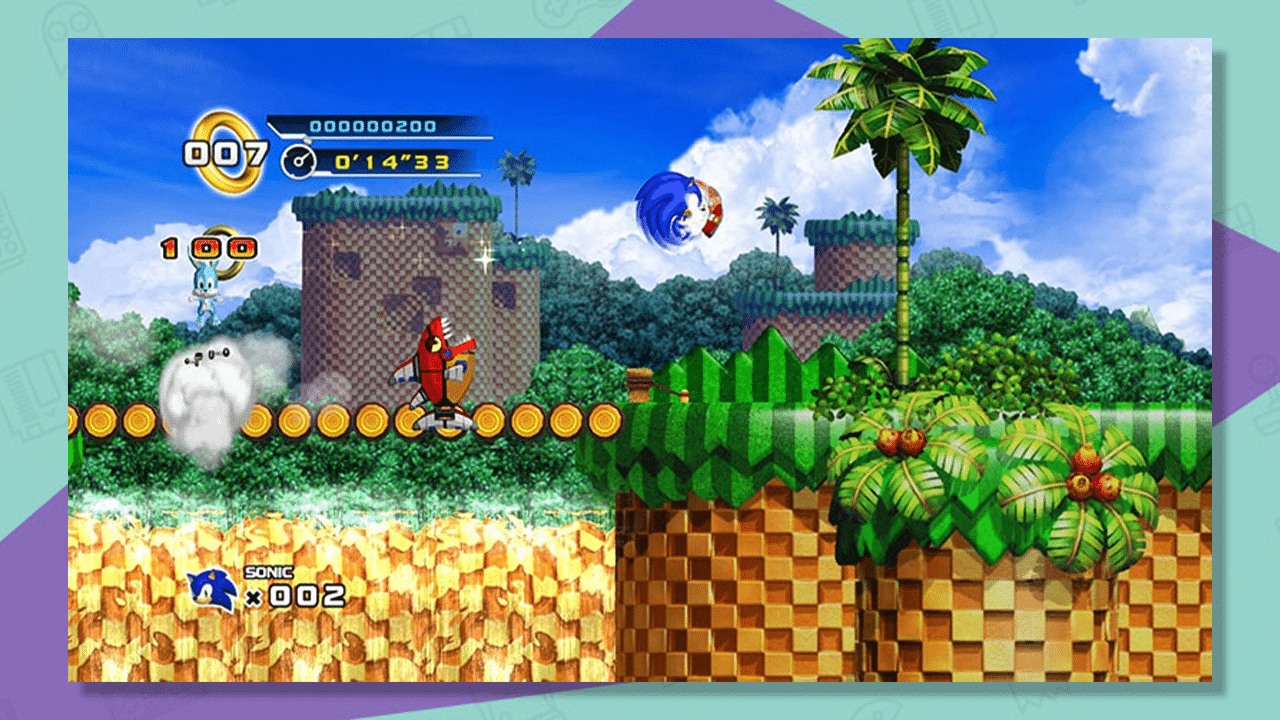
Sonic 4 Episode 2 fares a little better with level designs that see Sonic and Tails bouncing around at a faster pace, although, still with the same horrid physics engine. New combo moves were introduced in the second part with Sonic and Tails teaming up to hover over obstacles, roll into a giant ball or clear the screen of enemies.
Originally planned as a trilogy, the lukewarm critical reception ensured that the third episode was never produced and the project, much like Sonic, quickly ran out of momentum.
32. Sonic Chaos (1993)

The sixth mainline Sonic game to launch was Sonic Chaos during the Autumn of 1993. Sonic Chaos marked Sonic’s third appearance on the Master System and the Game Gear in two years.
A direct sequel to Sonic The Hedgehog 2 for the Master System, Sonic Chaos once again sees the fastest thing alive battling Dr. Robotnik for control of the Chaos Emeralds.
So far, so Sonic. What sets Chaos apart from the first two 8-bit Sonic games is that Sonic Chaos is an entirely new Sonic adventure and not an adaptation of the Mega Drive titles.
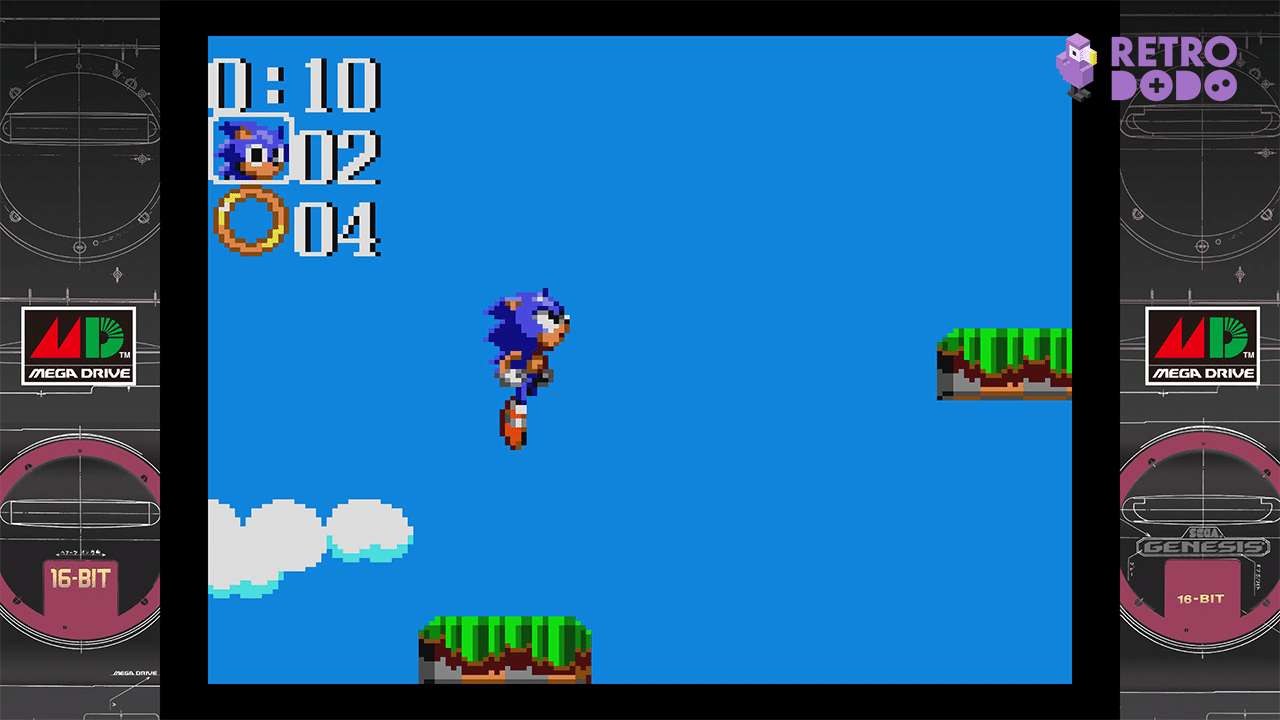
The original levels on offer in Sonic Chaos provide a nice setting for Sonic and Tails to run around in even if they don’t quite capture the vibe of the Mega Drive titles.
The Game Gear’s lack of horsepower means the Sonic Chaos is another slower paced titled, with low frame rates often making the game chug along. The platforming is sound though so if you have the patience for a slightly bland and lethargic Sonic title then it’s definitely worth a go.
33. Sonic Blast (1996)
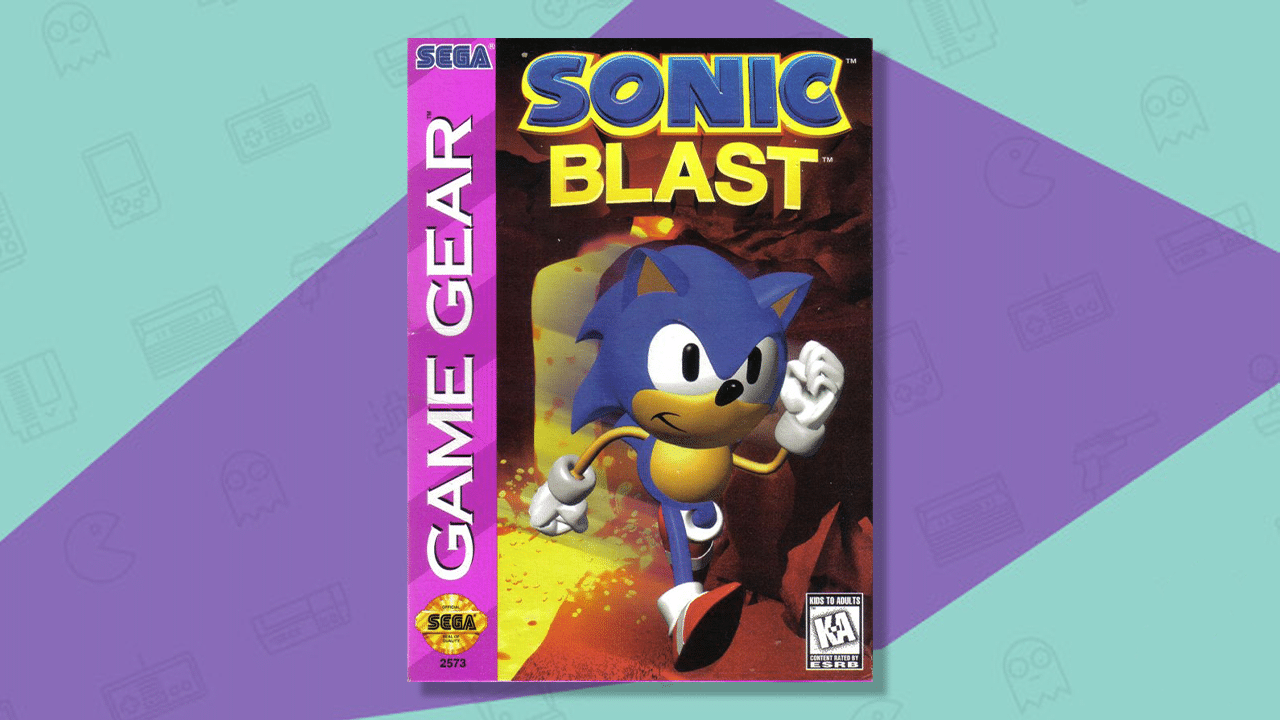
The final Sonic game to appear on the Game Gear, Sonic Blast is perhaps best known for its distinctive art style.
Following the critically acclaimed Donkey Kong Country on the SNES, Sonic Blast ditched 2D sprites in favour of pre-rendered characters and backgrounds. While technically impressive considering the limited power of the Game Gear, the graphical switch didn’t resonate with players.
The fluid gameplay that Sonic is known for was also sacrificed to bring the new visuals to life. Sonic and Knuckles felt sluggish and didn’t fit their environments well. Playing Sonic Blast feels like steering a Bentley around an inside go-kart track. You know the car looks good but it will never get enough speed to make the experience enjoyable.
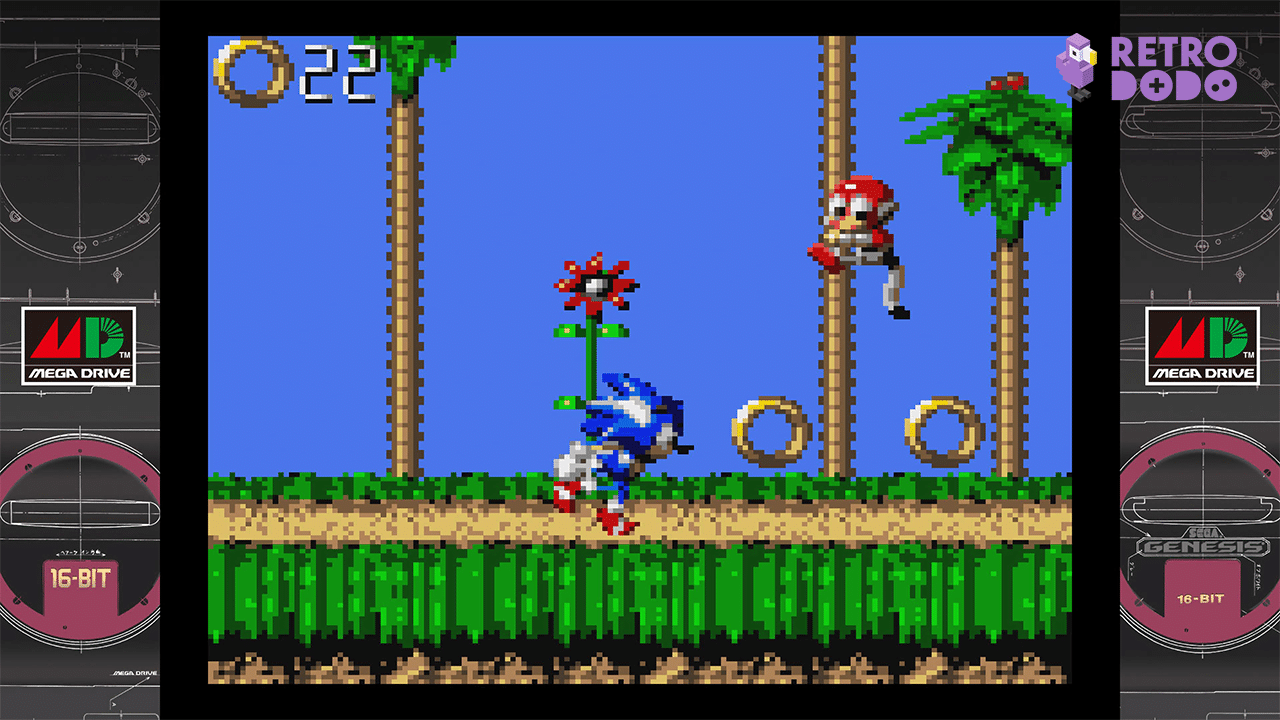
The slower pace also brought to light a reduction in animation quality, with Sonic and Knuckles both missing key animations when running through loops or entering a roll.
Sonic Blast is an interesting game to see the graphical limits of the Game Gear, but playing it for any amount of time should be reserved for only the most hardcore of Sonic fans.
34. Sonic Boom: Shattered Crystal (2014)
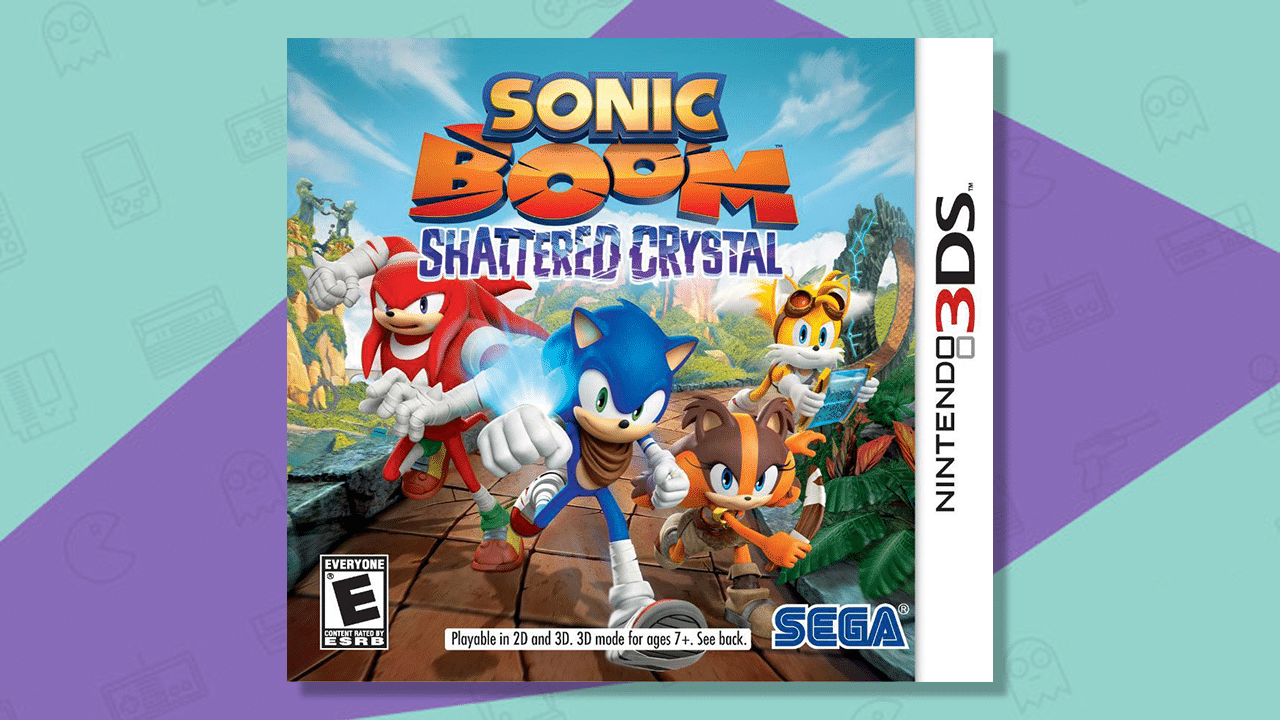
Sonic Boom: Shattered Crystal is the 3DS port of the Wii-U exclusive Rise Of Lyric. The game was developed by Sanzaru Games, best known as the studio behind the excellent Sly Cooper HD trilogy on PS3 and for their work on Spyro: Year Of The Dragon in the Spyro Reignited Trilogy.
Shattered Crystal fares better than its Wii-U counterpart by largely keeping the action confined to side-scrolling platforming. Sonic, Tails and Knuckles are all playable alongside a new character, the jungle badger, Sticks.
Gamers can race through each of the six main zones, swapping between the four characters instantly to make use of their unique abilities. Sonic uses his homing attack to unlock gates, Tails can fly up sheer cliffs, Knuckles can climb, glide and burrow and Sticks has a nifty little boomerang she can launch at enemies.

The platforming section in Shattered Crystal are functional but not without their flaws. There’s some fun to be had exploring the levels and discovering treasures but there’s enough tedious jumping across poorly designed stages to test even the most hardened Sonic fans’ patience.
Sadly, the story doesn’t do enough to encourage players to wade through the game and while the fun character designs are nice, Sanzaru did little to make their plight worth investing in.
35. Sonic The Hedgehog (2006)
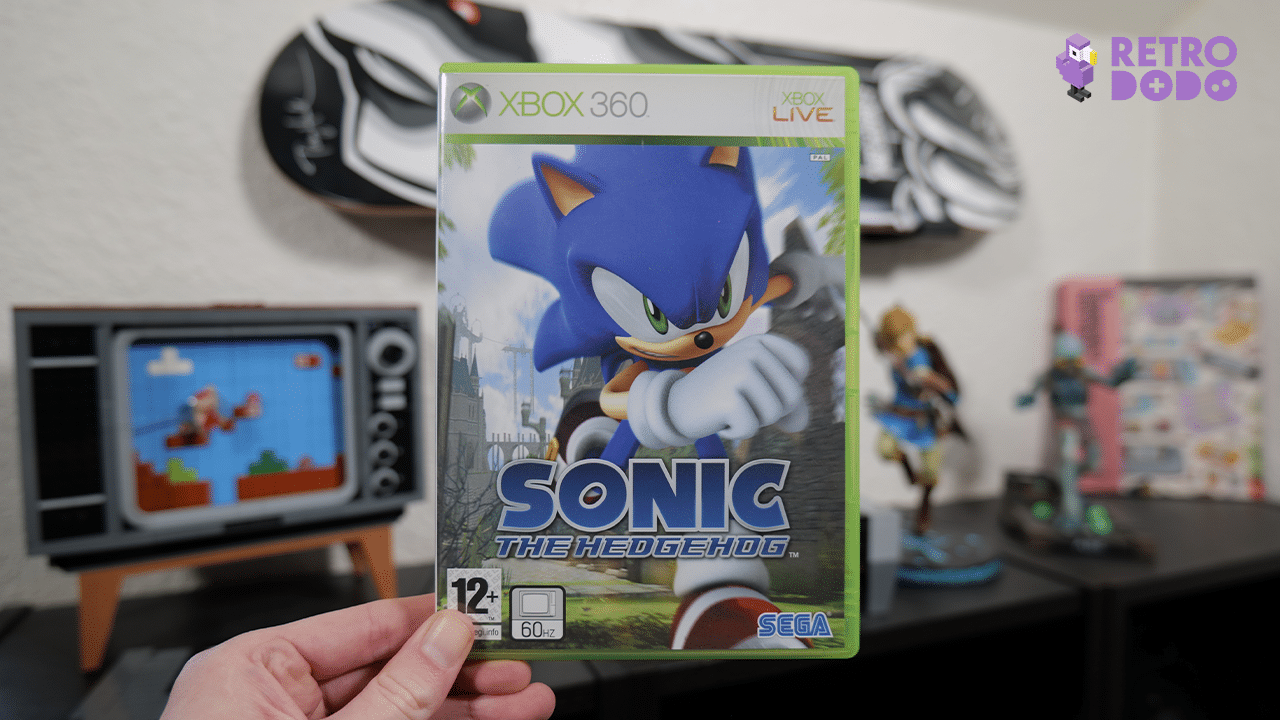
2006’s Sonic The Hedgehog, hereafter rereferred to as Sonic ’06, was Sonic Team’s attempt to bring the titular ‘hog to the then new, PlayStation 3 and Xbox 360.
The proposed reboot of the franchise would coincide with Sonic’s 15th anniversary and take advantage of the Havok physics engine for a more realistic momentum system and destructible environments.
Sonic ’06 ushered in the taller modern Sonic for the first time and transformed Robotnik into a more human, less egg-shaped figure. The development team pushed the looks of the series forward but looked to the past for inspiration for the level design, with the multiple paths of the original Mega Drive games being a clear influence for Sonic ’06.
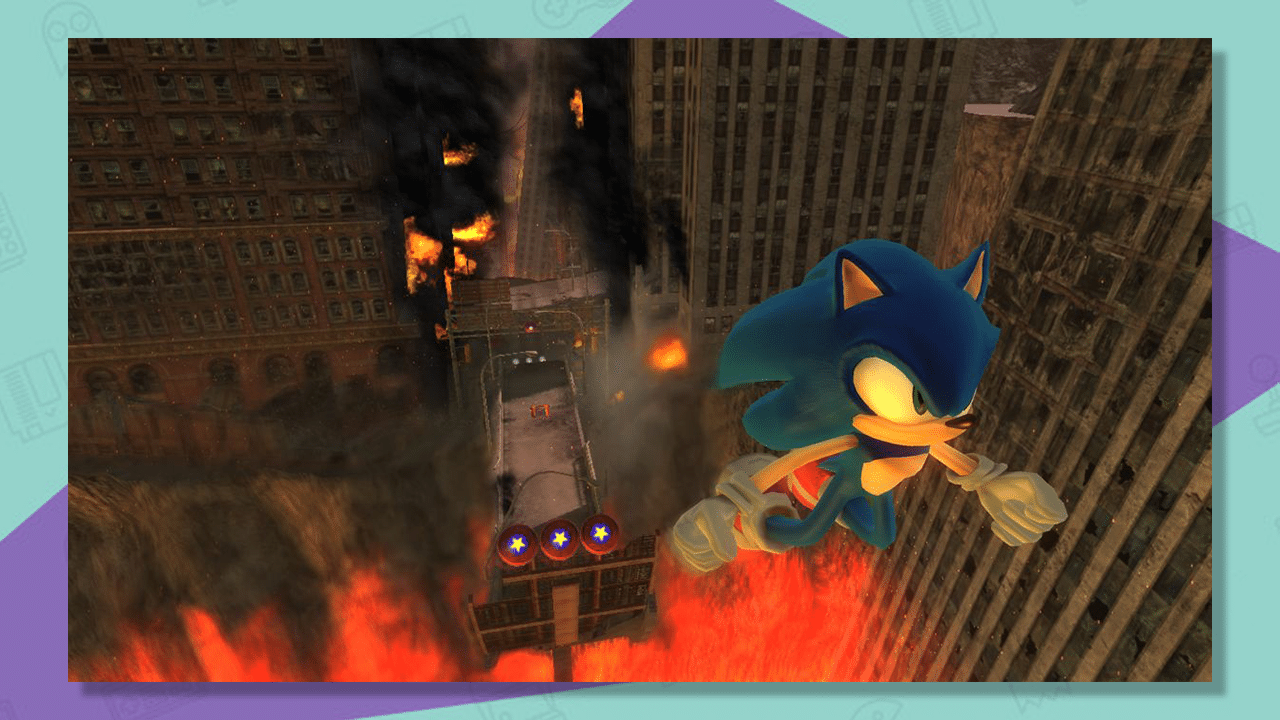
It all sounds good in principle but the departure of series co-creator during the development of Sonic ’06 seemingly doomed the project.
Sonic ’06 is a mess of poor design decisions. The branching paths throughout each level makes following the action almost impossible with a camera that can’t keep up with Sonic, Shadow or newcomer Silver The Hedgehog.
There’s also the ill-conceived romance between Sonic and the human Princess Elise that raises plenty of eyebrows and will leave long-time fans begging for Sonic to focus his attention on Amy Rose instead.
36. Sonic Boom: Rise Of Lyric (2014)
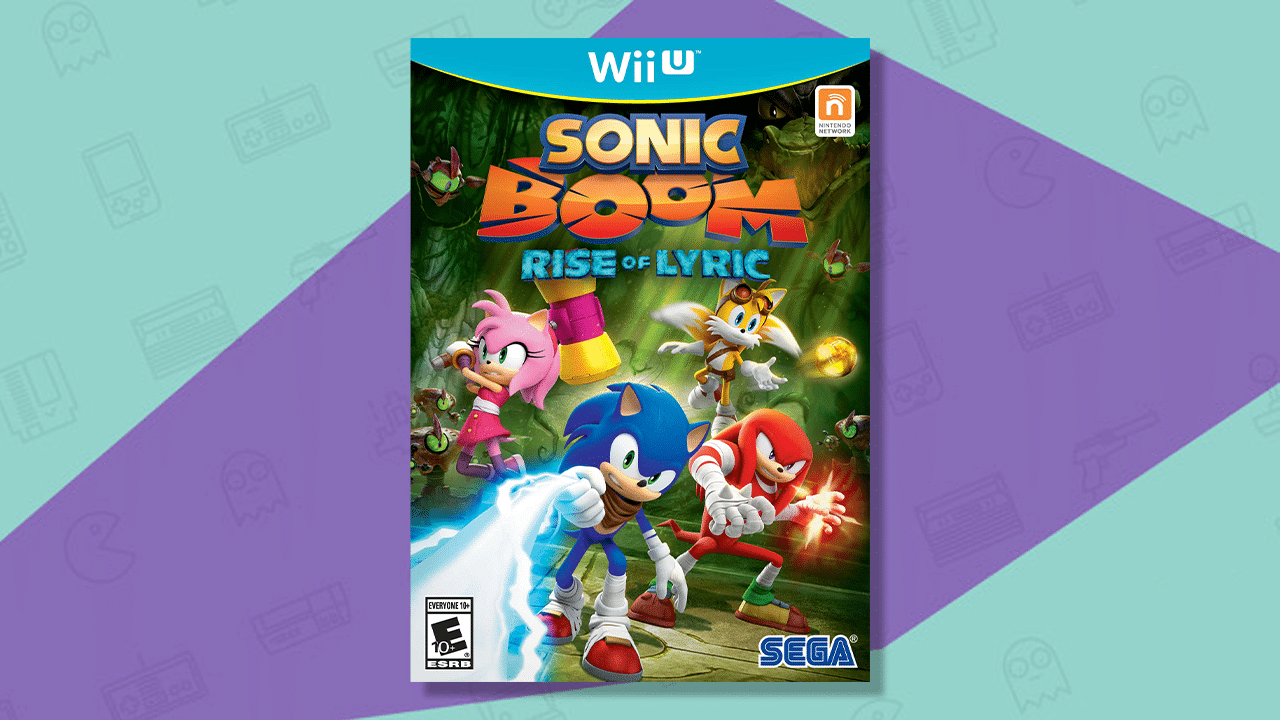
The ‘Sanic Hegehog’ of the mainline series, Sonic Boom: Rise Of Lyric saw Sonic, Tails, Knuckles and Amy working together to prevent Lyric, an ancient snake, from using the Chaos Crystals to power a robot army.
Rise Of Lyric features plenty of combat and exploration and saw Sonic and co. in their bandages and bandana threads as the quartet wear in the tie-in Sonic Boom TV show.
Sonic’s 3D adventures have often felt less than polished, with a certain amount of jankiness almost expected at this point, but Sonic Boom: Rise Of Lyric took these issues to a new level.
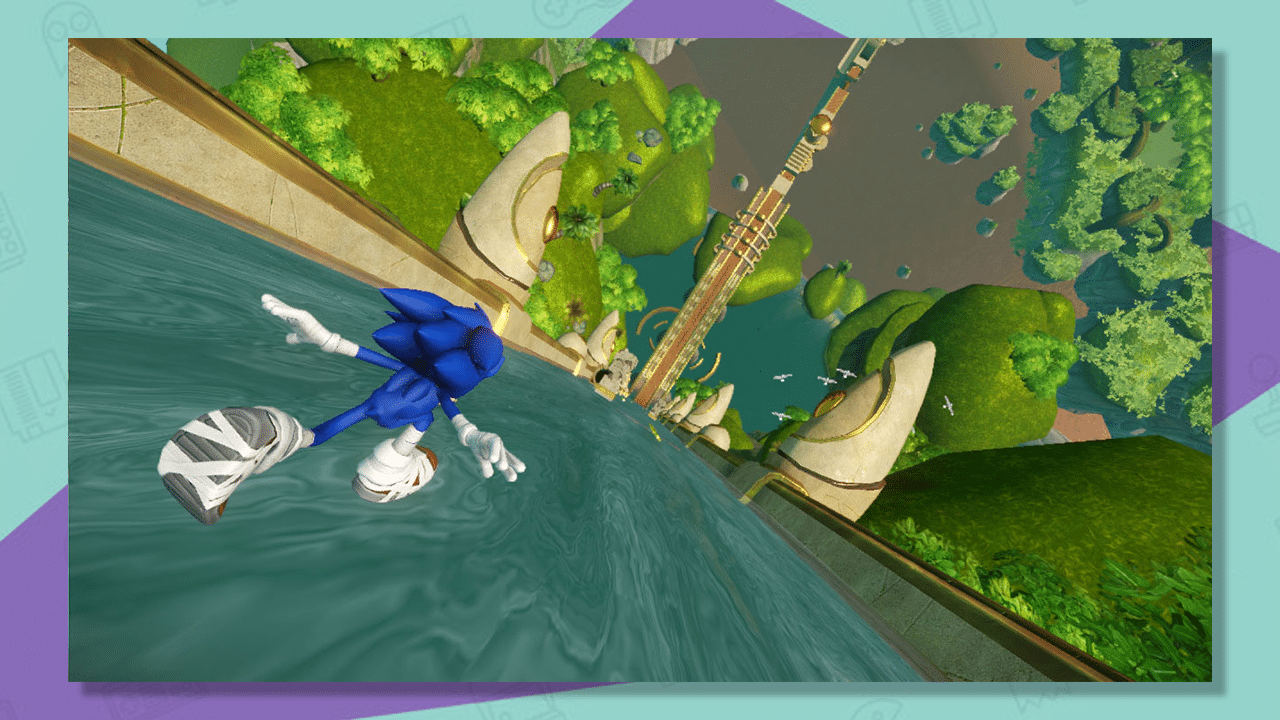
Rise Of Lyric is riddled with technical issues from the start. The sound effects, when they work, are so irritatingly repetitive you’ll be hearing them constantly even after switching the game off. Levels are broken to the point that speedrunners have found numerous ways to exploit simple mechanics to skip through the game in around half an hour.
We’re not the only ones that failed to enjoy Sonic Boom: Rise Of Lyric. The Wii-U exclusive is currently the worst reviewed game on Metacritic with a less than stellar rating of just 32/100.
The 3DS port, Shattered Crystal, fared only slightly better but no amount of bandages could nurse Rise Of Lyric back to full health.


